Cley
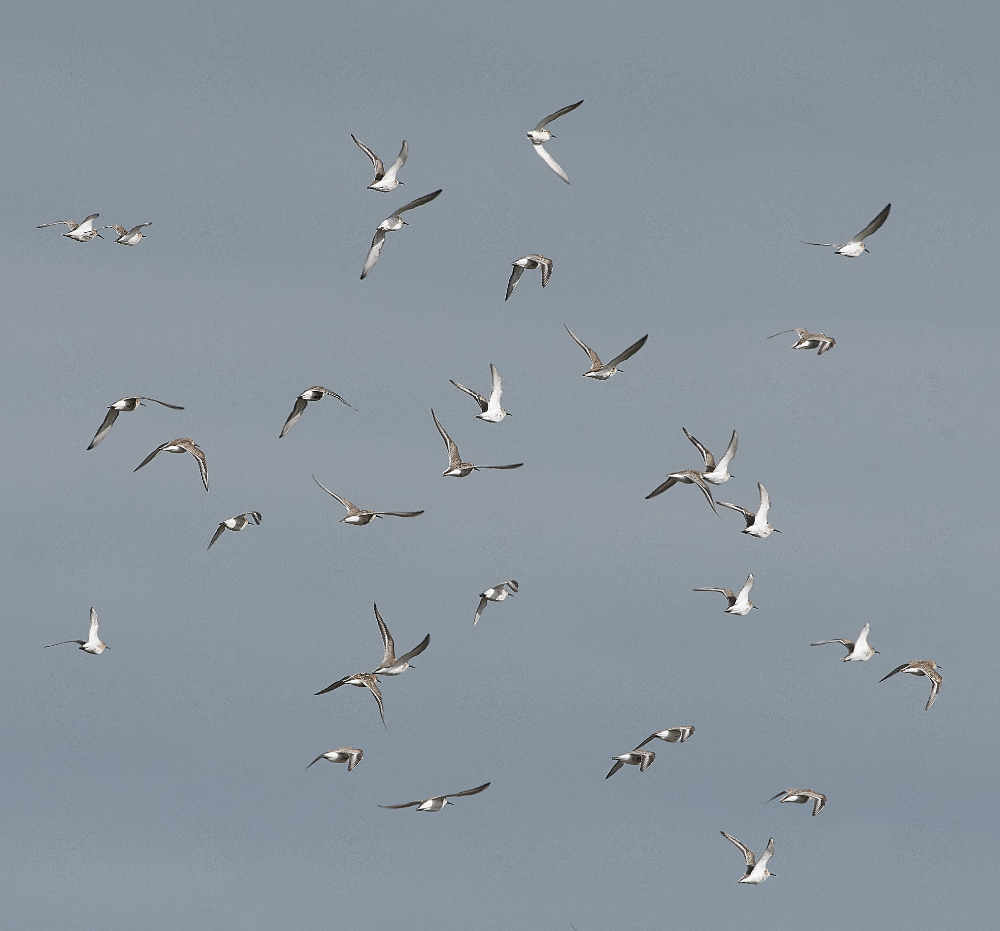
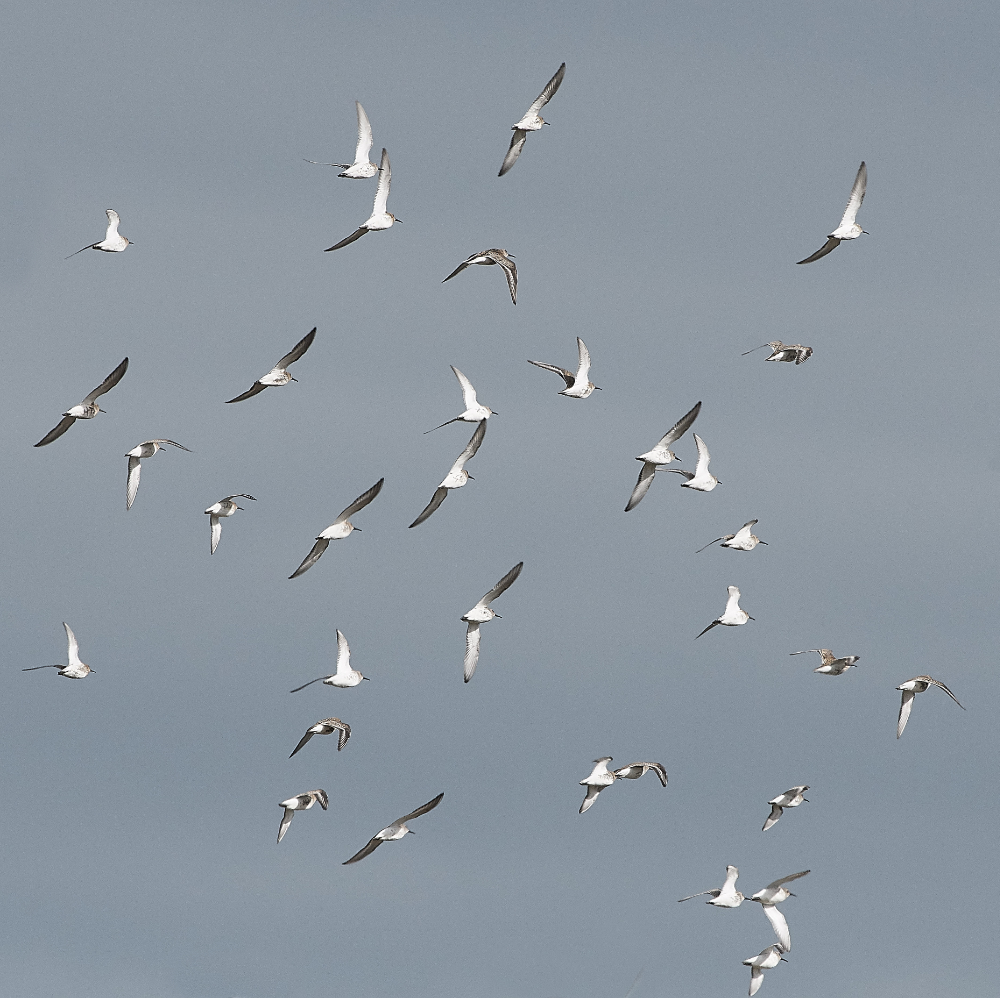
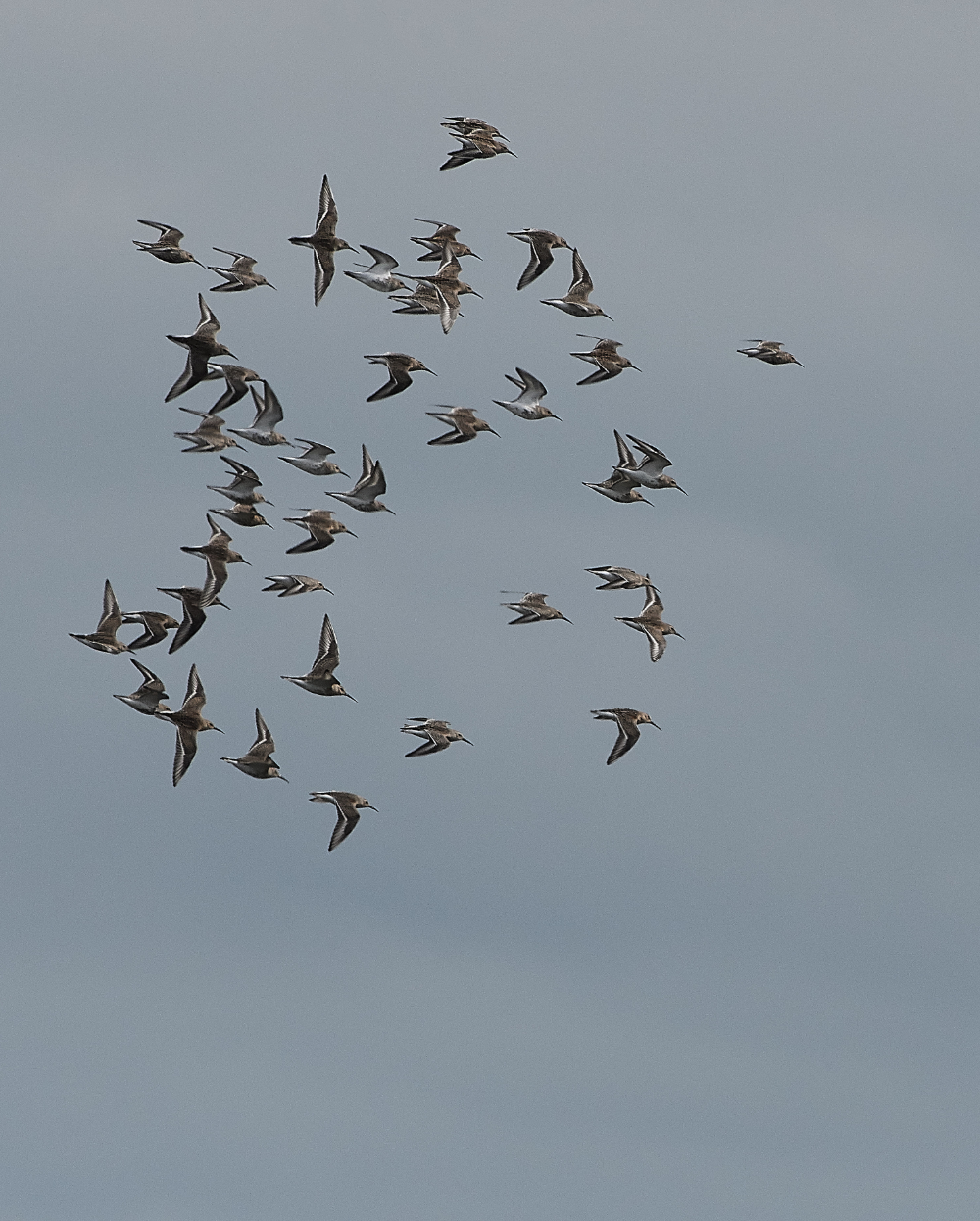
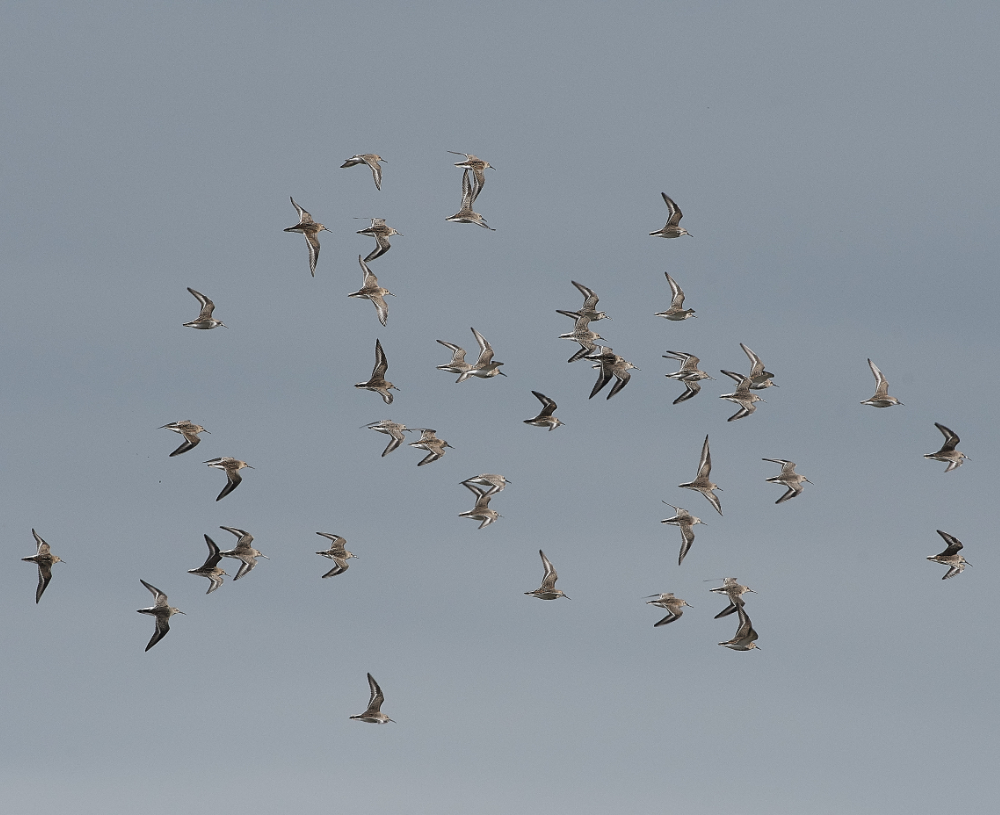
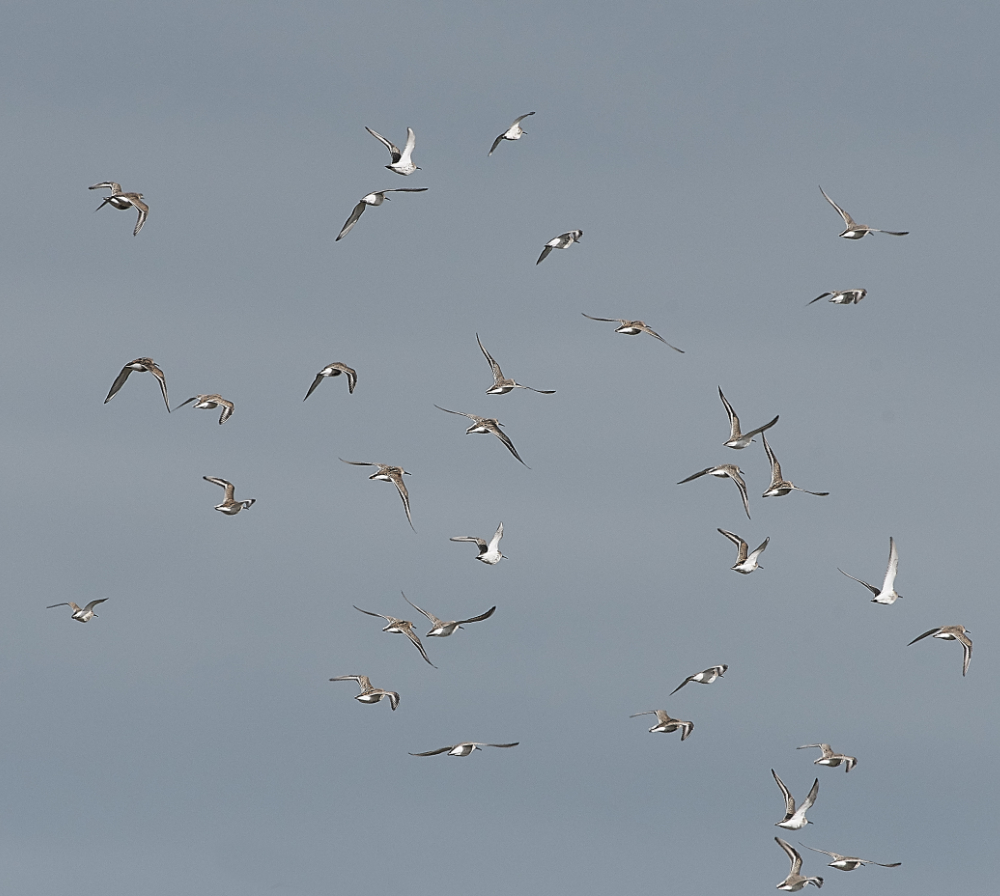
Dunlin (Calidris alpina)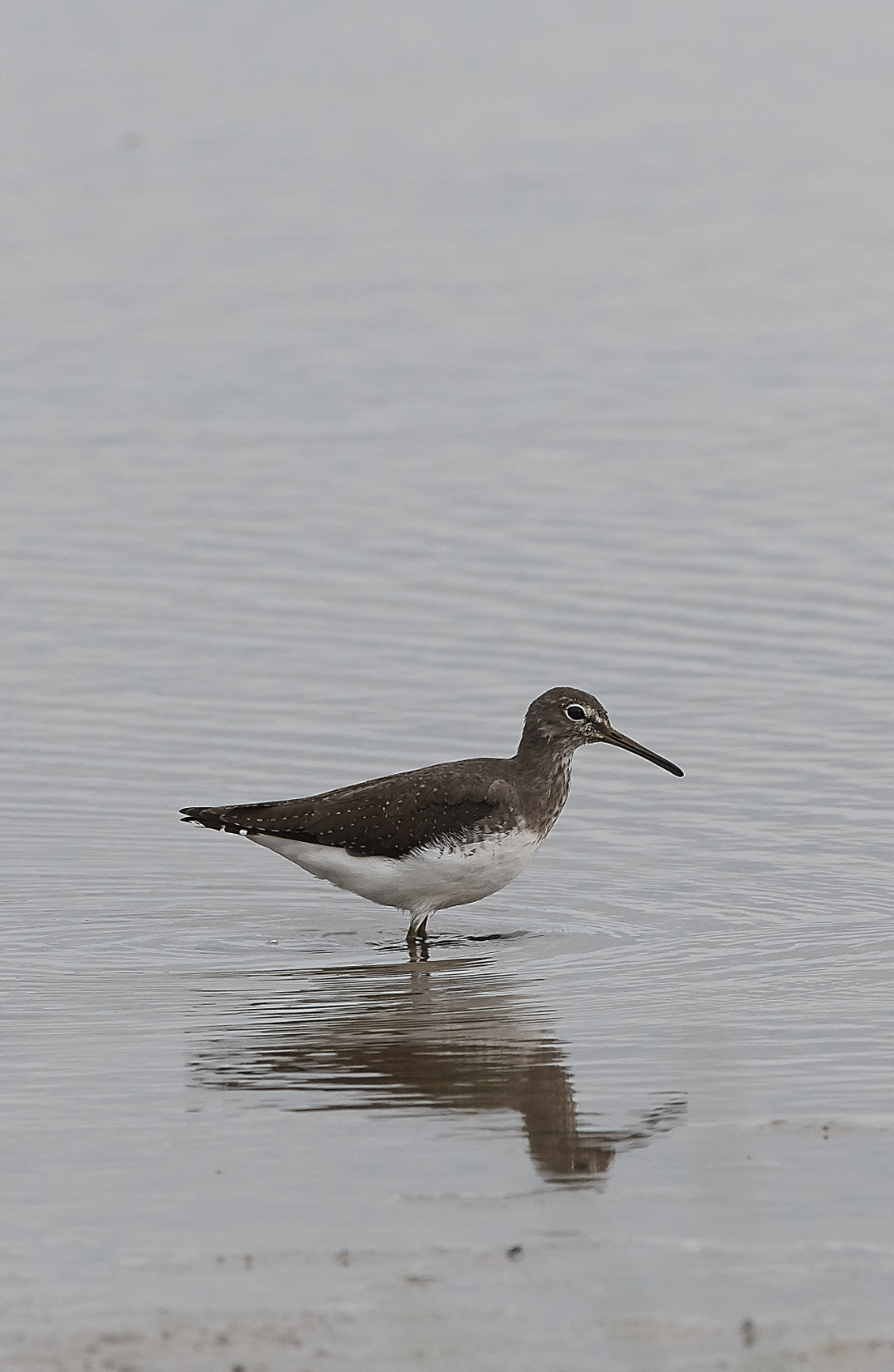
Green Sandpiper (Tringa ochropus)
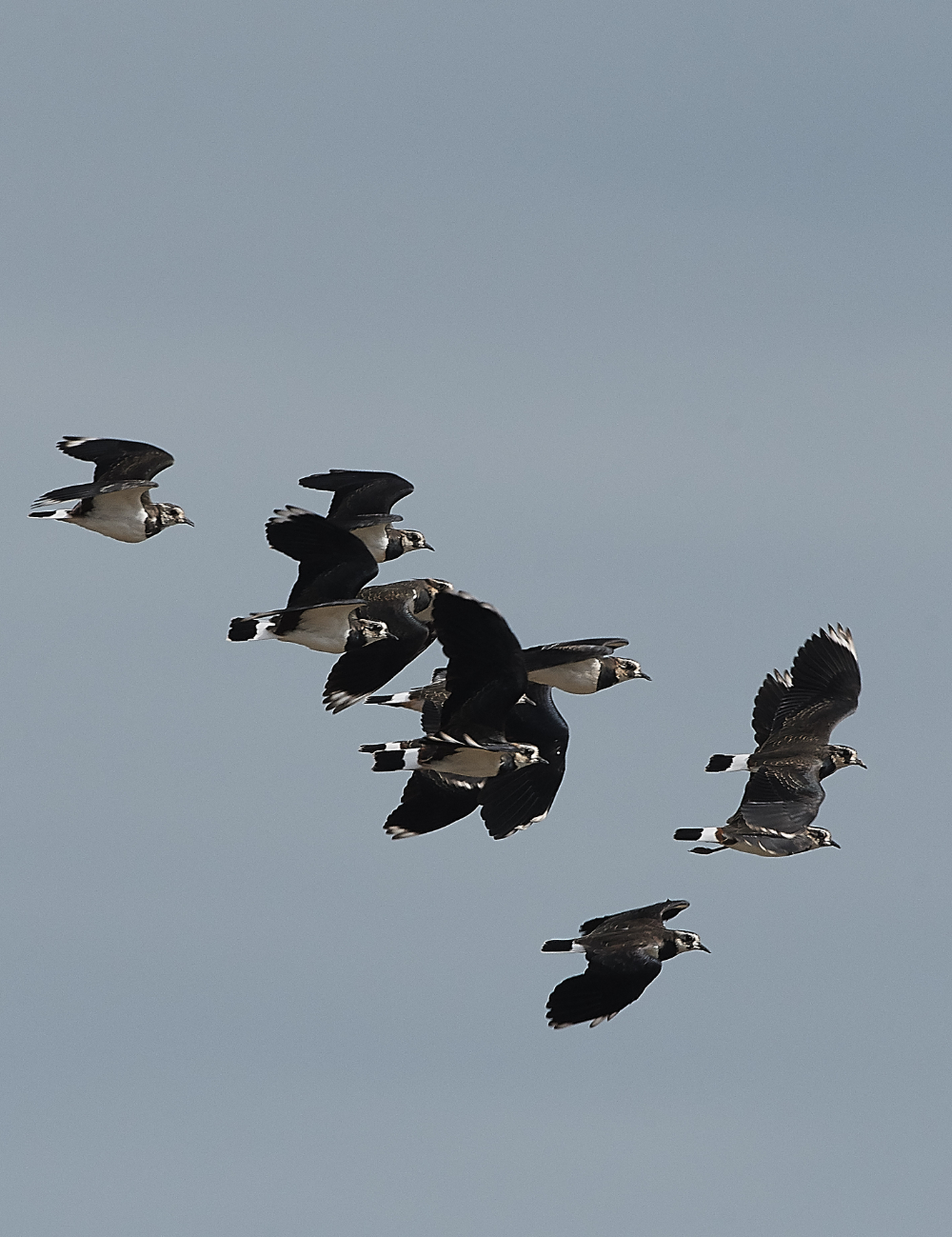

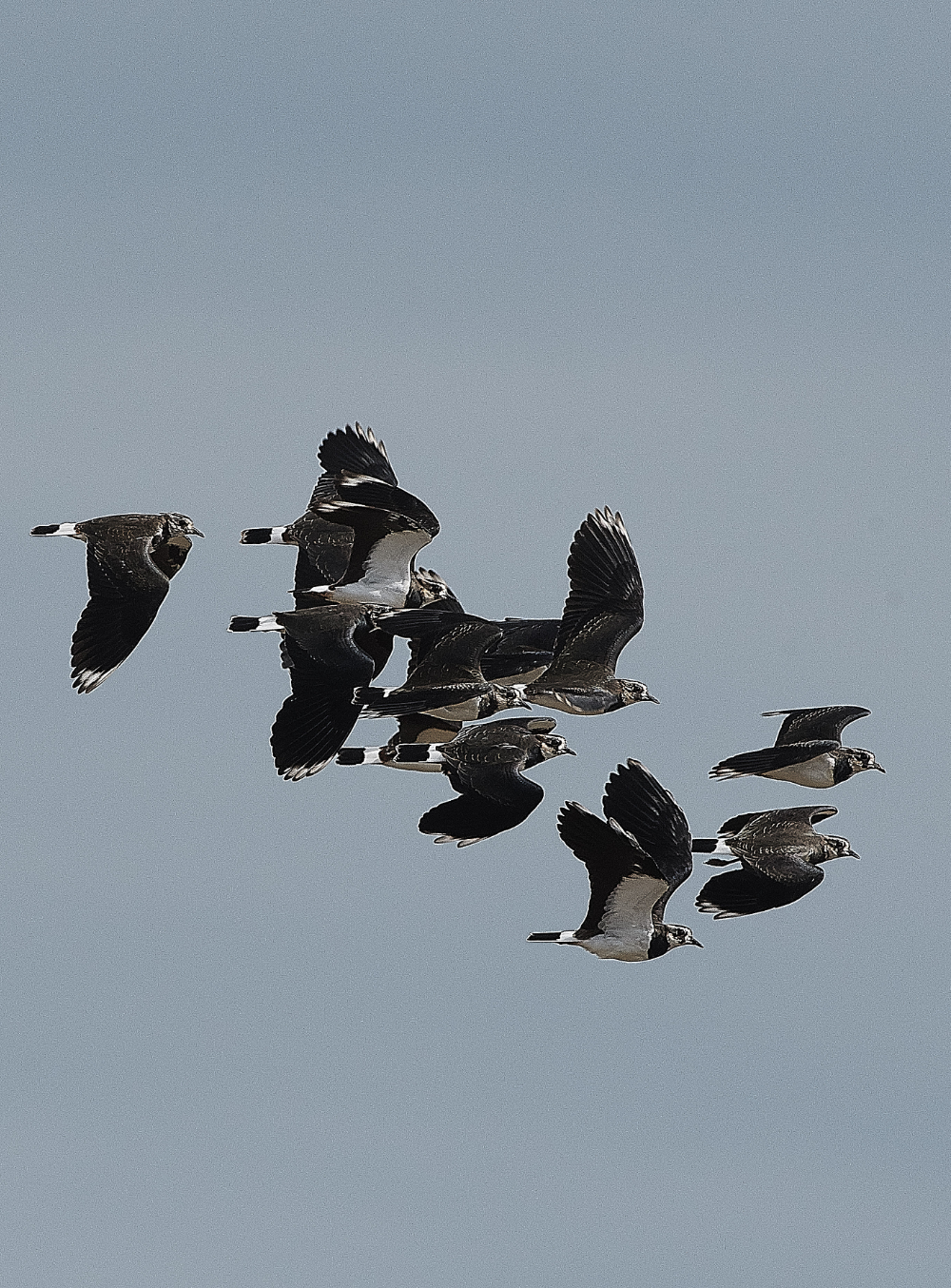
Lapwing (Vanellus vanellus)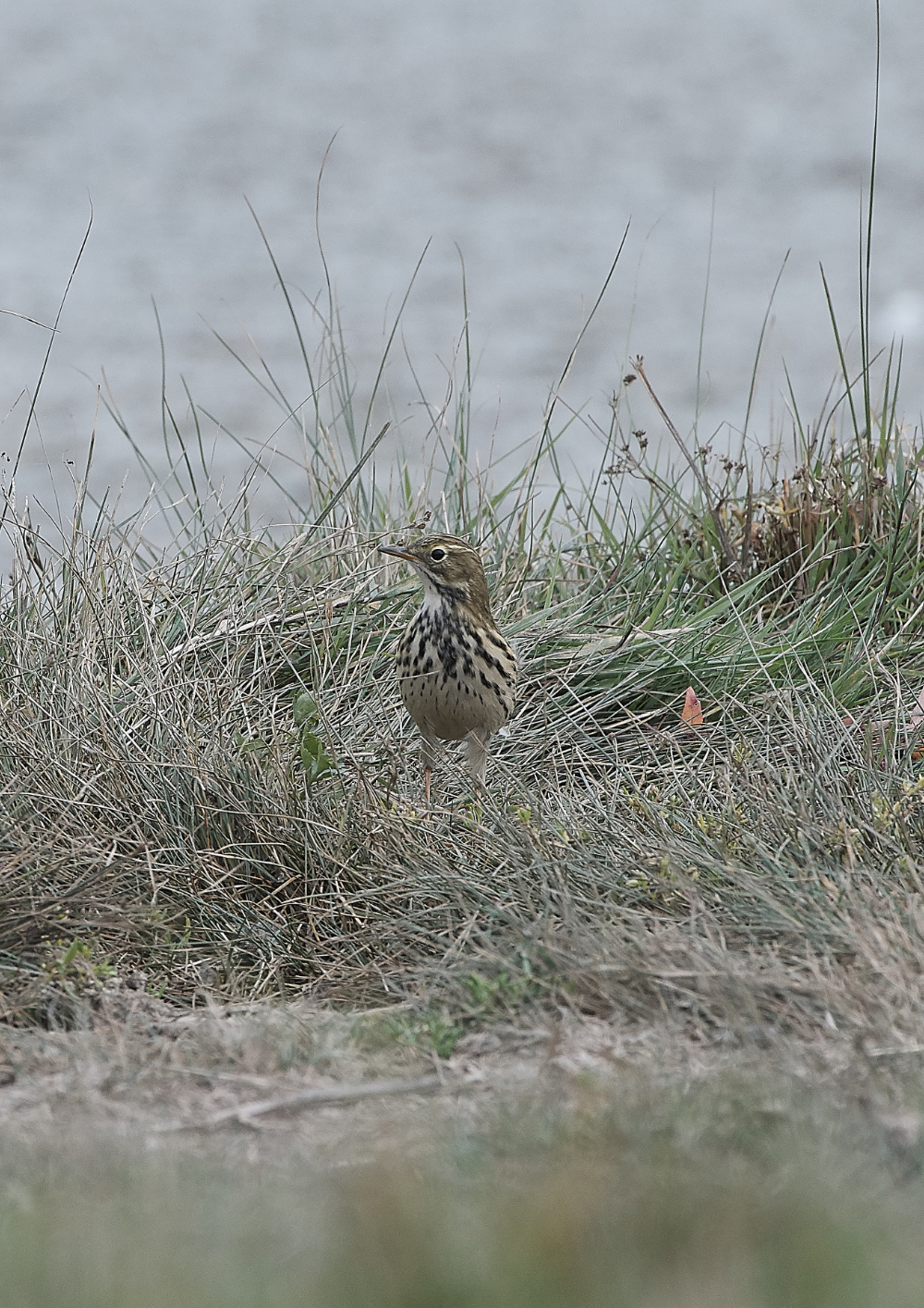
Meadow Pipit (Anthus pratensis)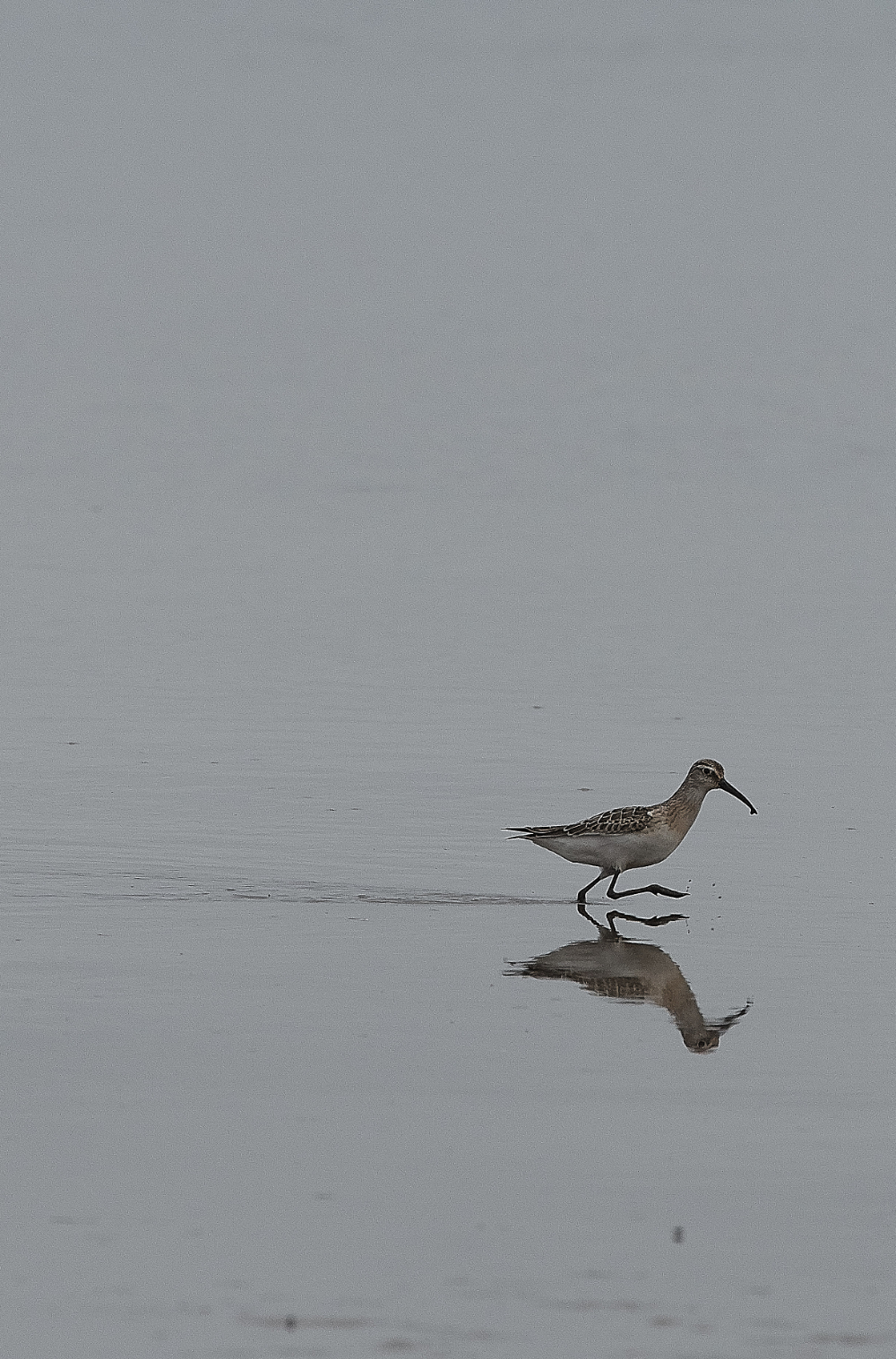
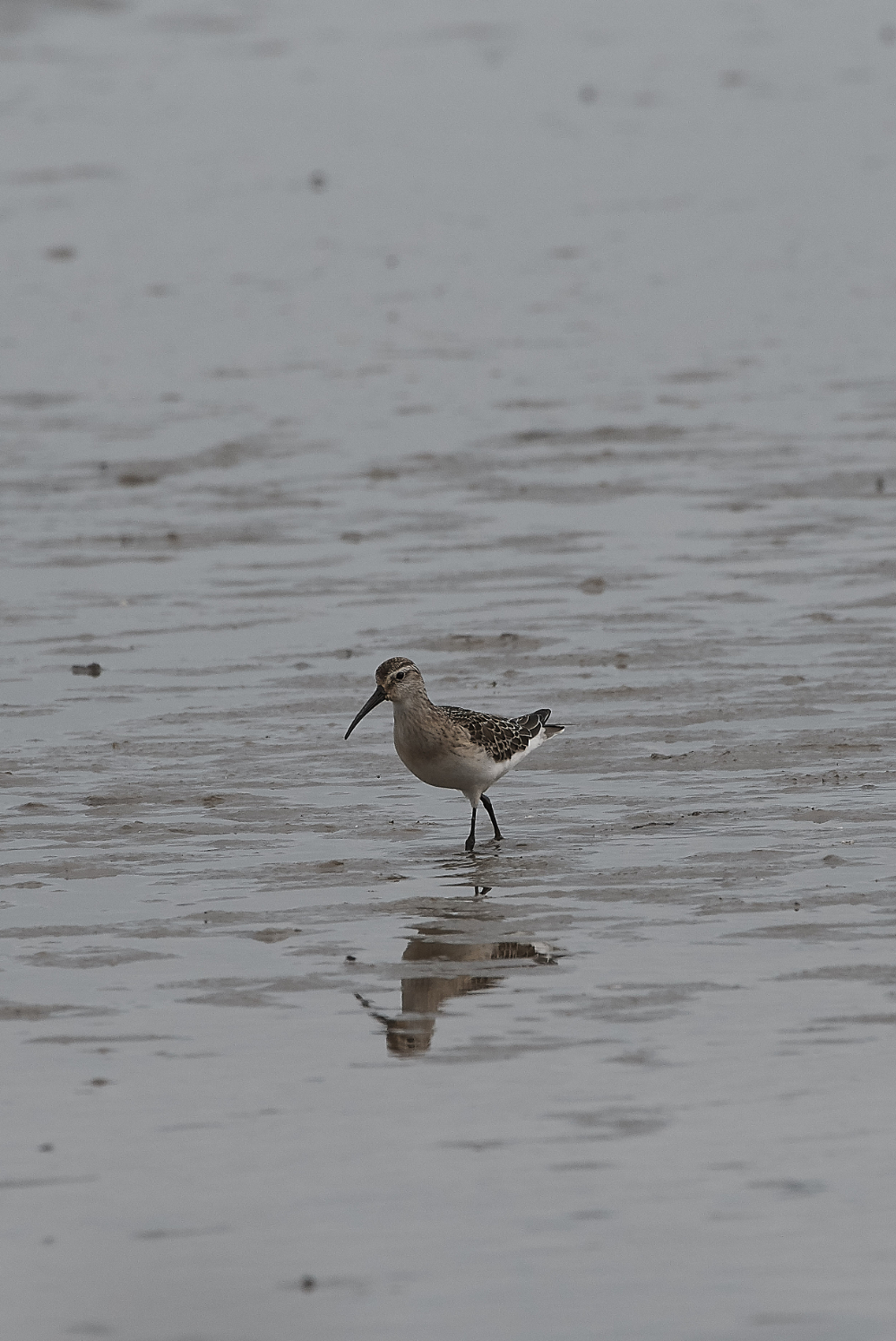
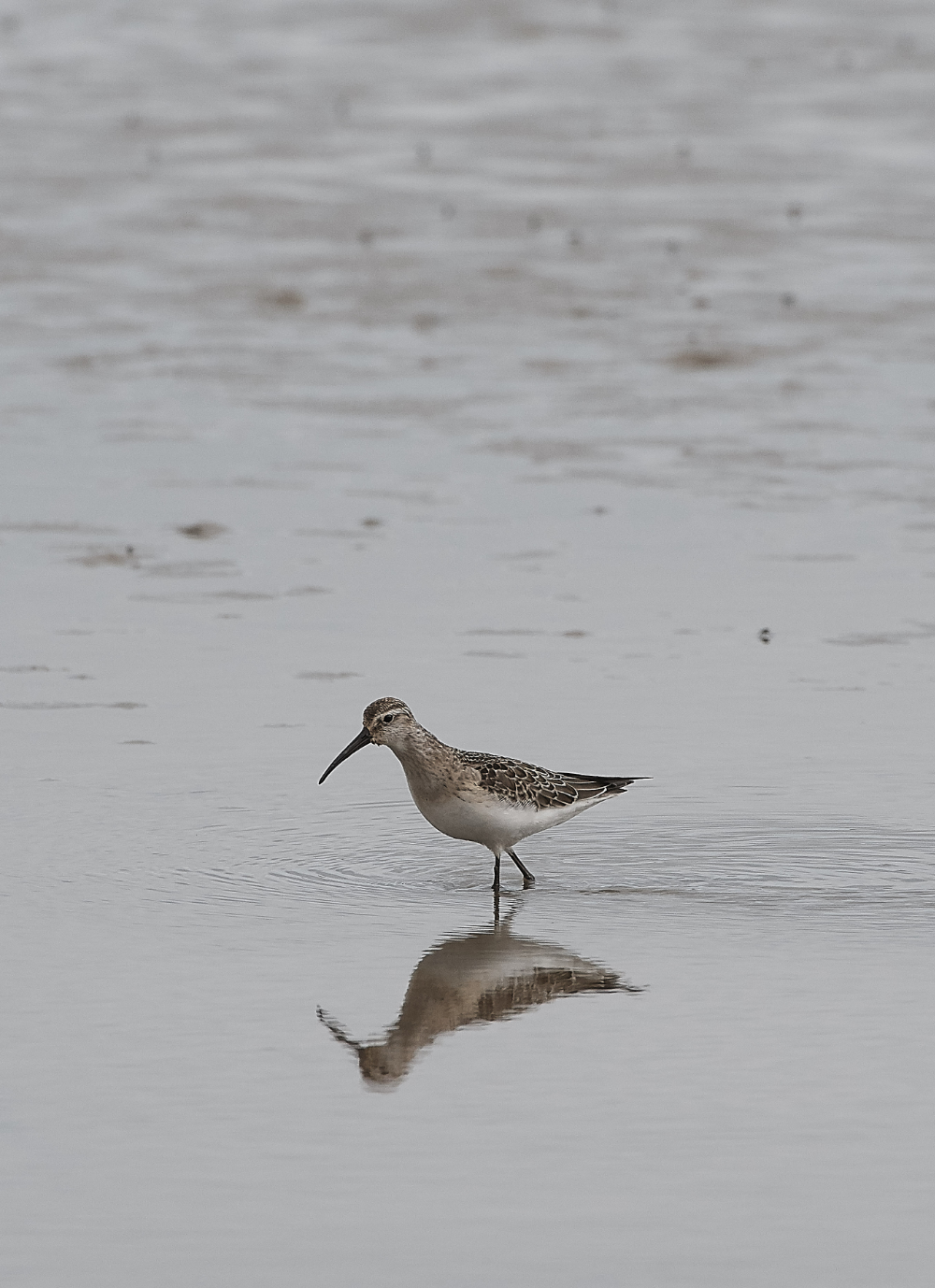
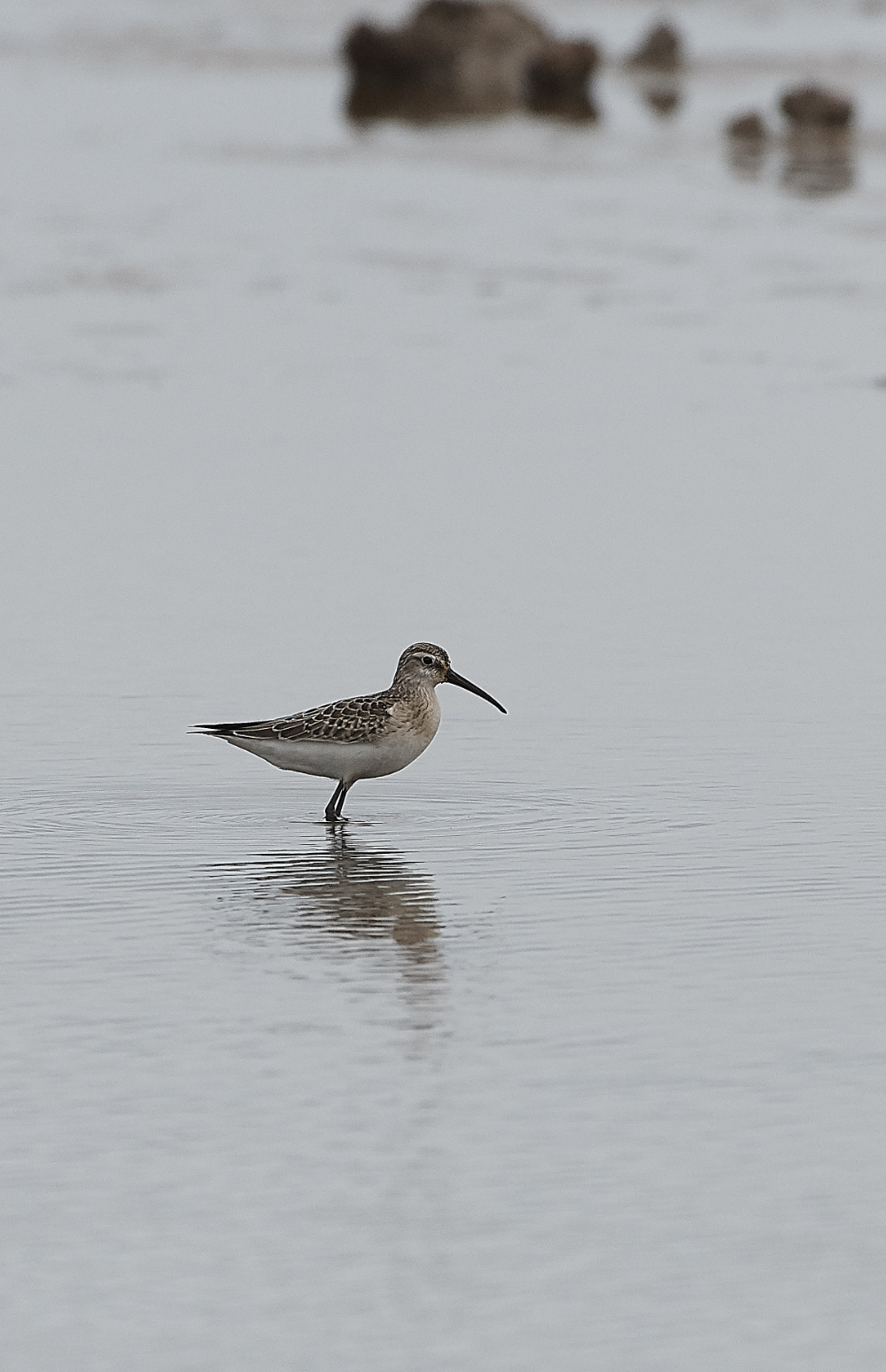

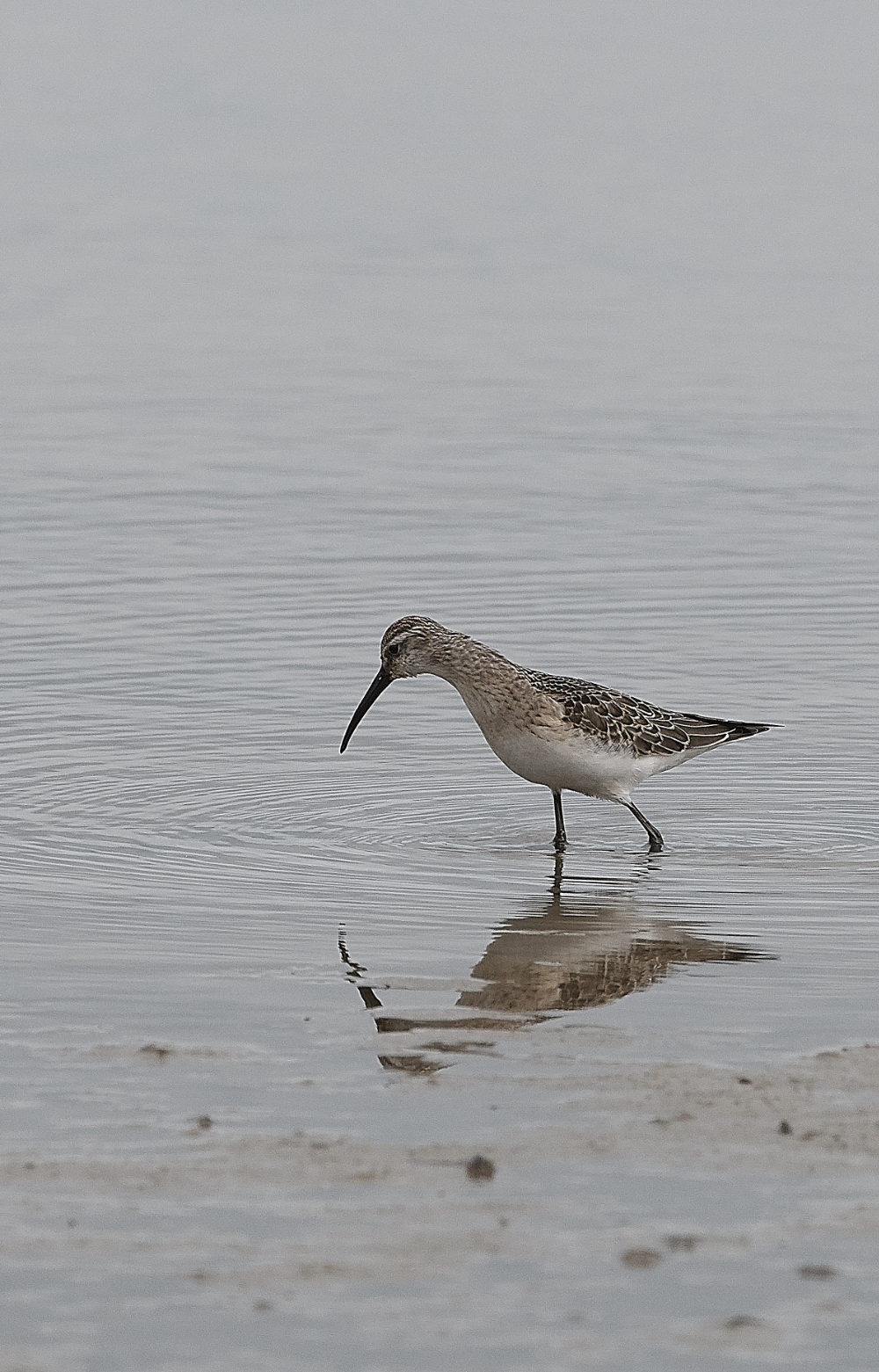
Curlew Sandpiper (Calidris ferruginea)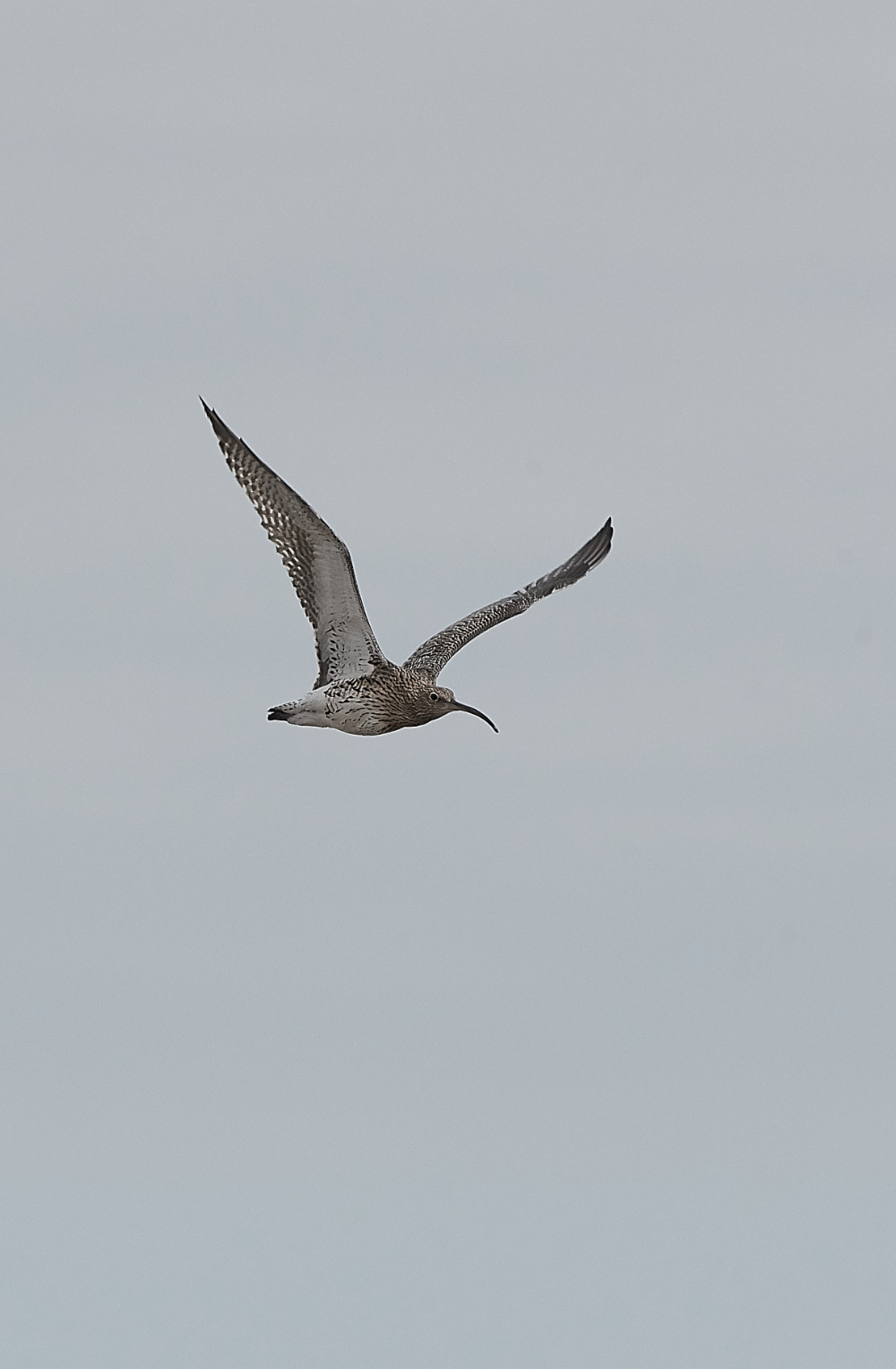
Curlew (Numenius arquata)
Hobby, Spotted Redshank (Juv), Buzzard, Marsh Harrier, 6 Bar Tailed Godwit
and
in the hedge
at the side of Anterton Hill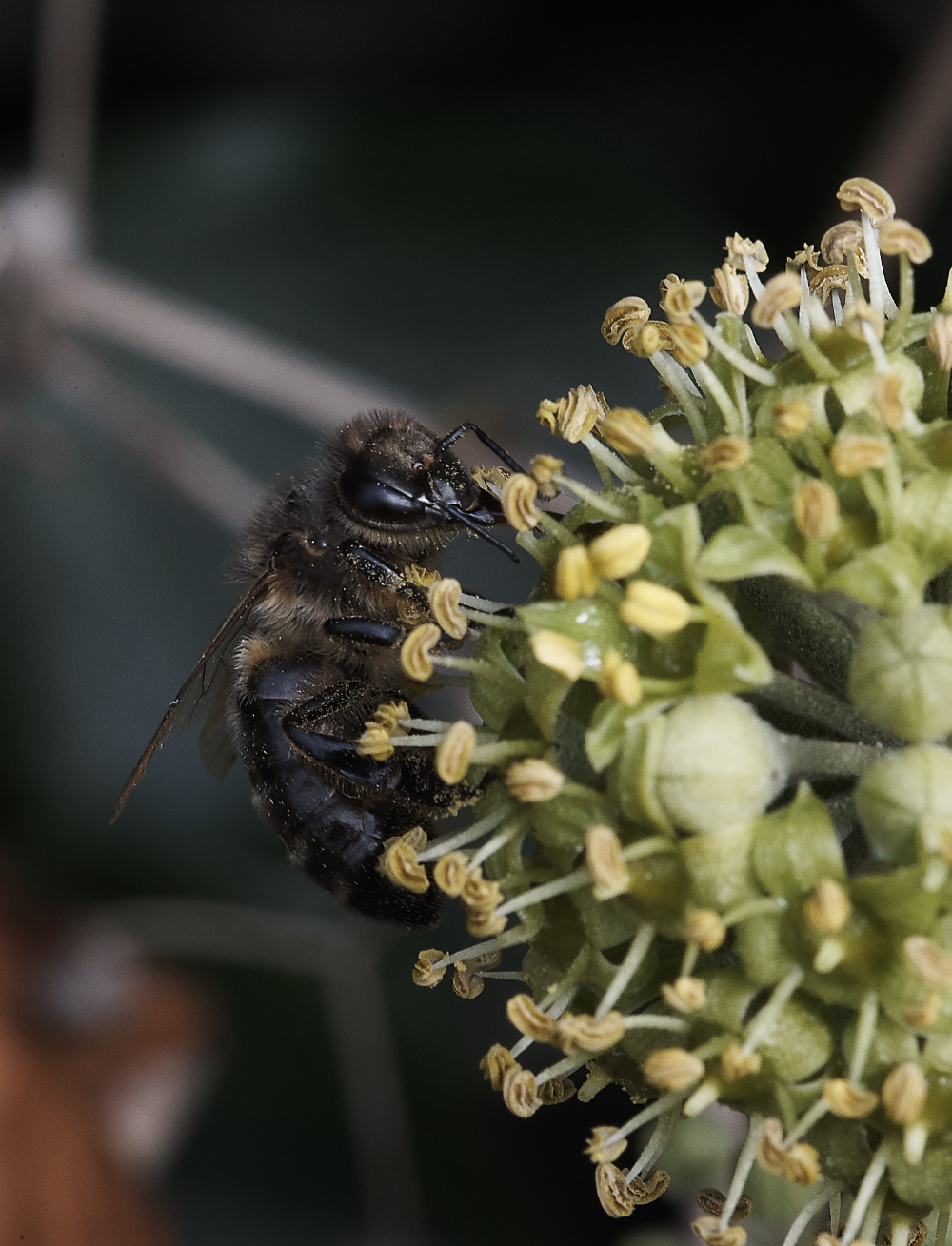
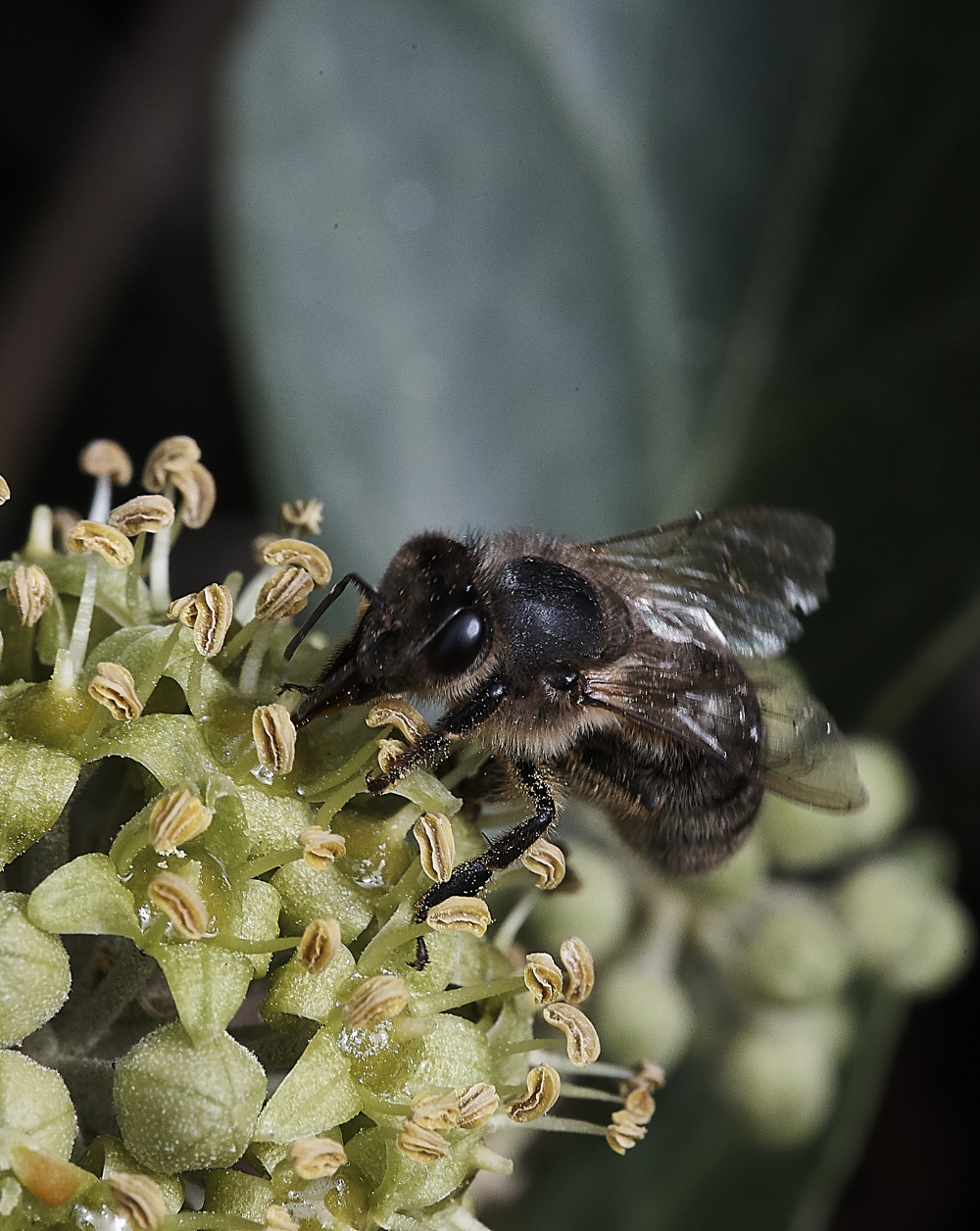
Bee Sp?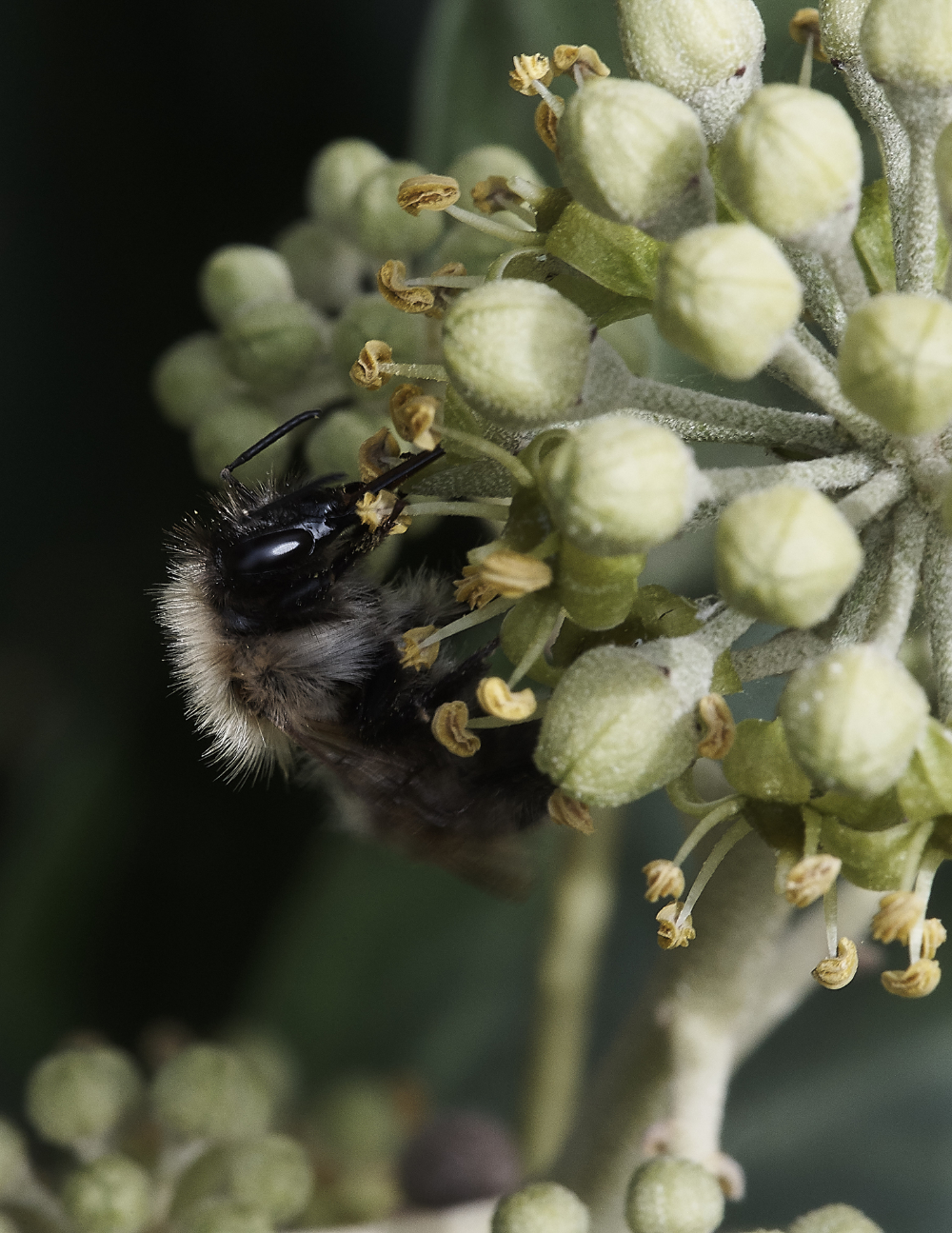
Bee Sp ?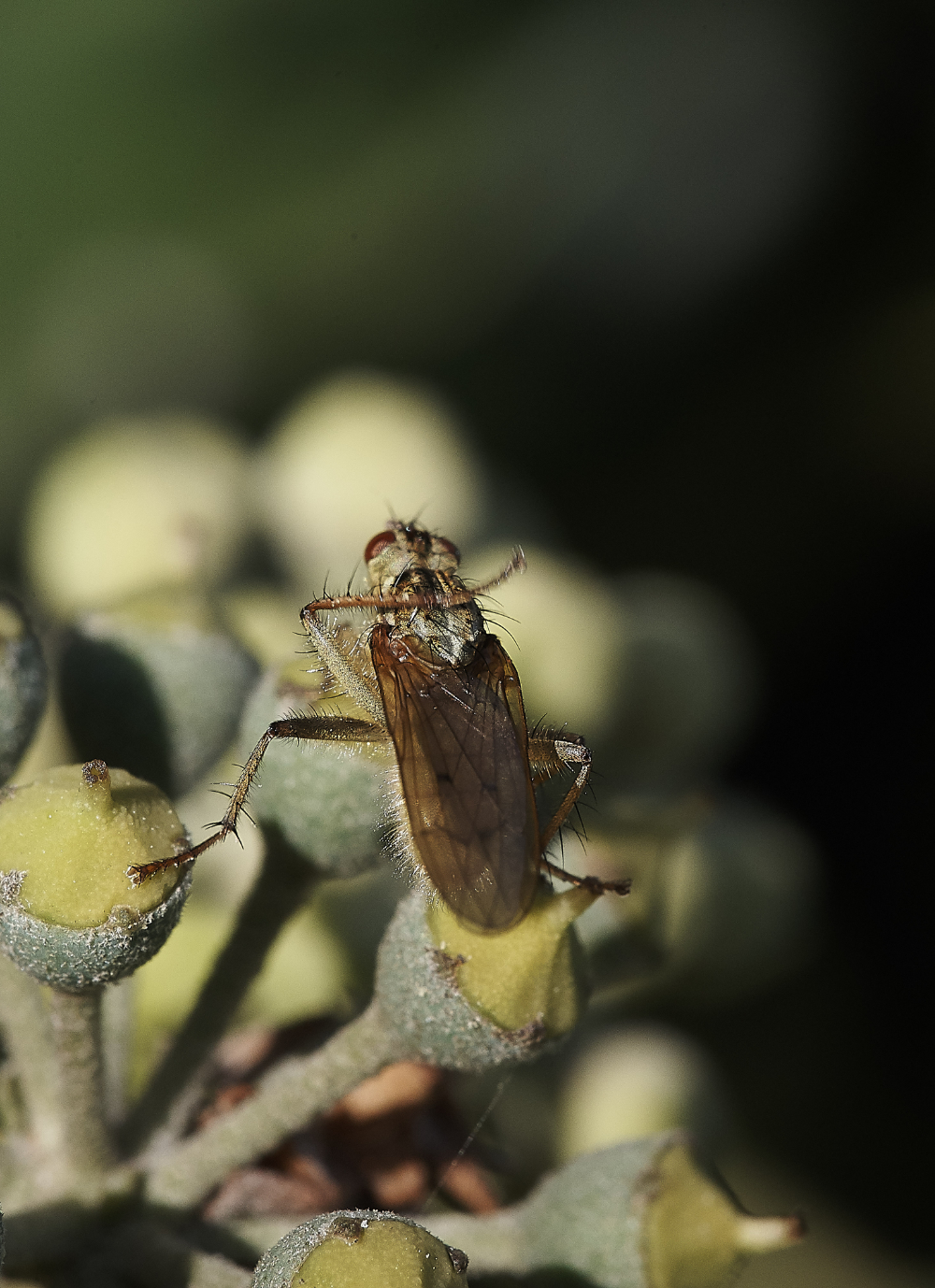
Fly Sp
Don't you just love the way they can scratch their backs?
Fly Sp (Tachaena ?)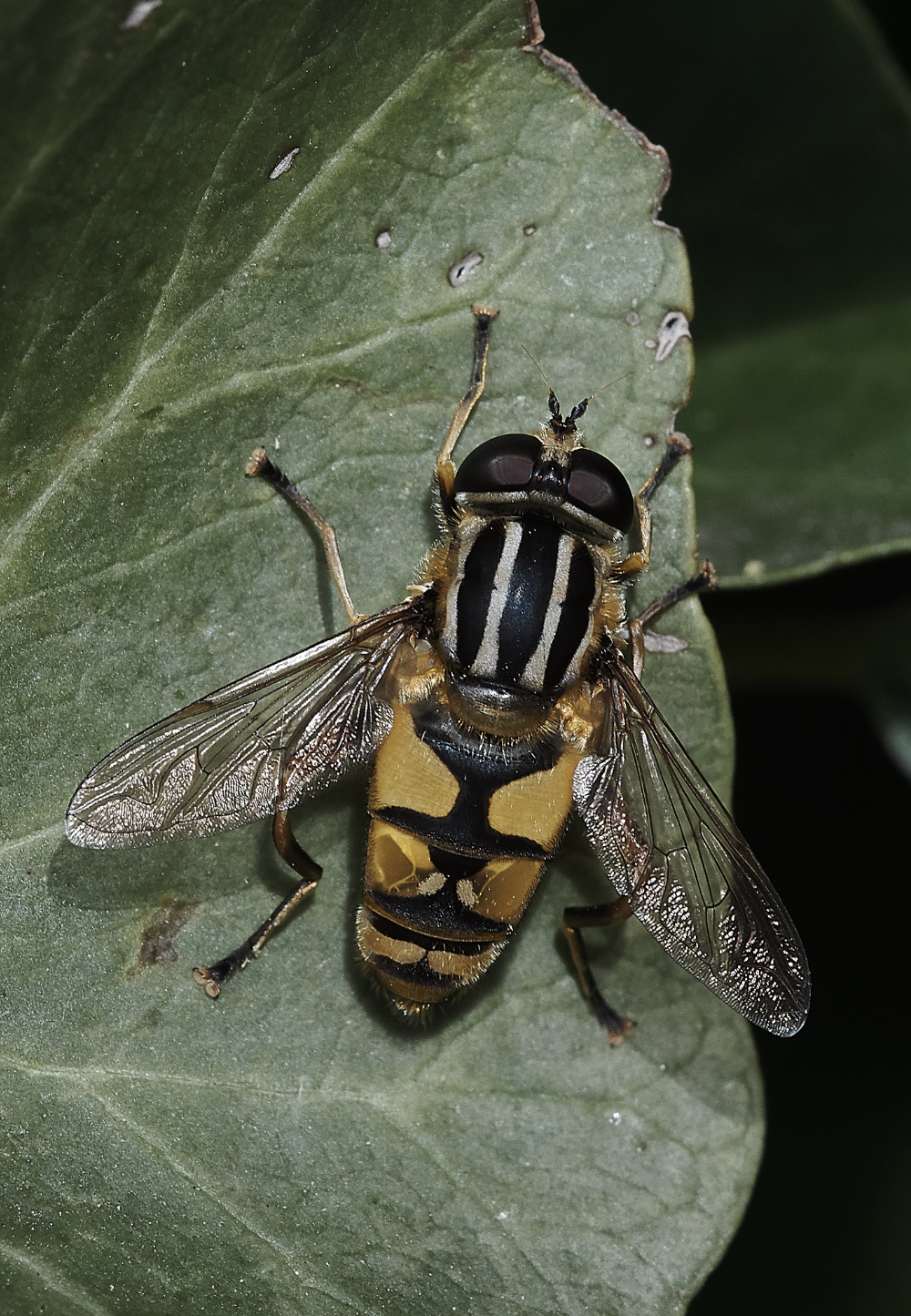
Helophilus pendulus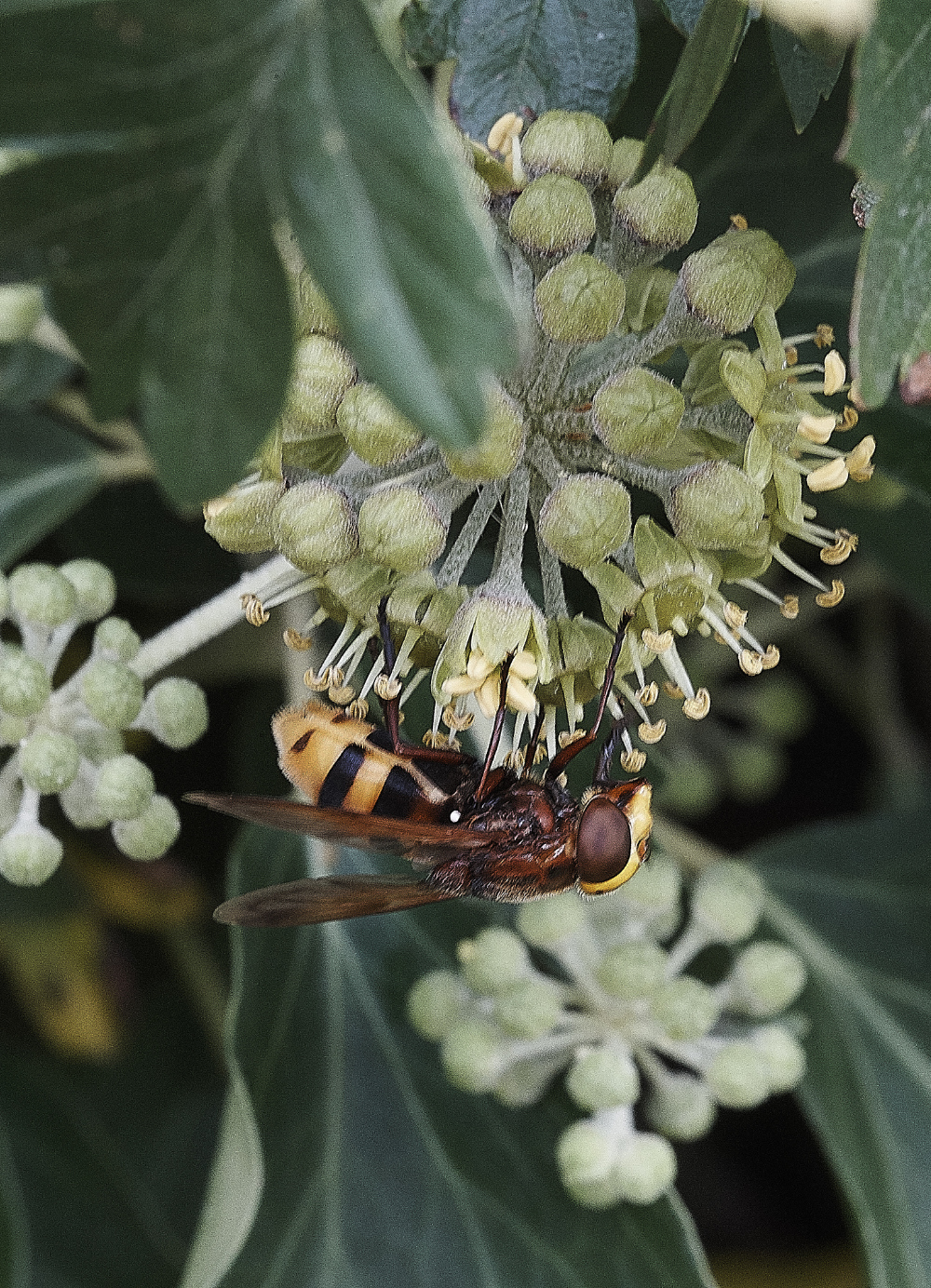
Hornet Hoverfly (Volucella zonaria)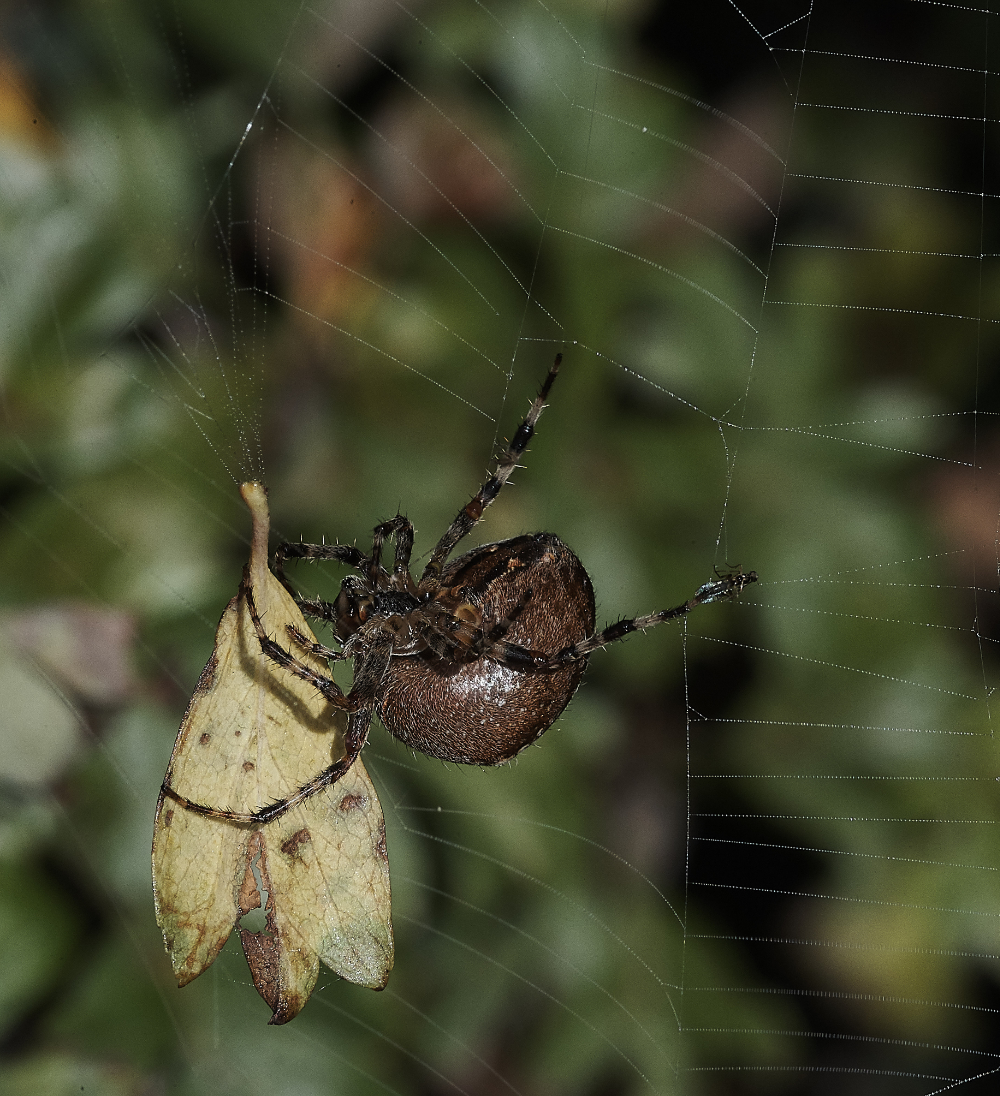
Spider Sp ?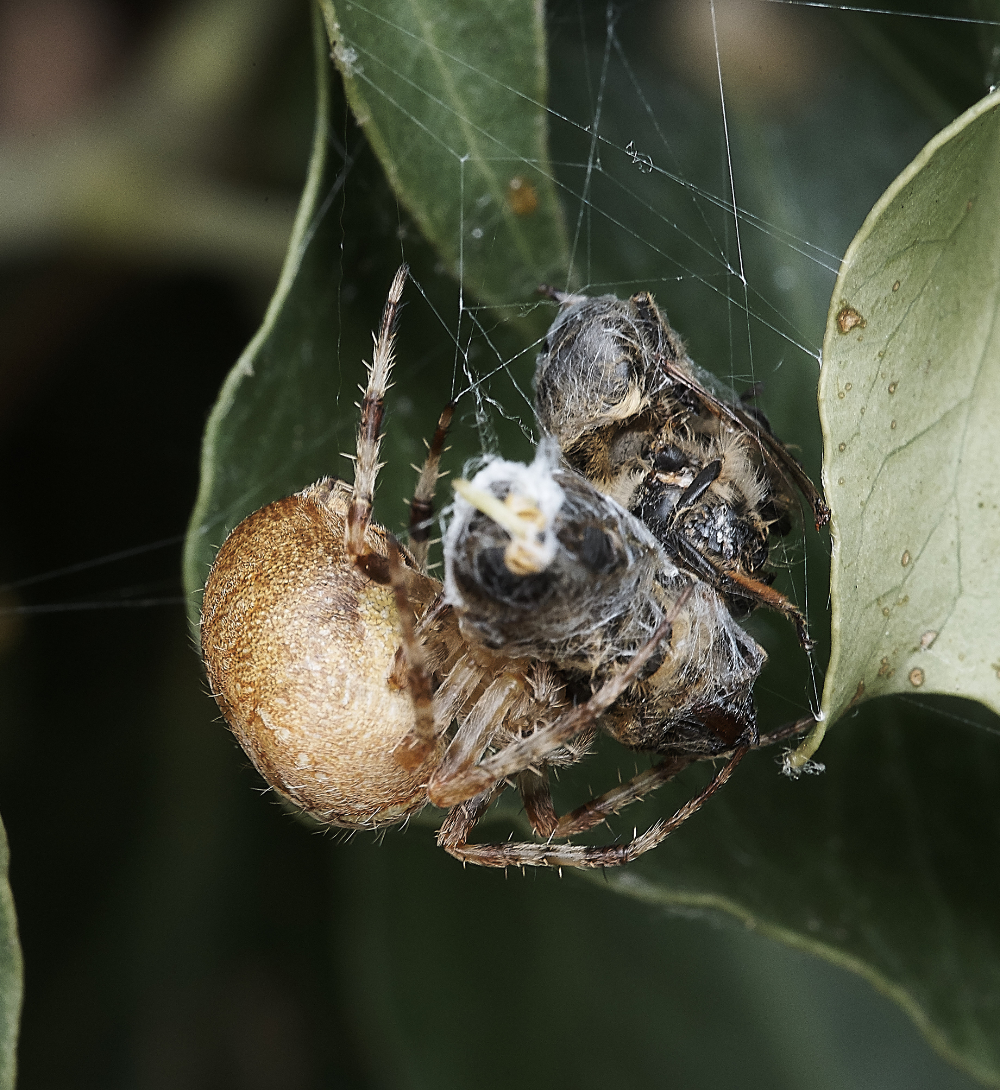
Spider Sp ?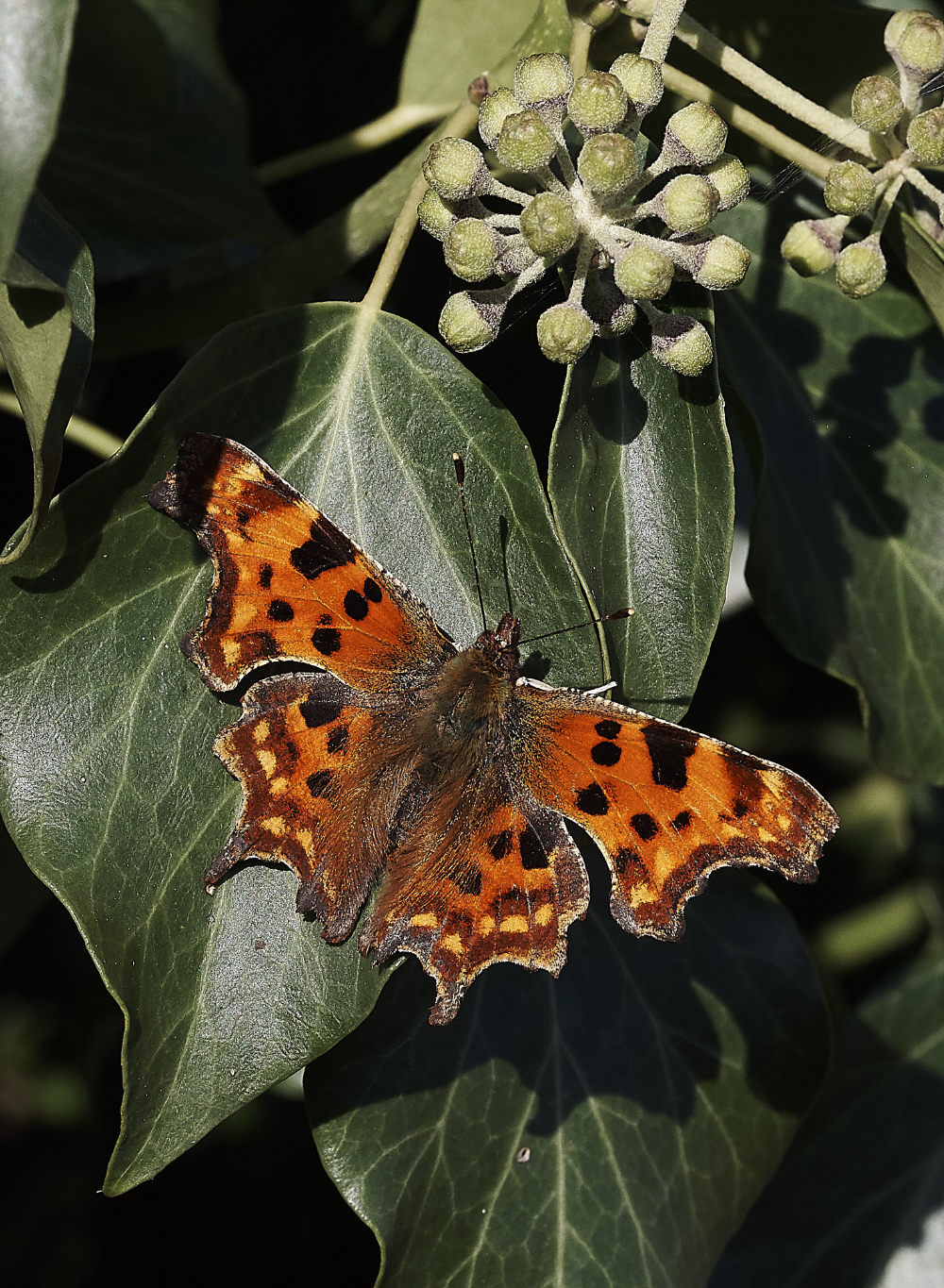
Comma (Polygonia c-album)
Gramborough Hill
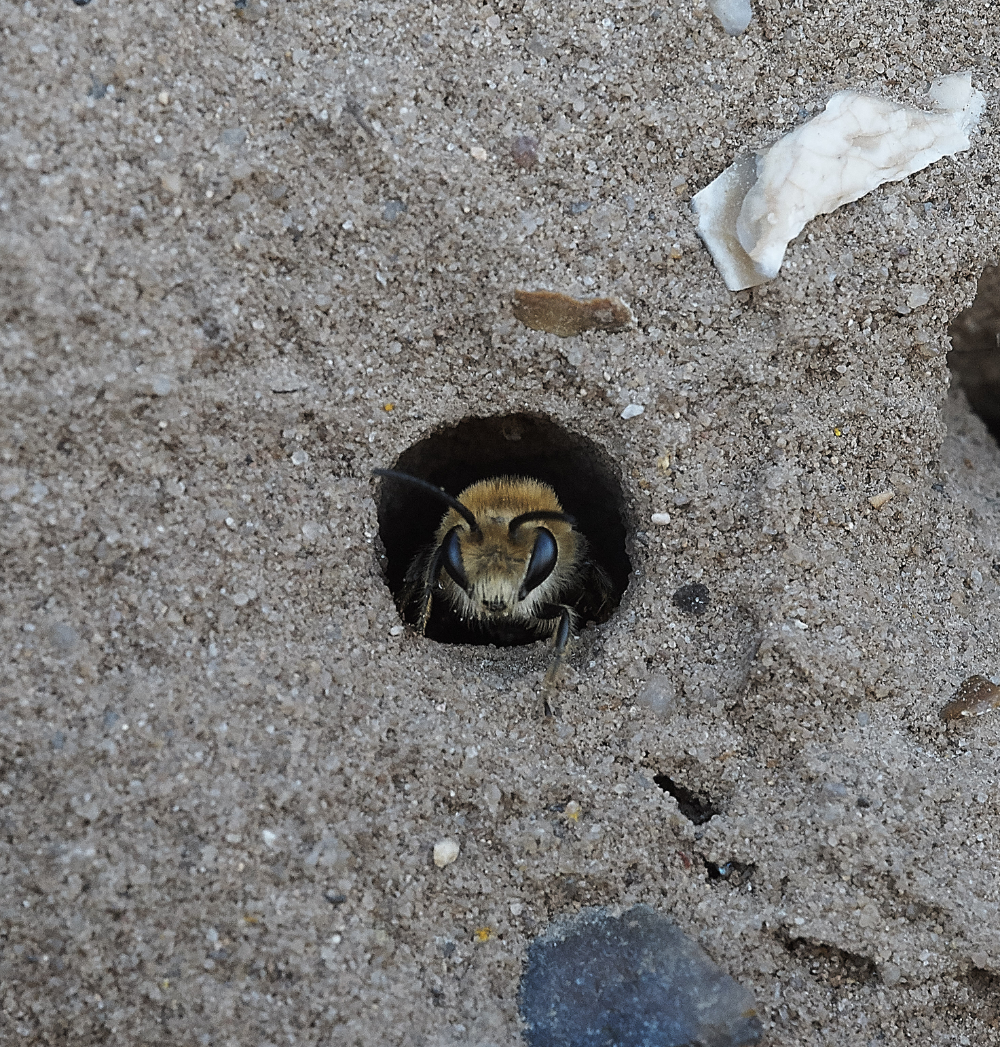
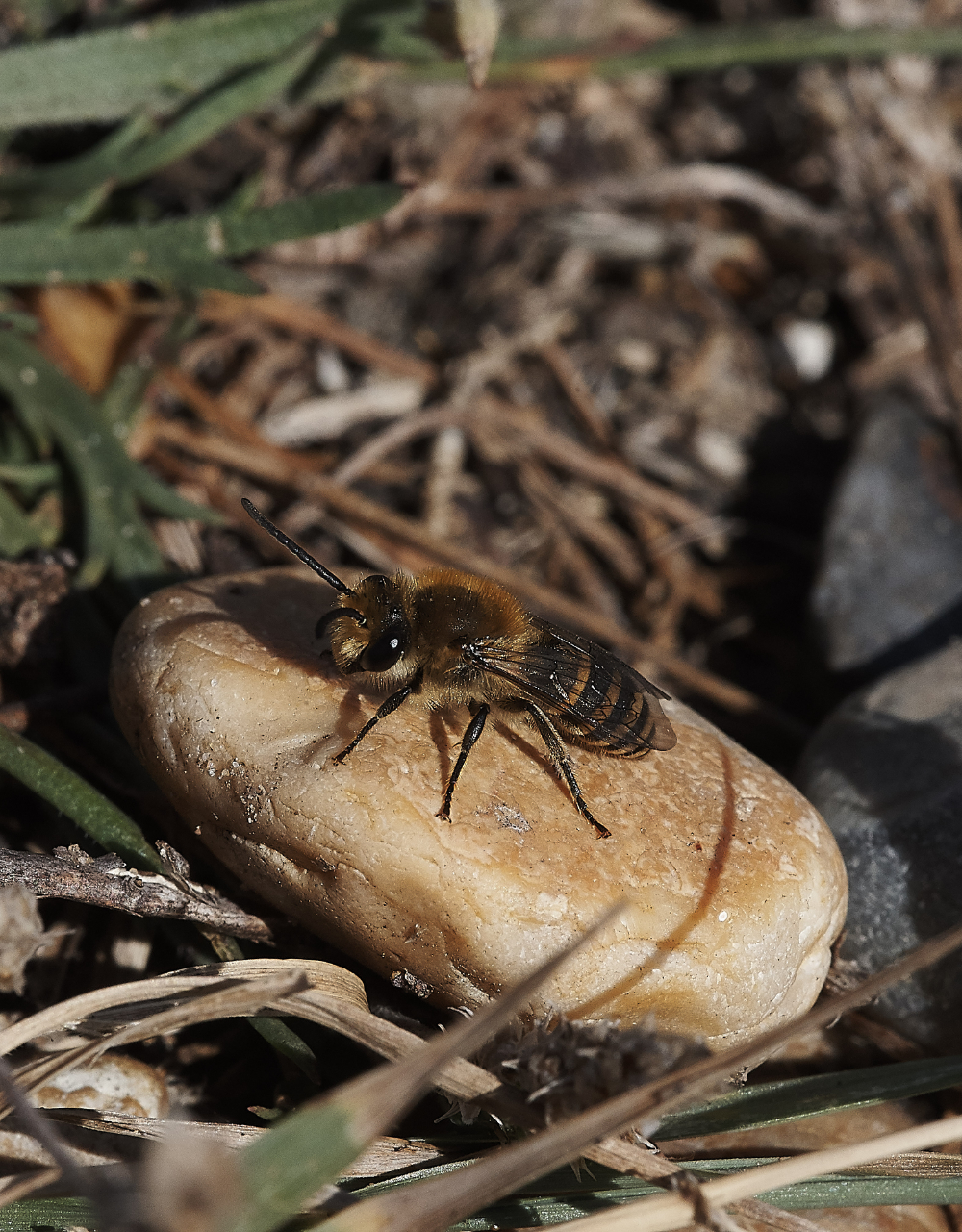

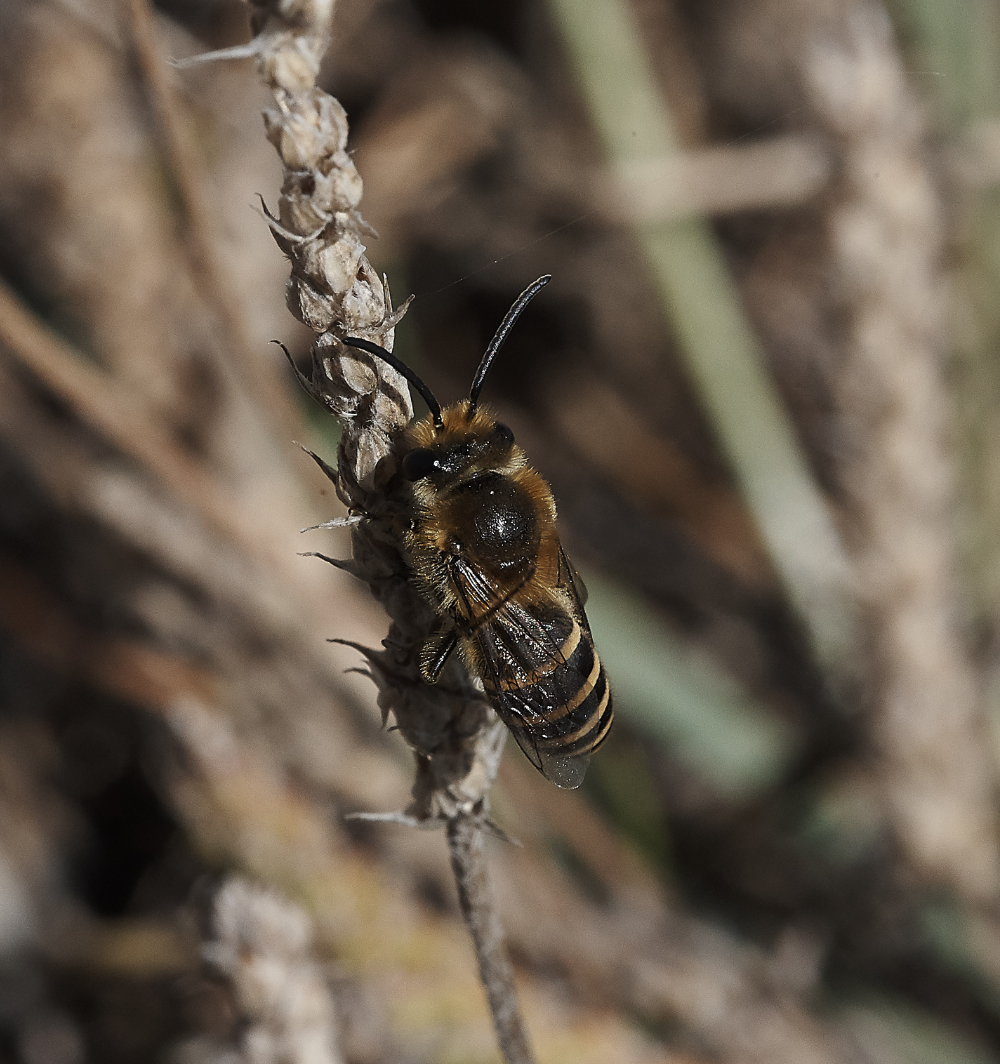
Ivy Bee (Colletes hederae)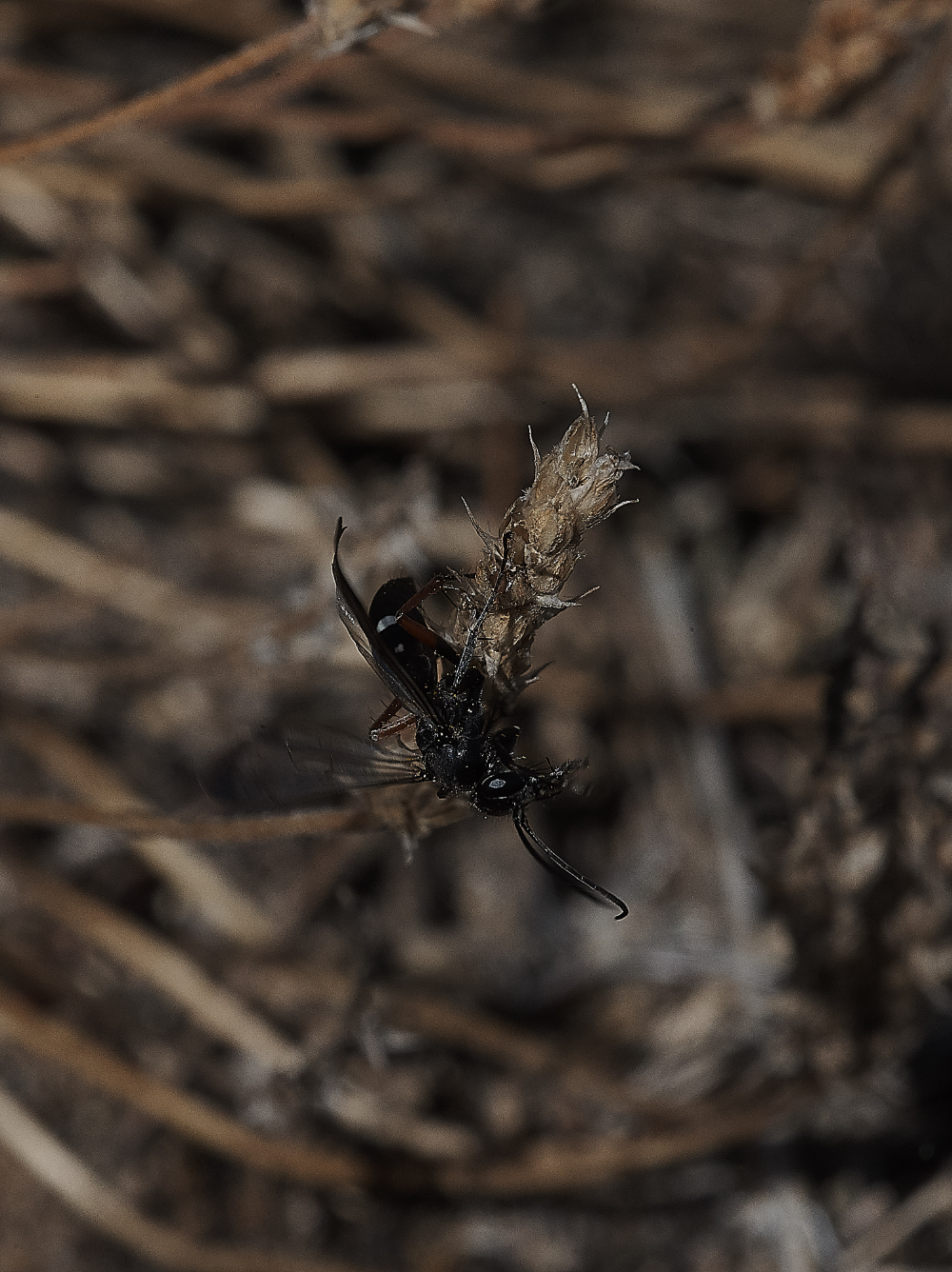
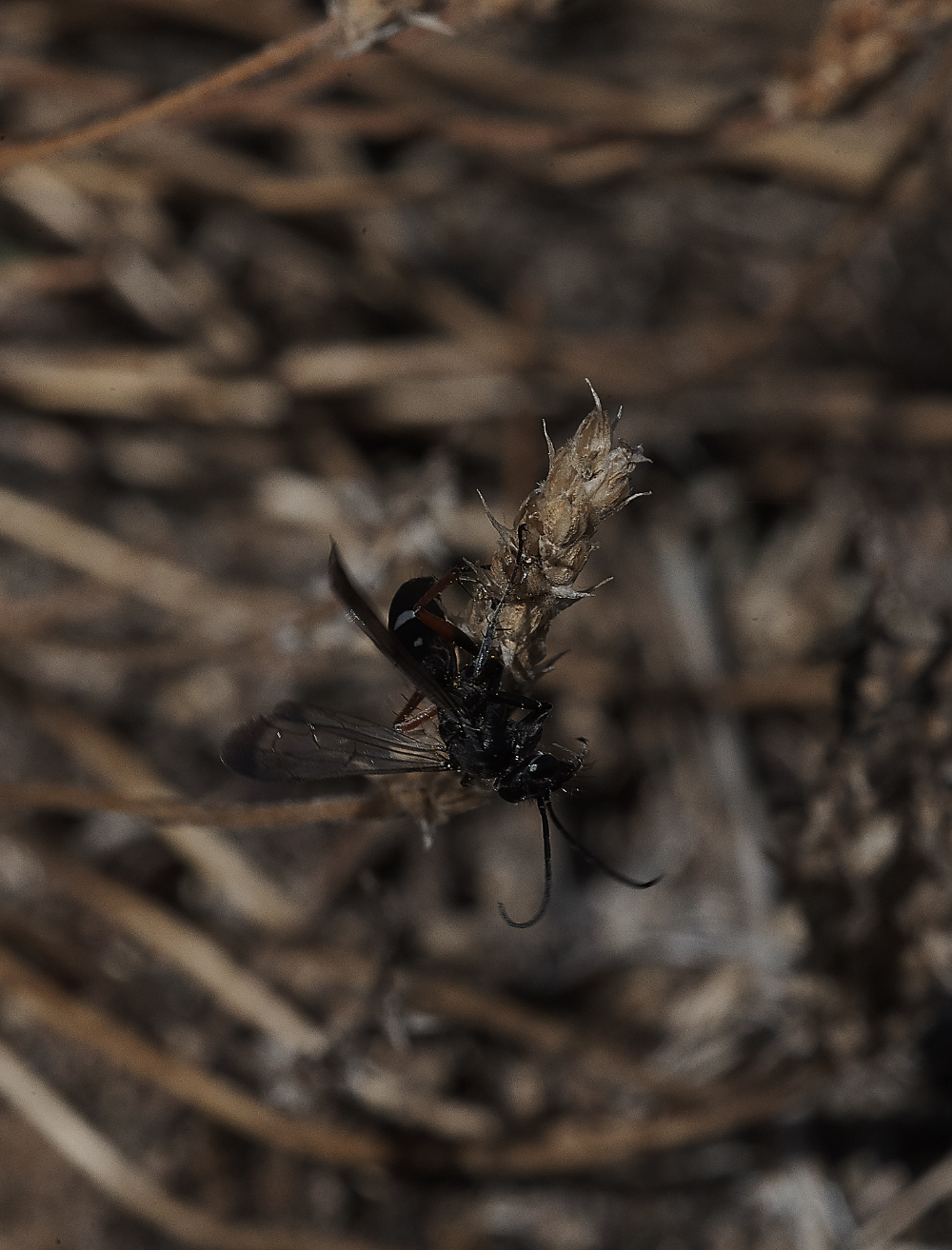
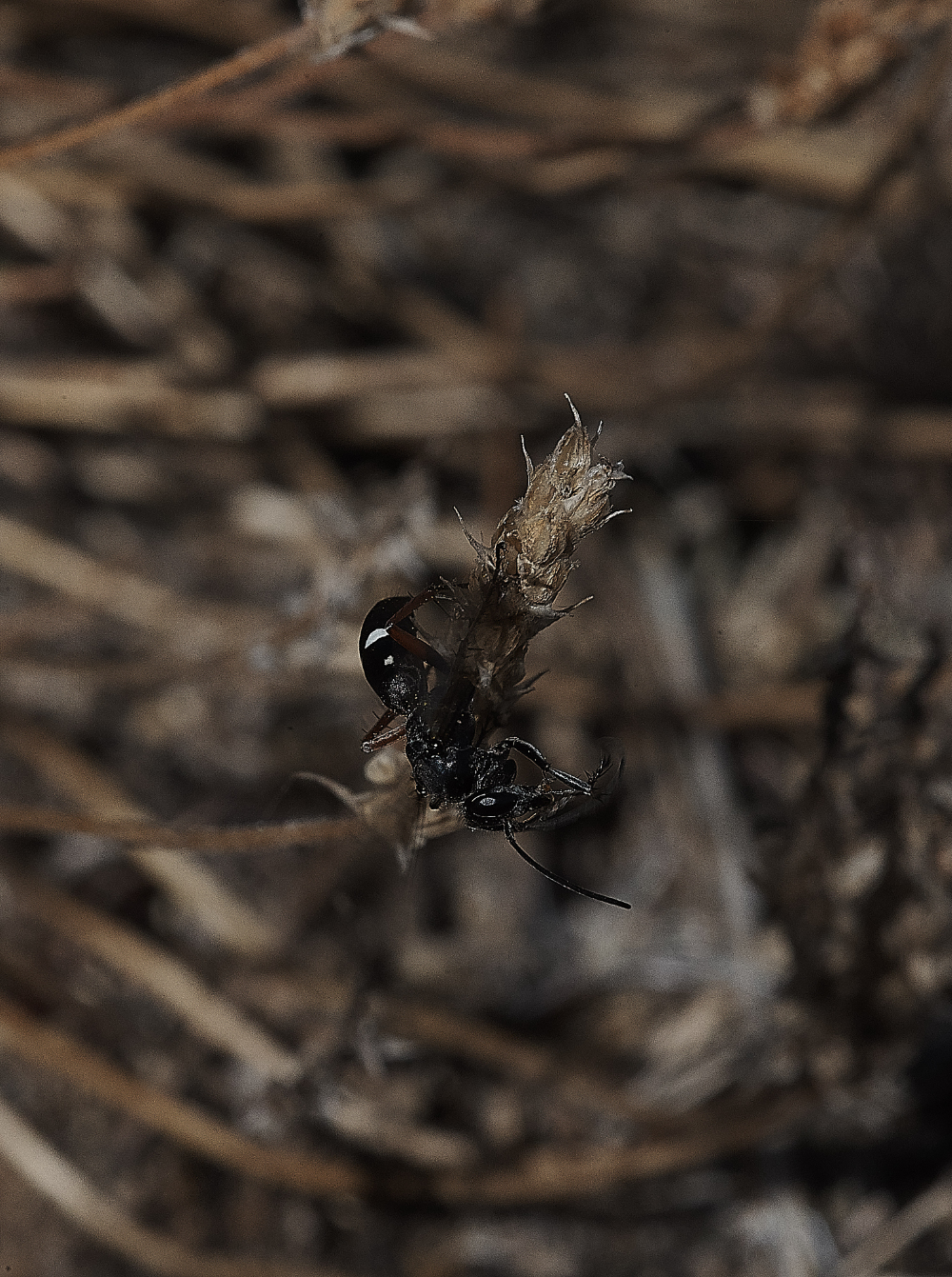
Ichneumon Sp parasitising the bees.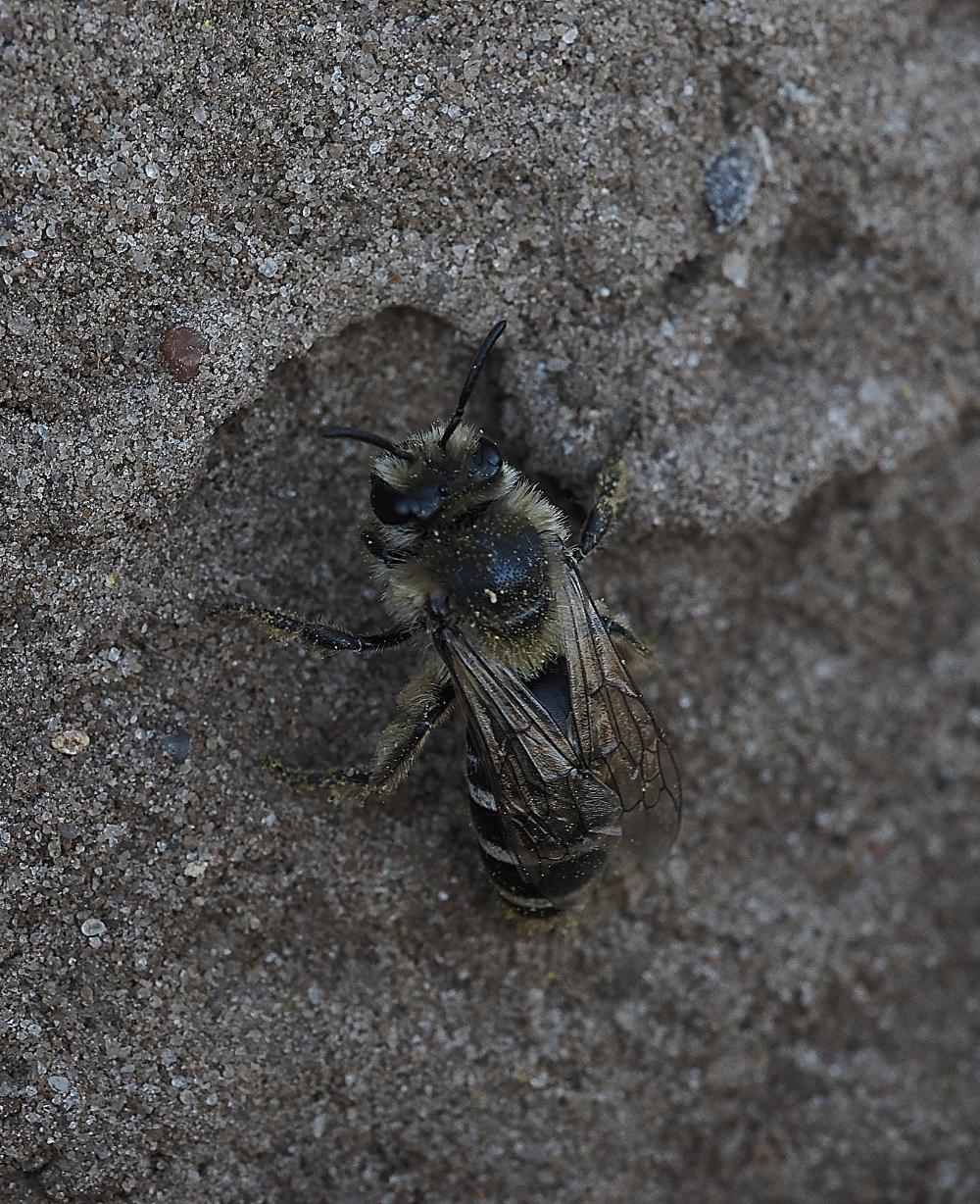
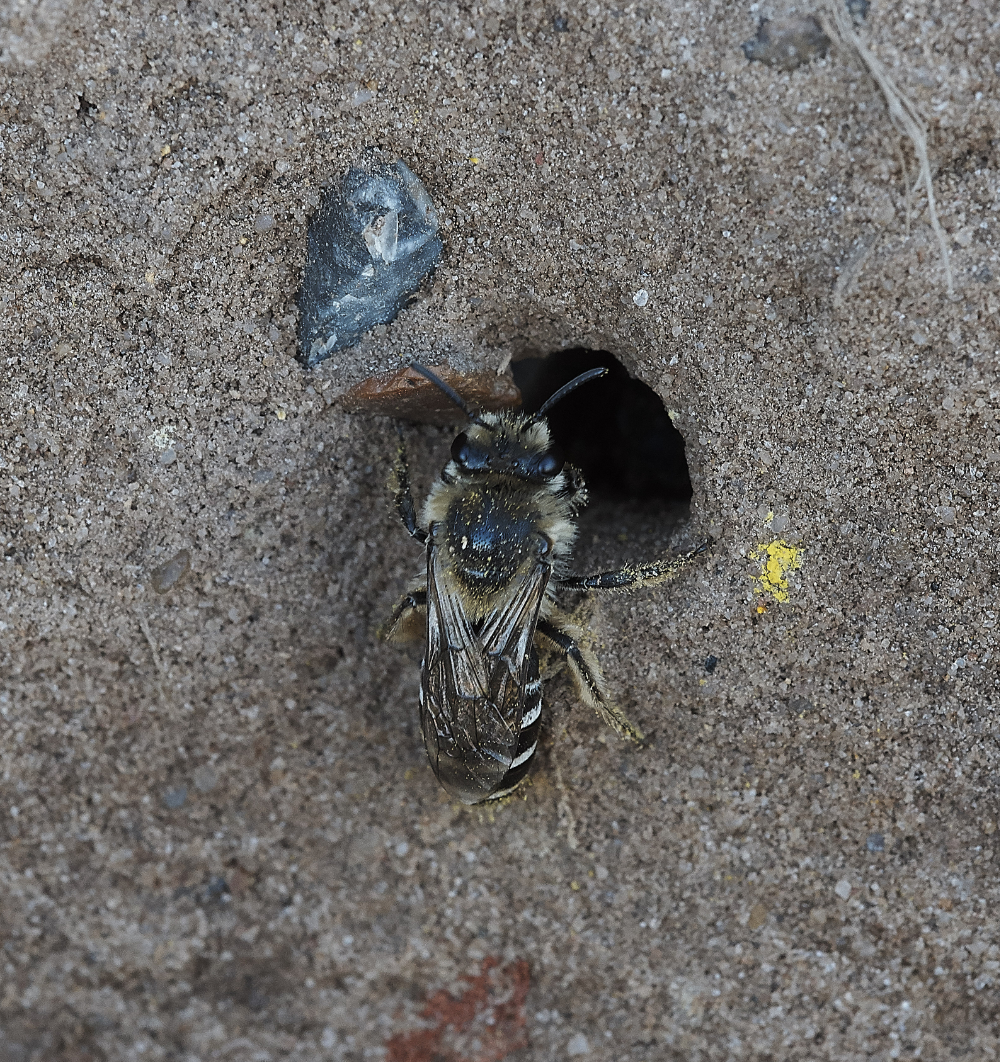
Sea Aster Mining Bee (Colletes halophilus)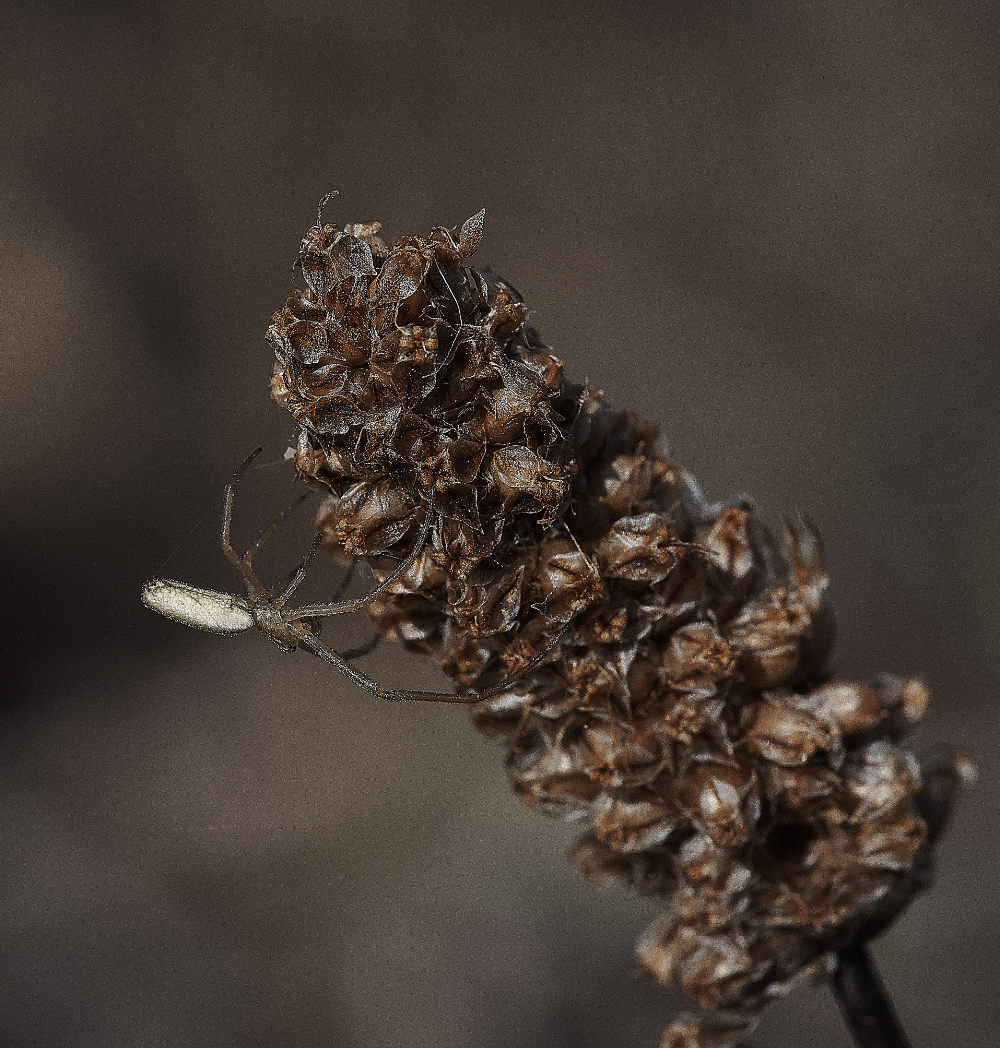
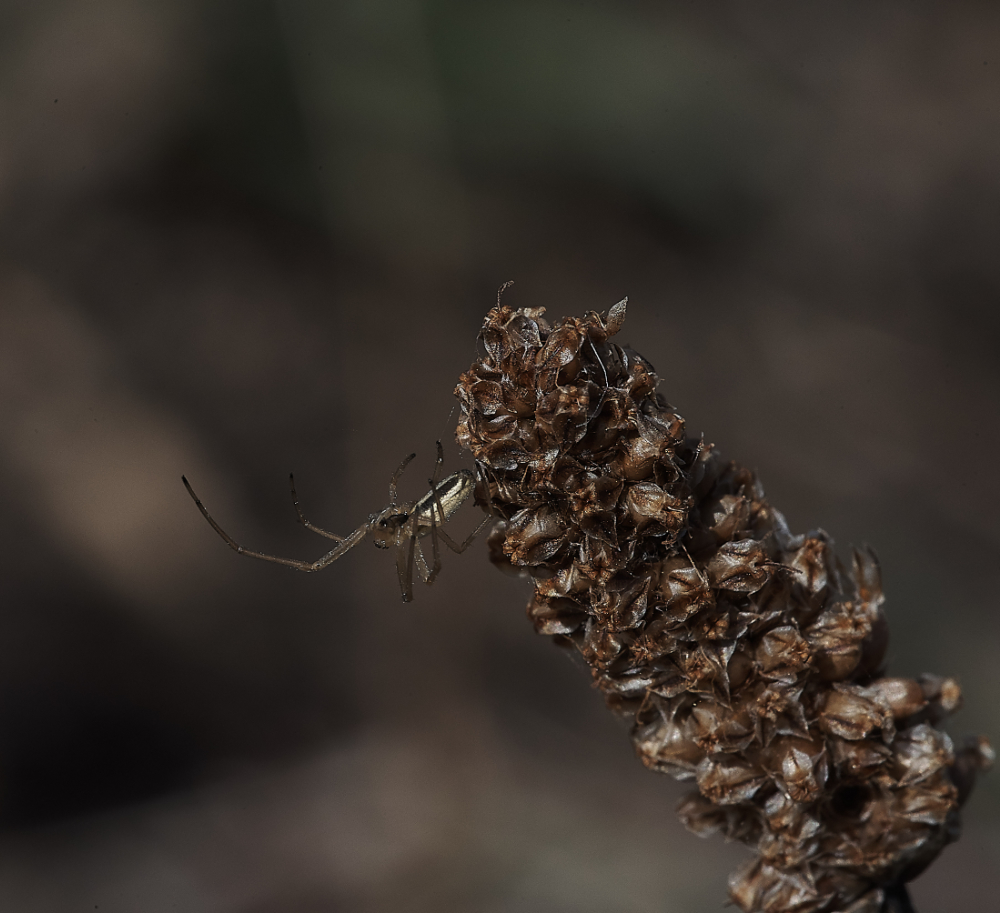
Spider Sp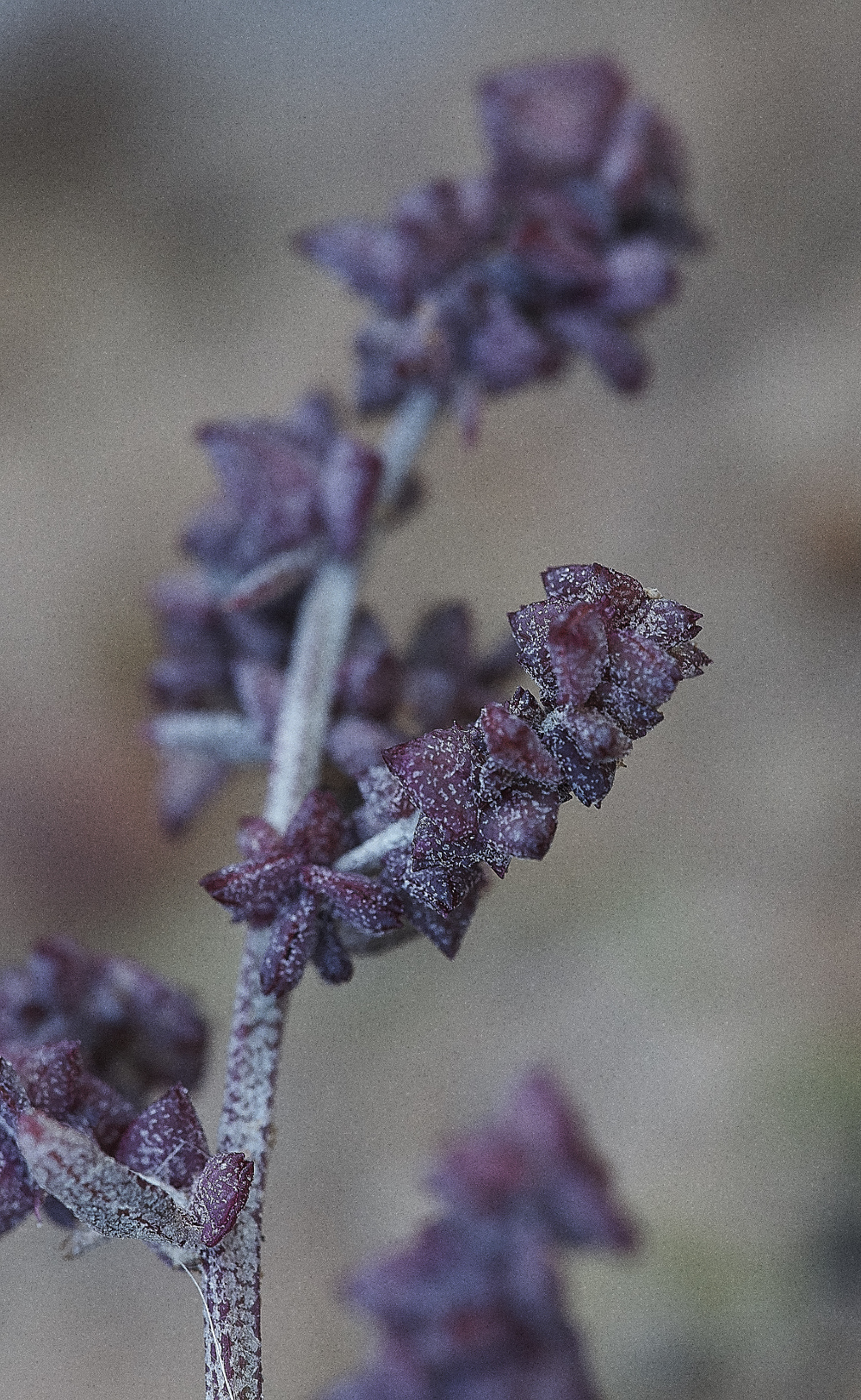
Orache Sp
Salthouse
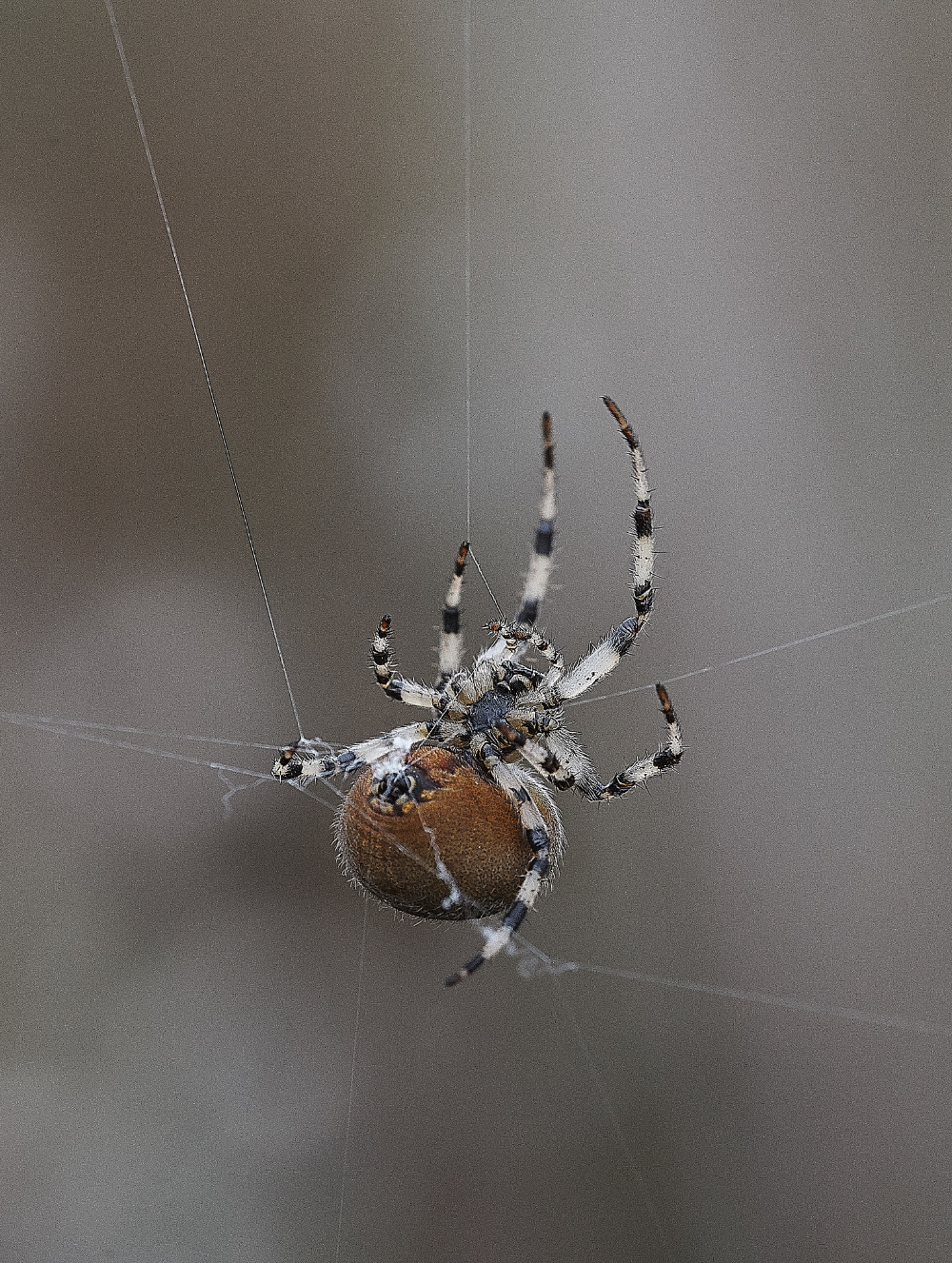
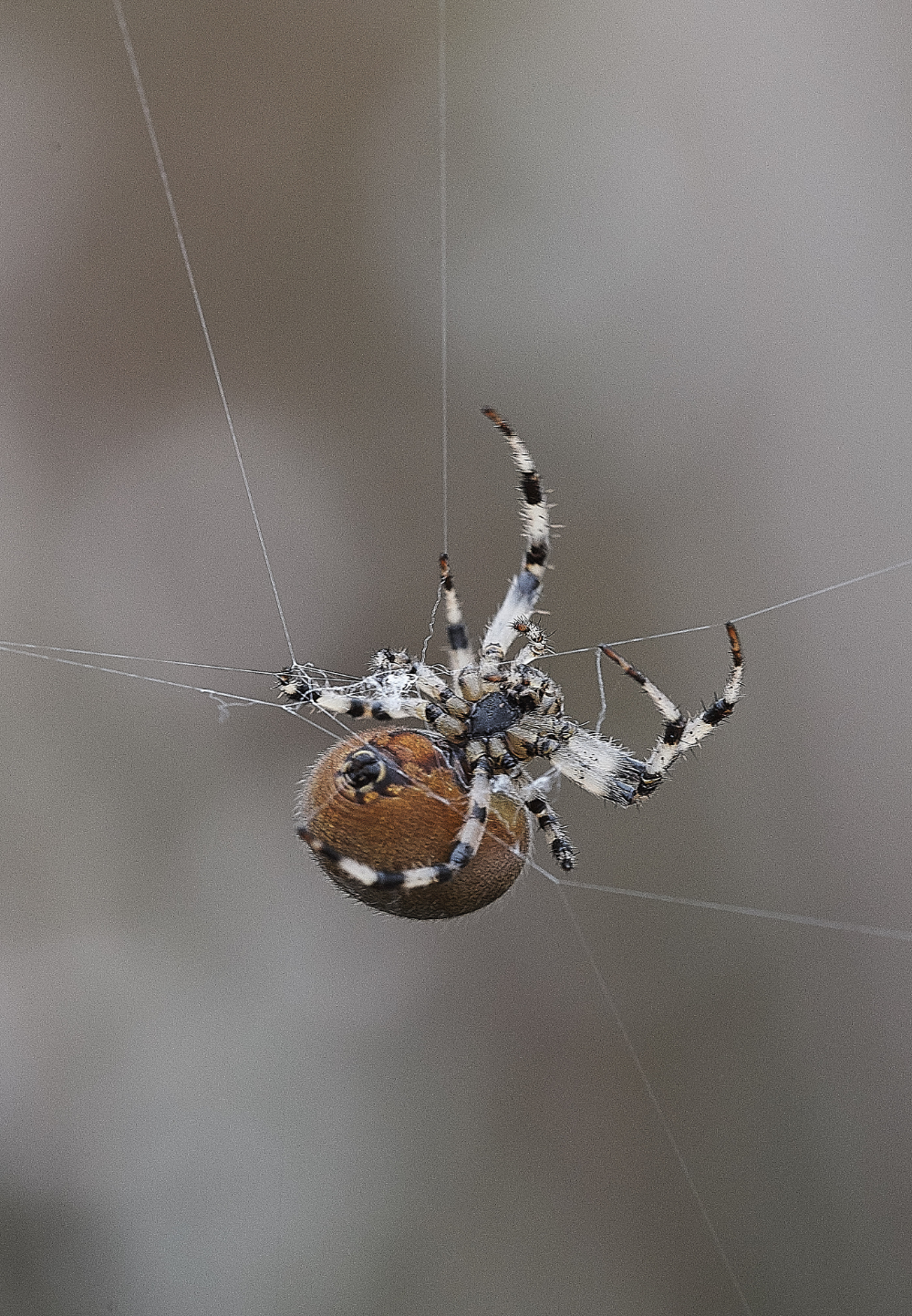
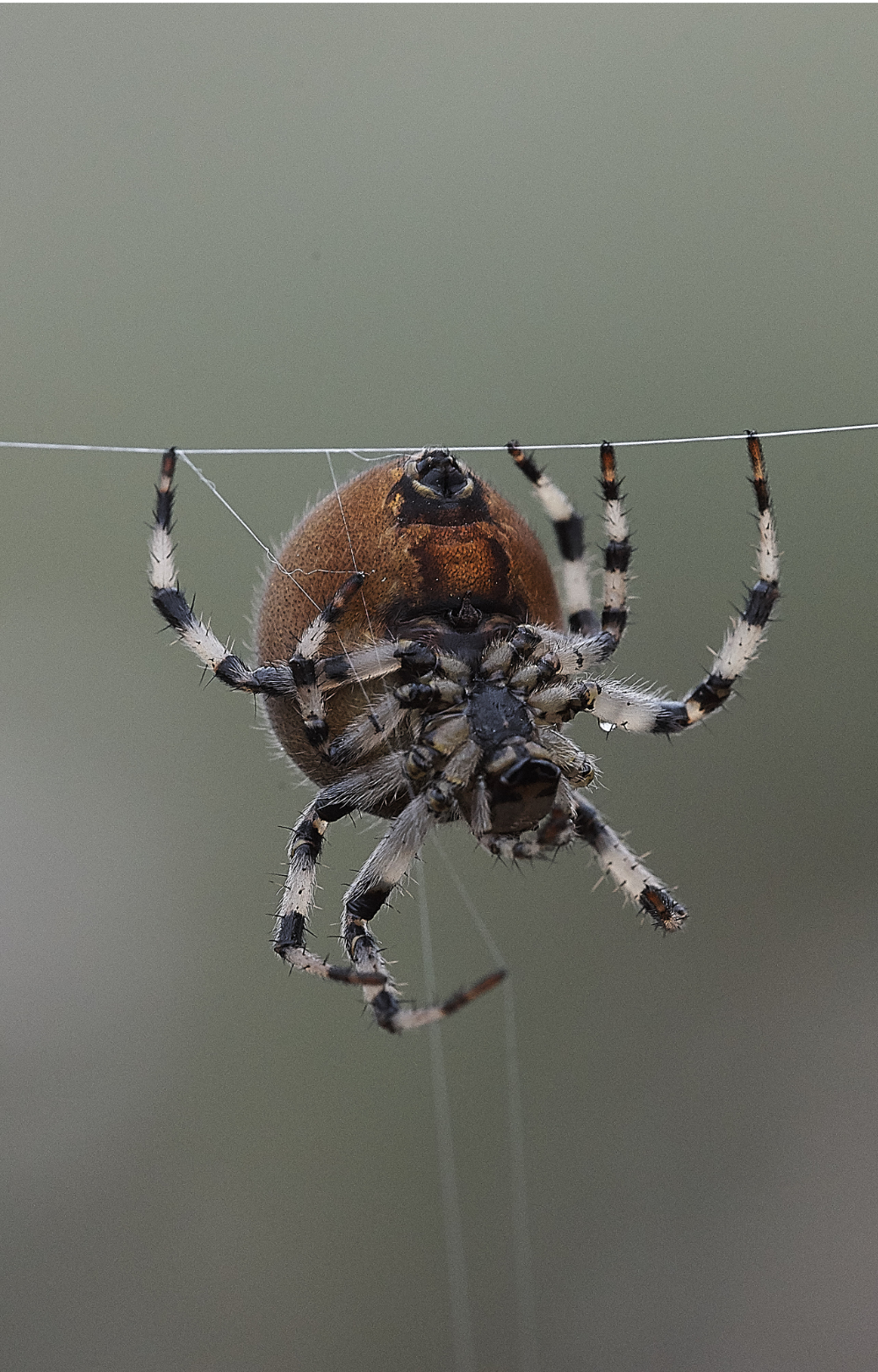
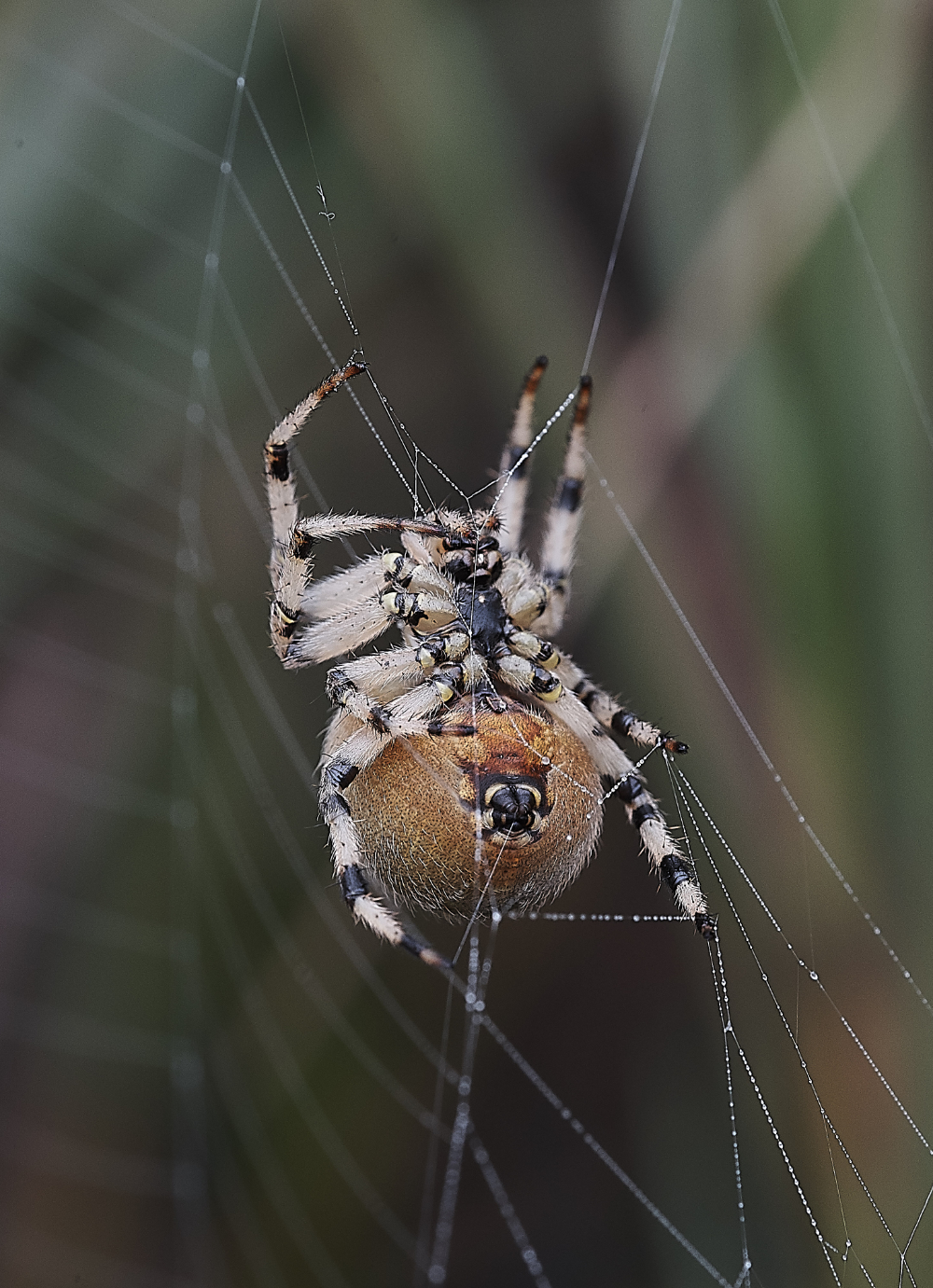
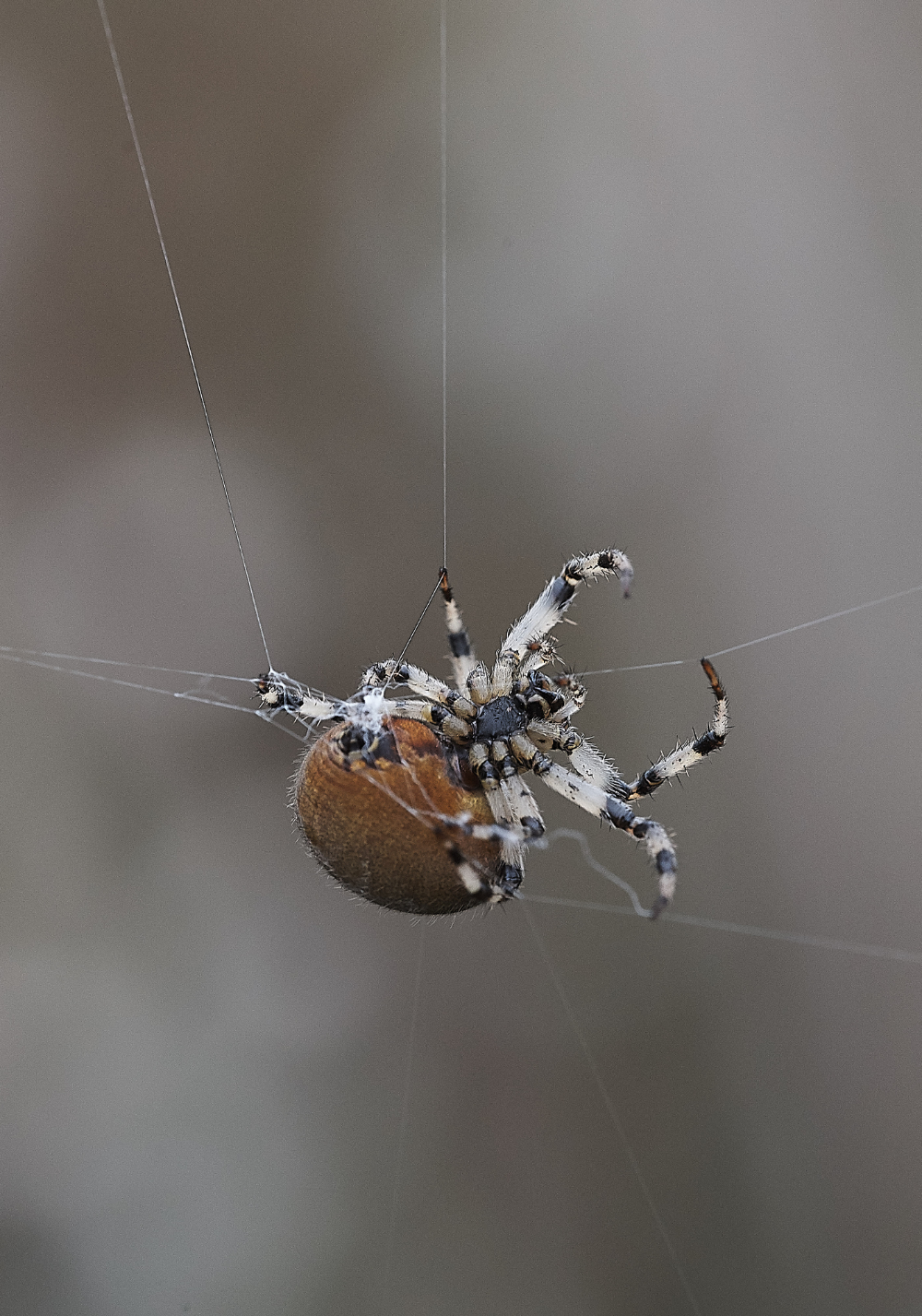
Spider Sp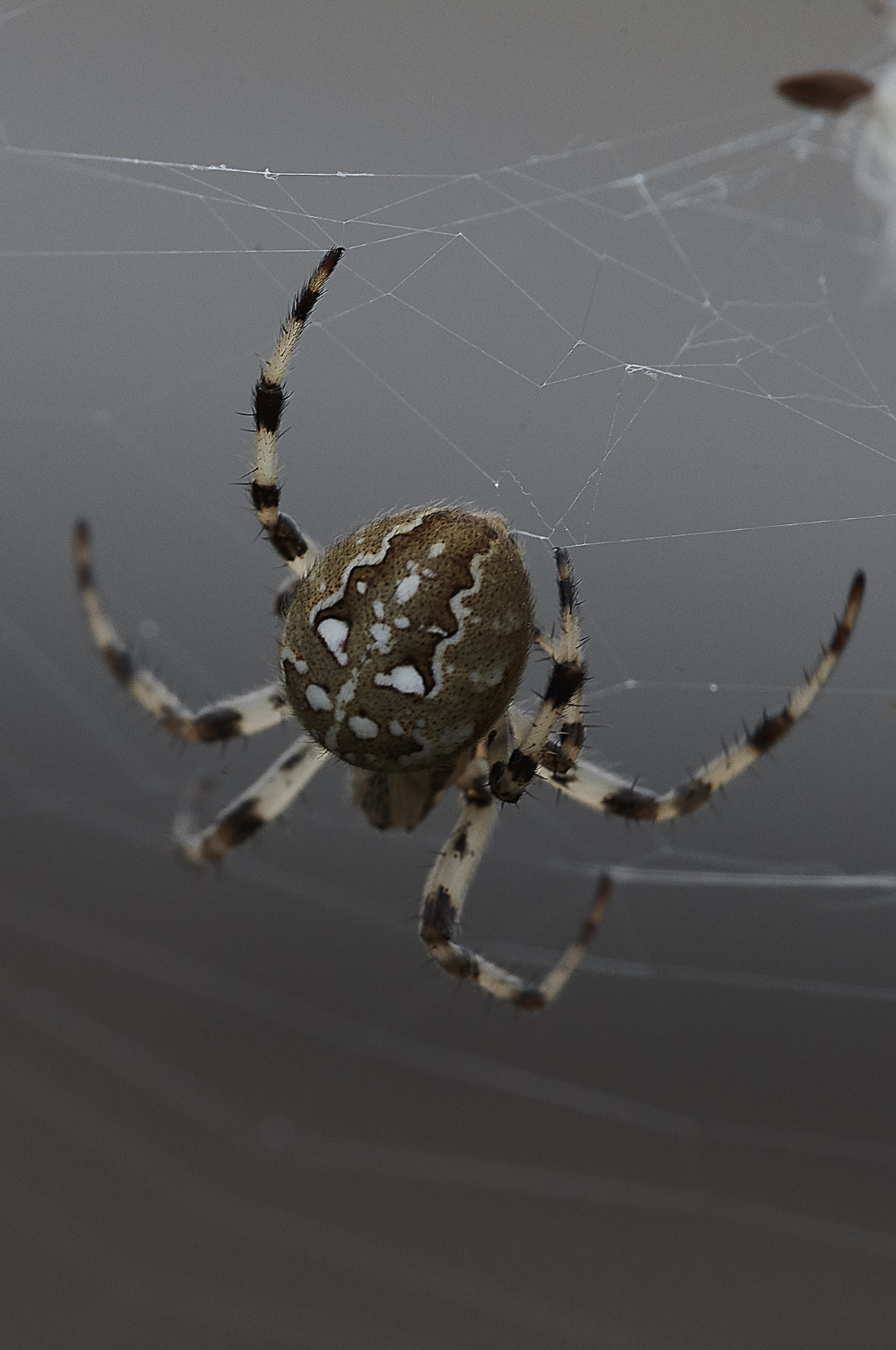
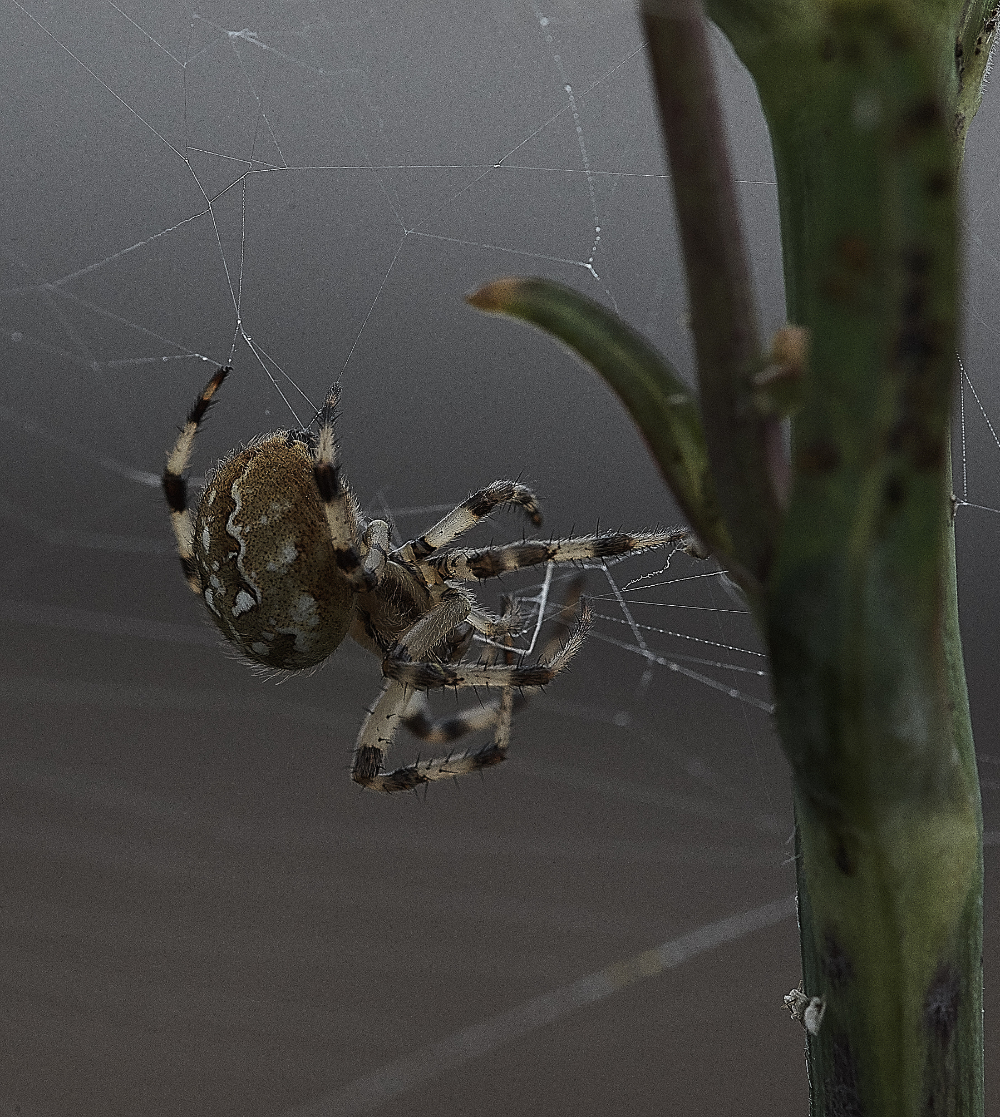
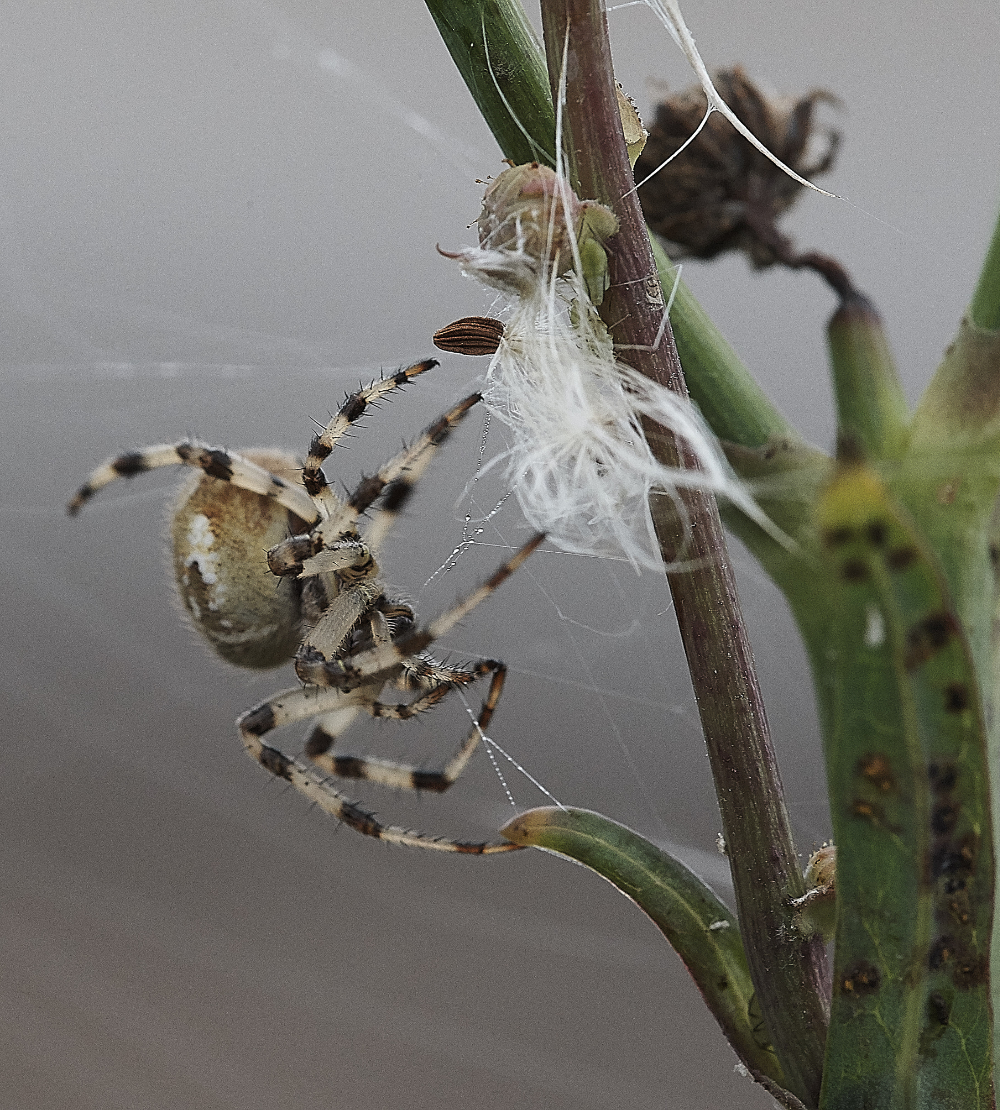
Four Spotted Orb Weaver (Araneus quadratus)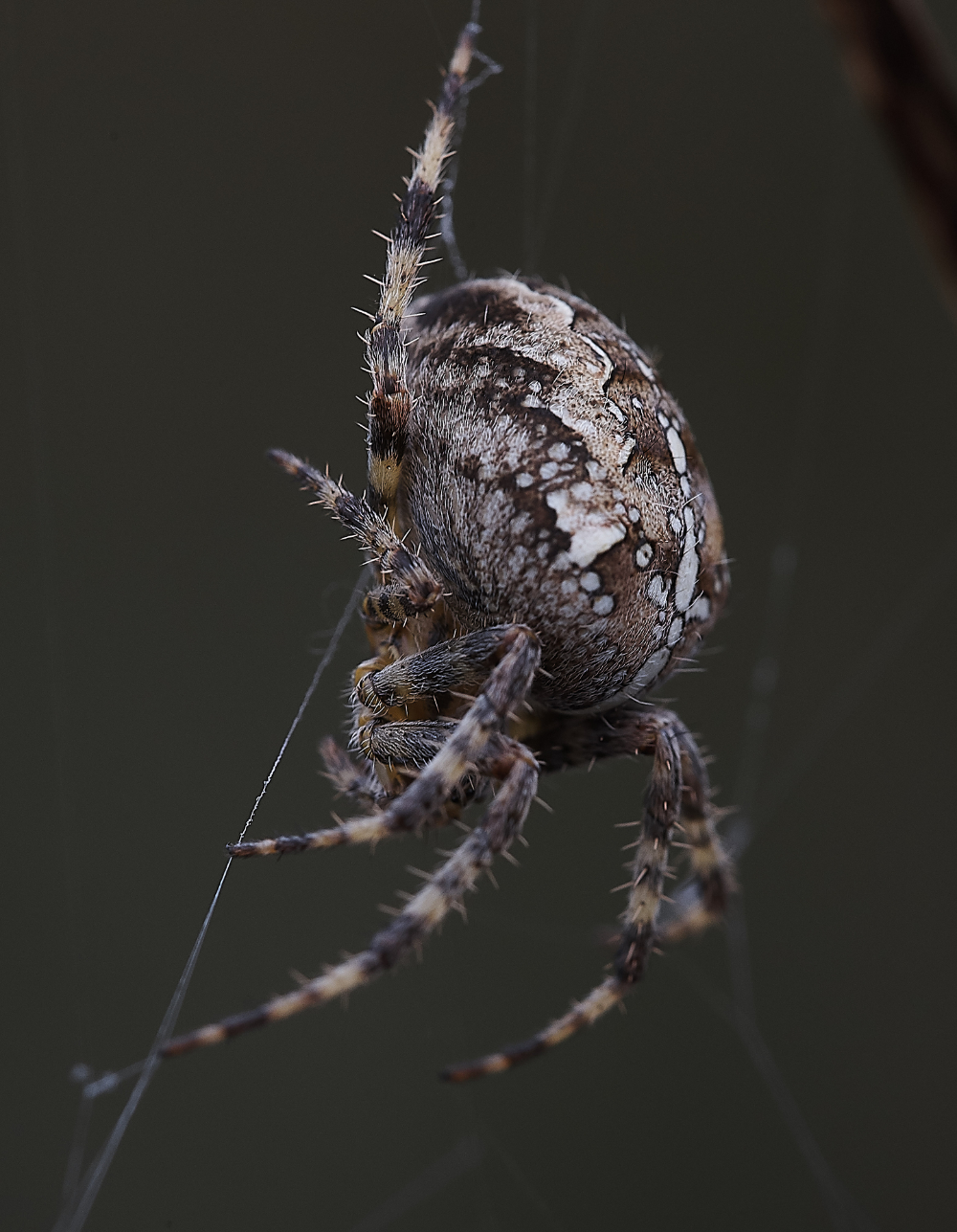
Cross Orb Weaver (Araneus diadematus)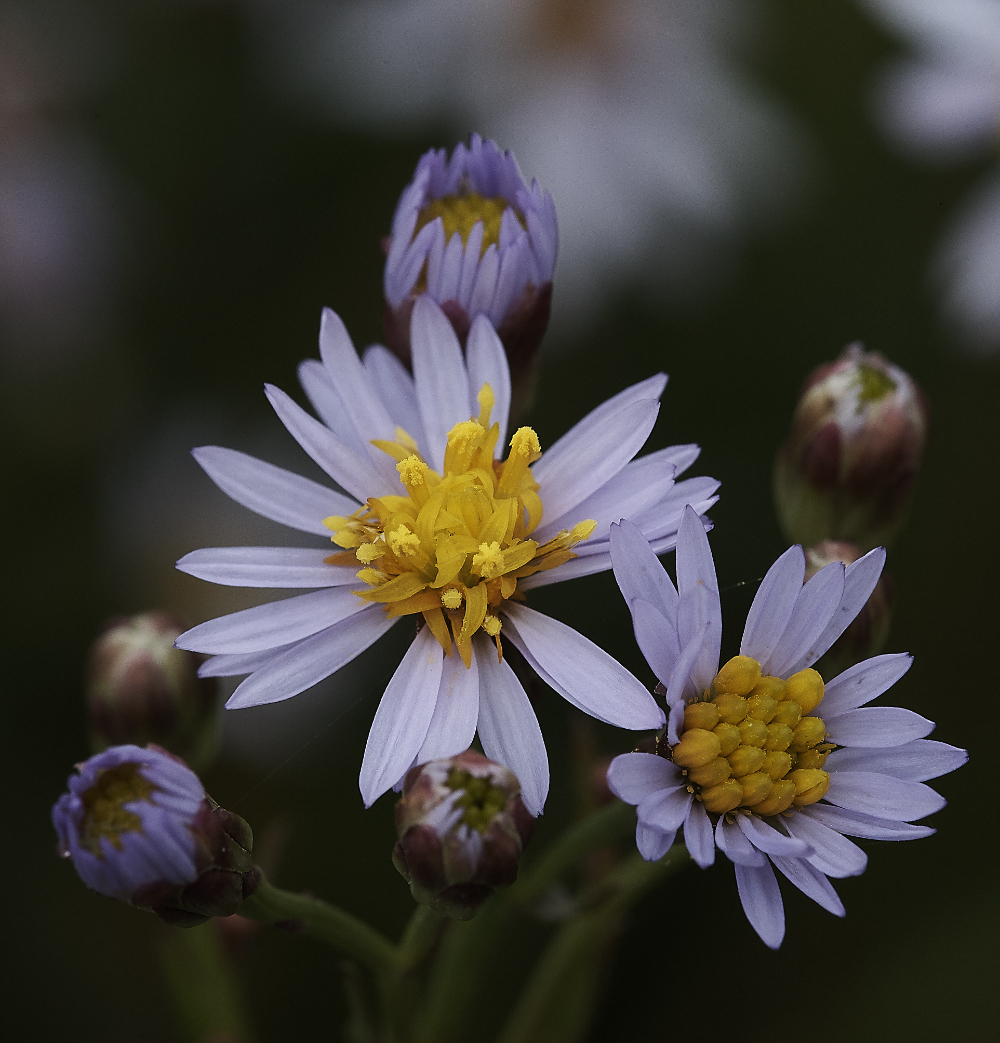
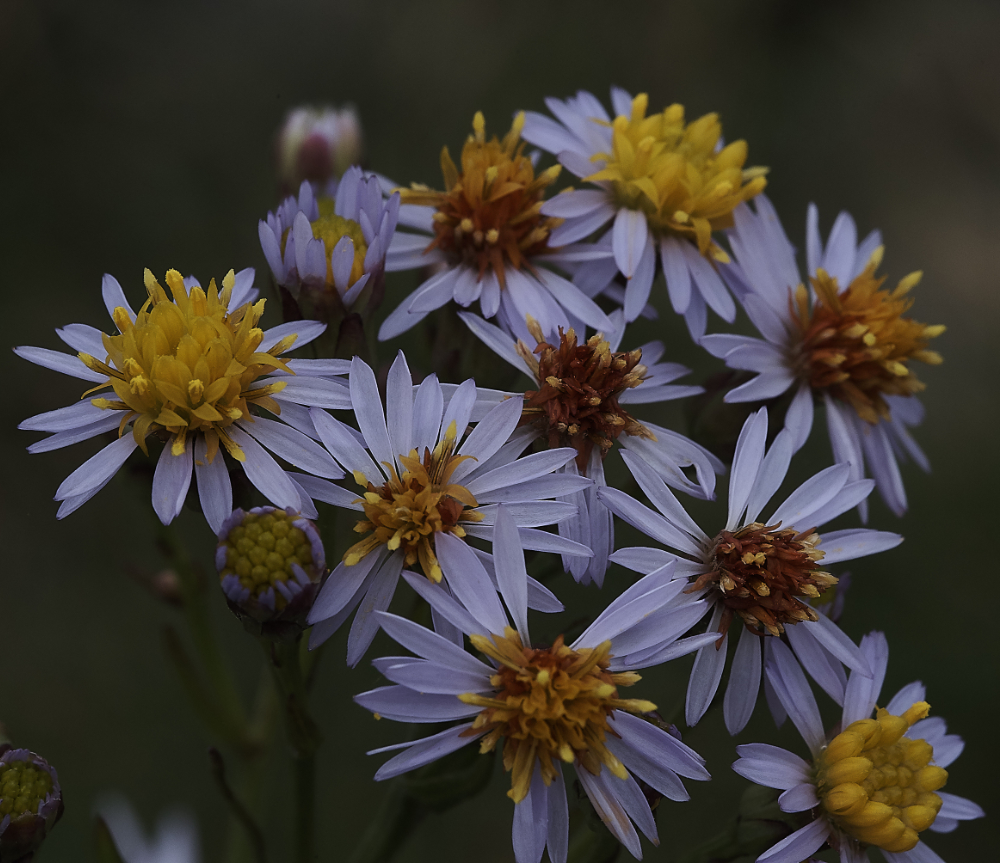
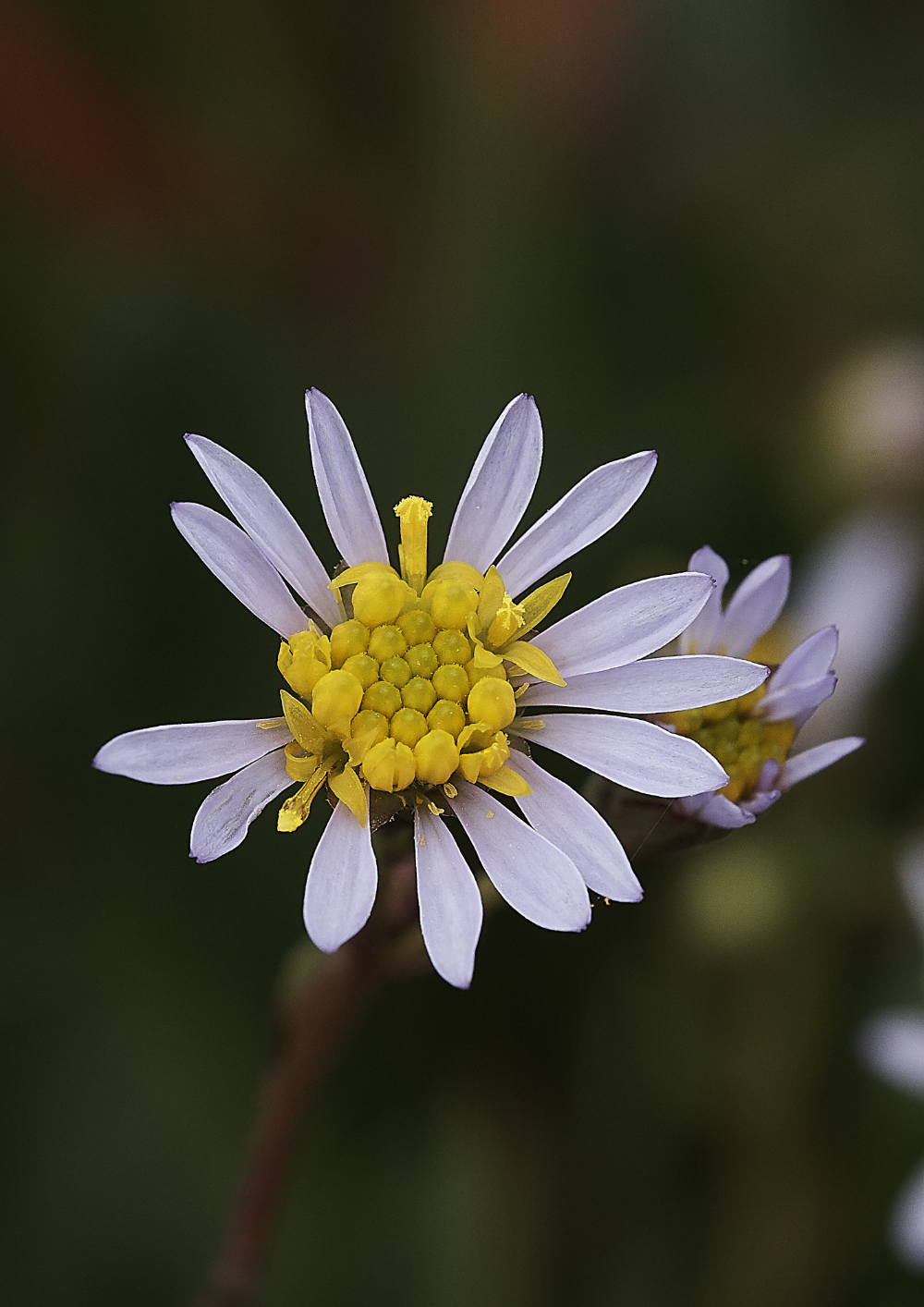
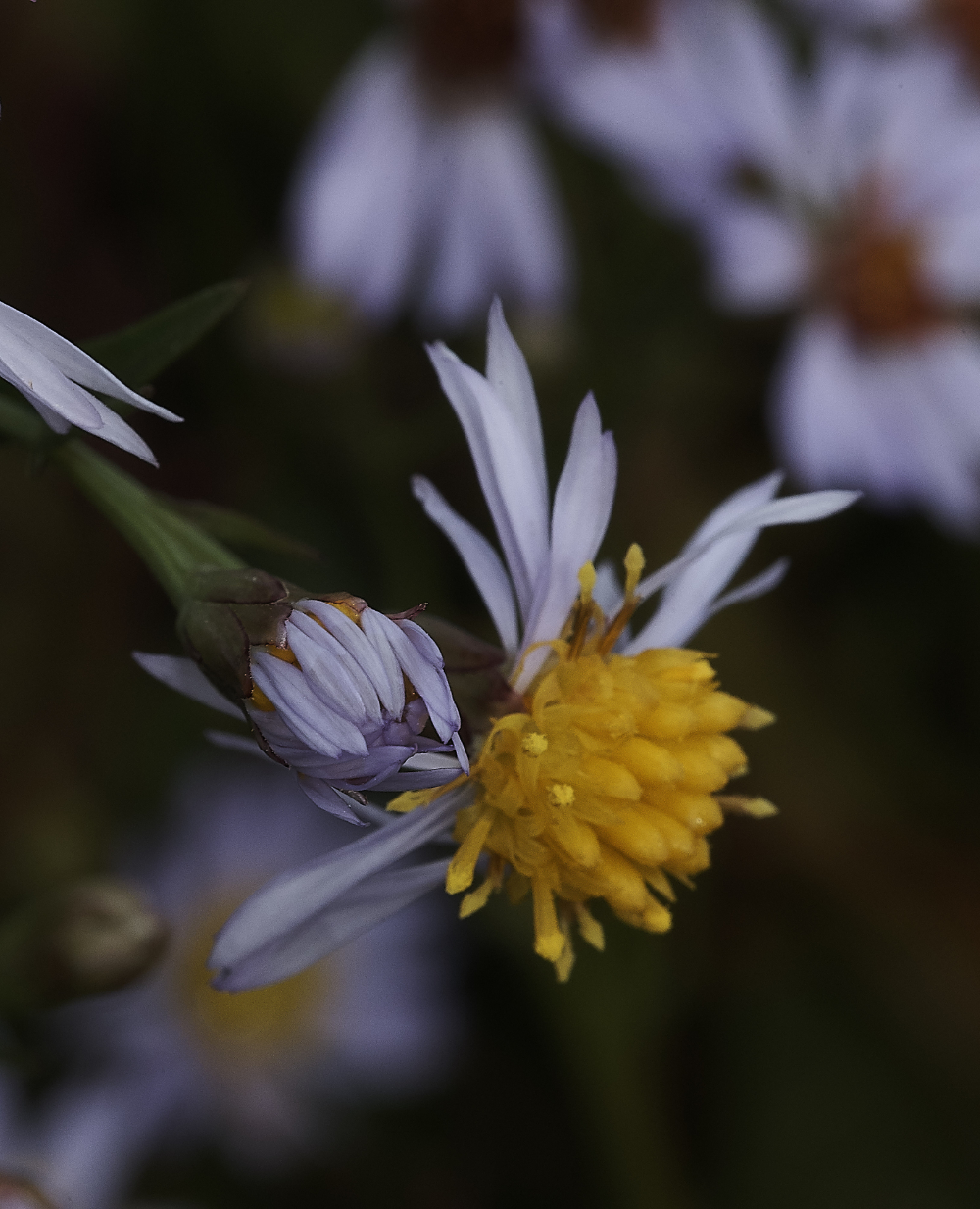
Sea Aster (Tripolicum pannonicum)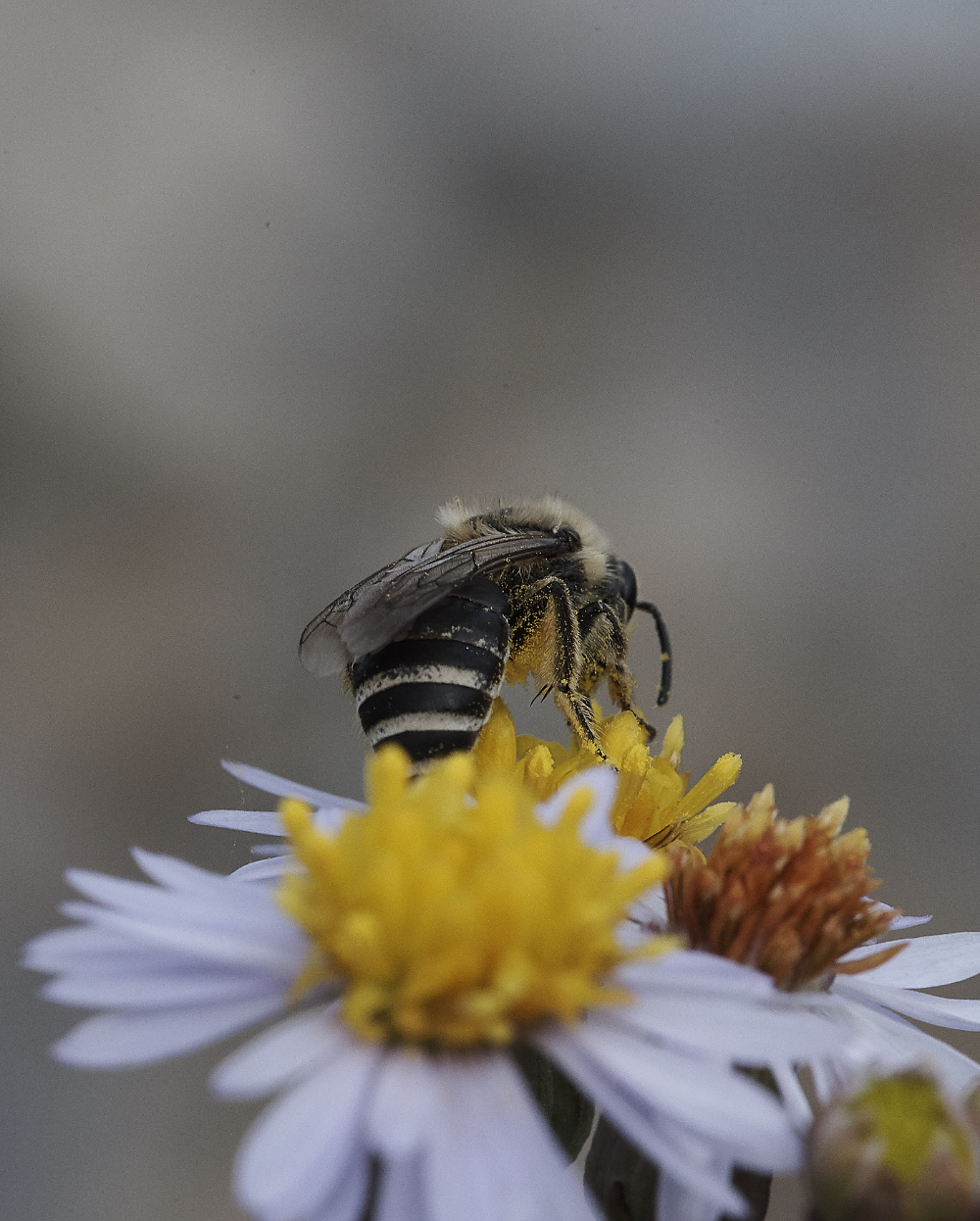
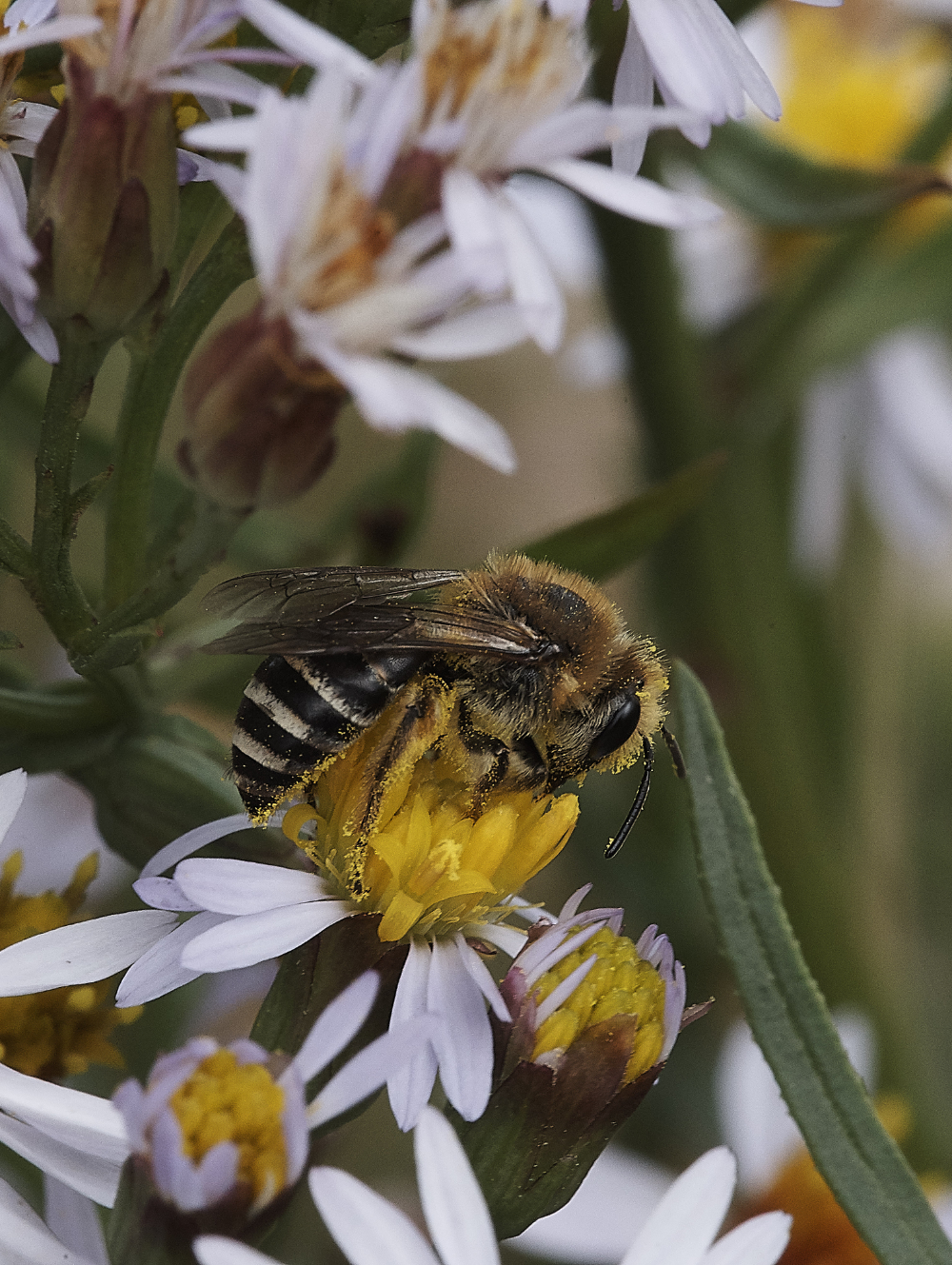
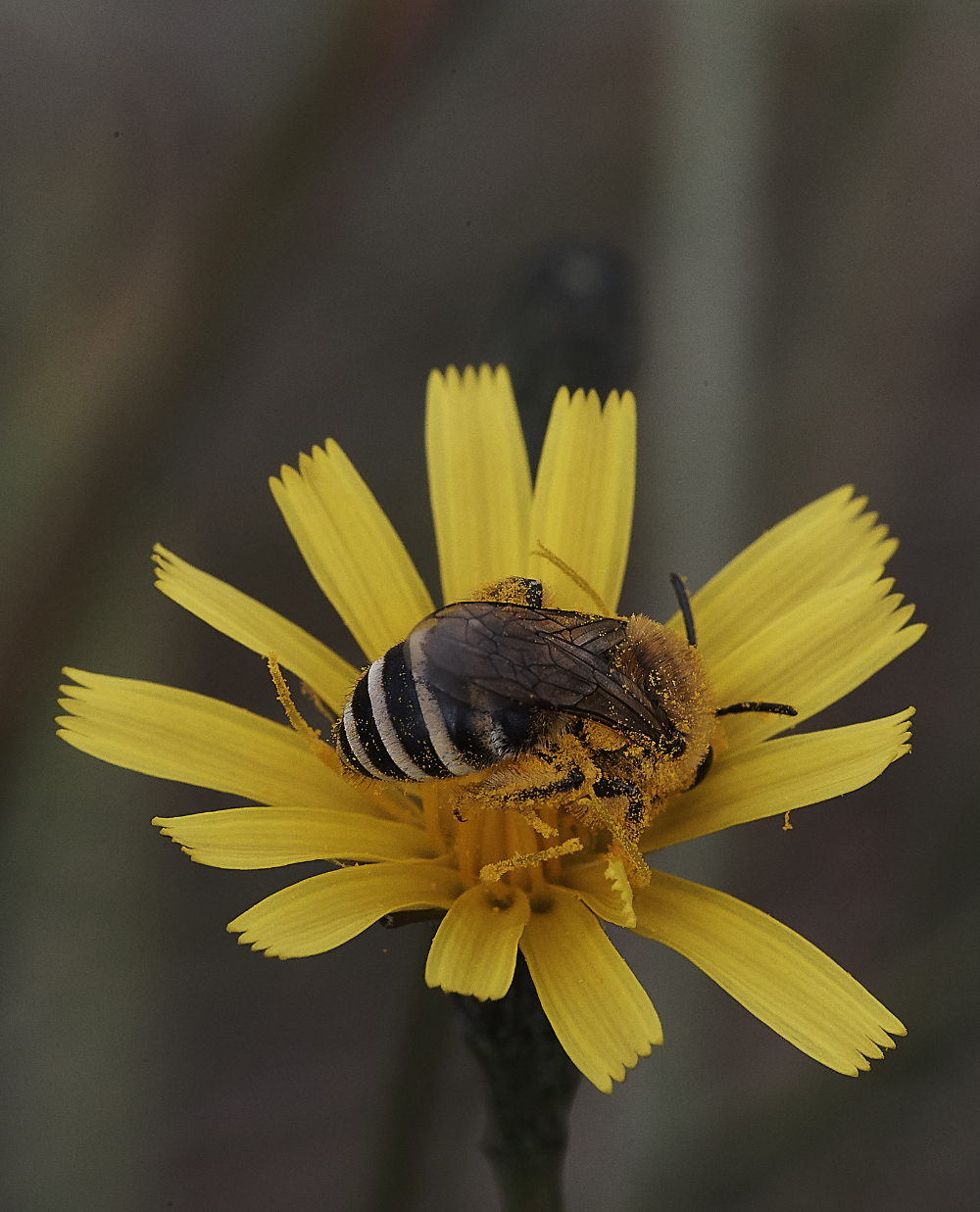
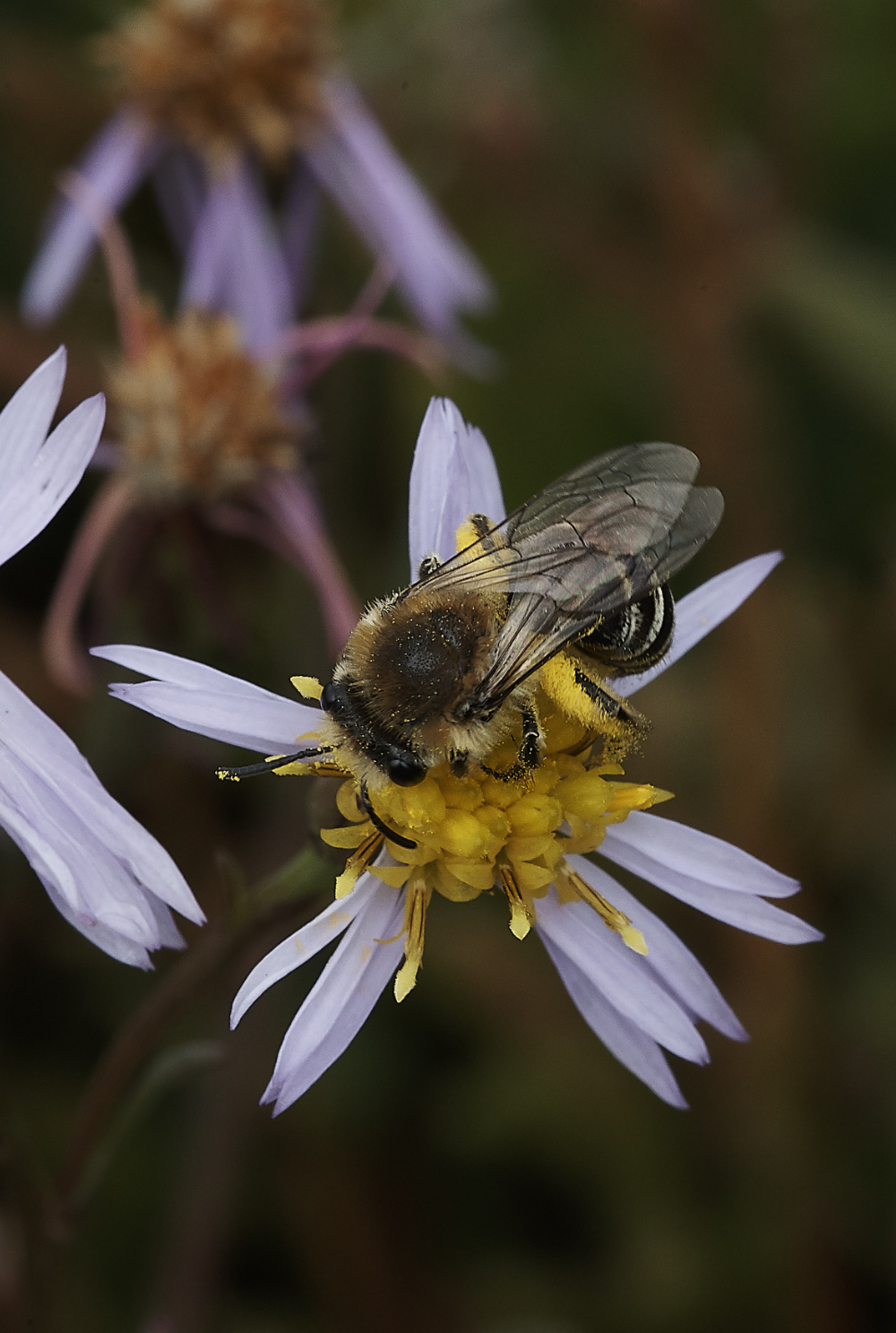
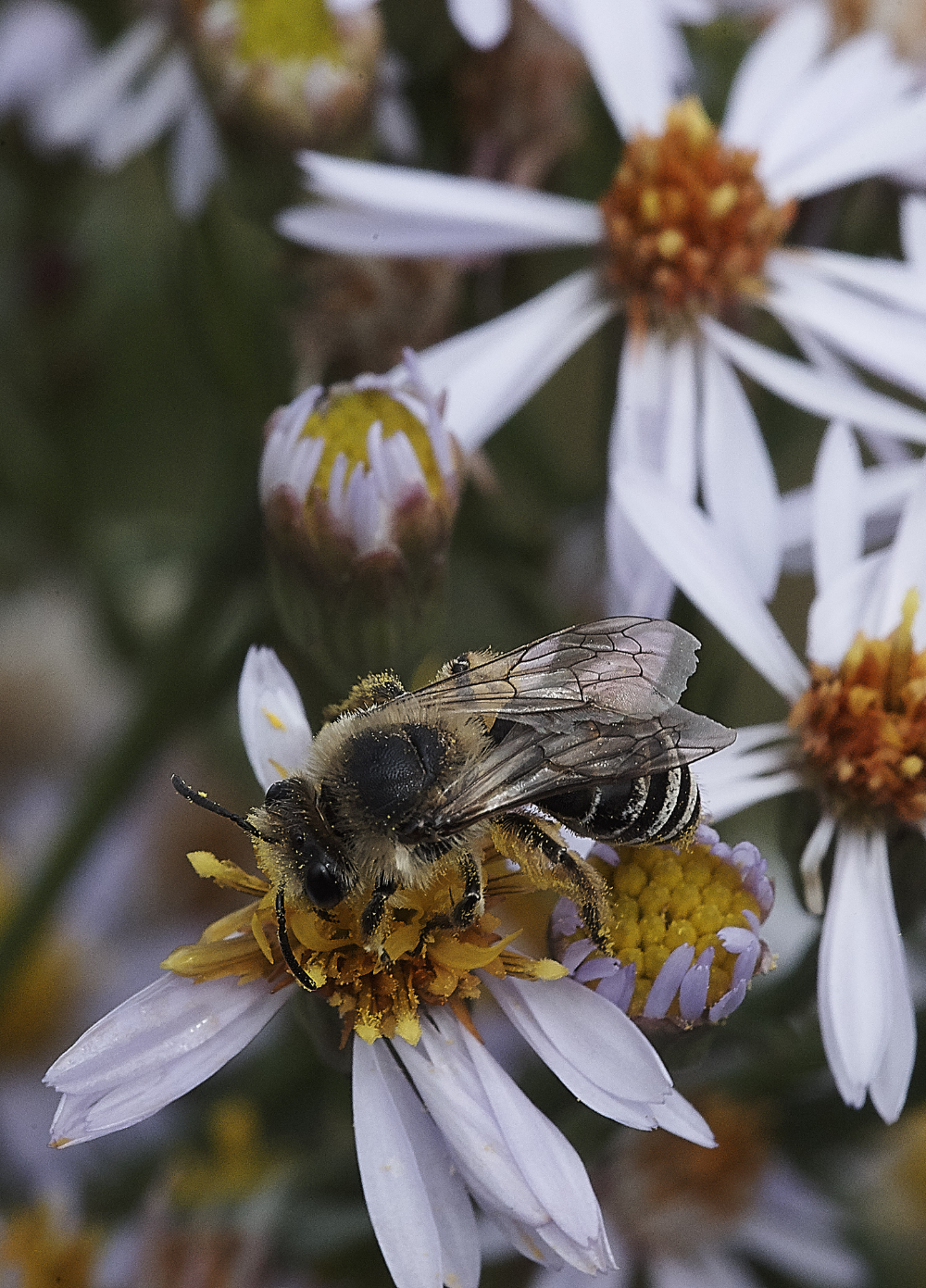
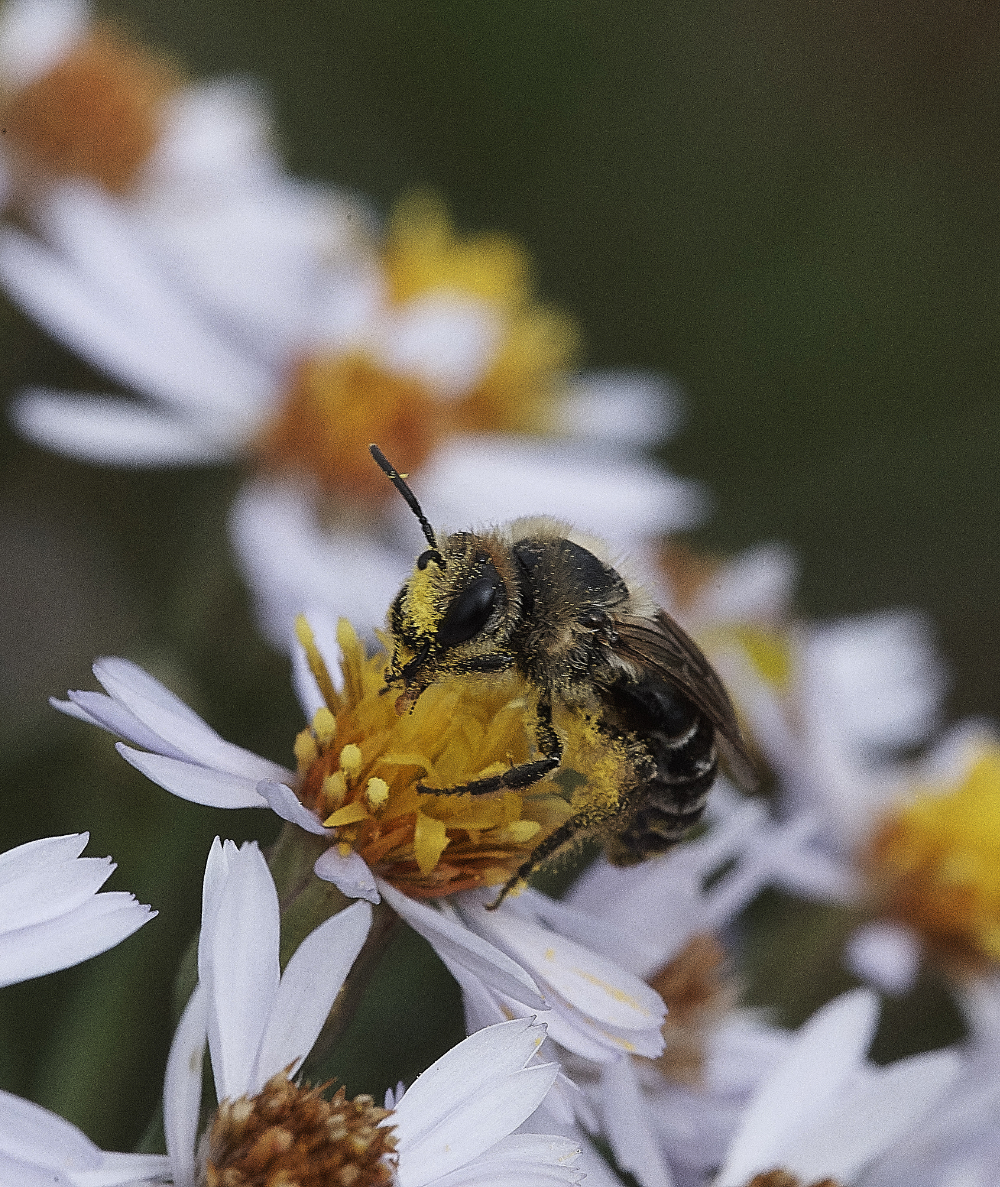
Sea Aster Mining Bee (Colletes halophilus)
Heydon Park
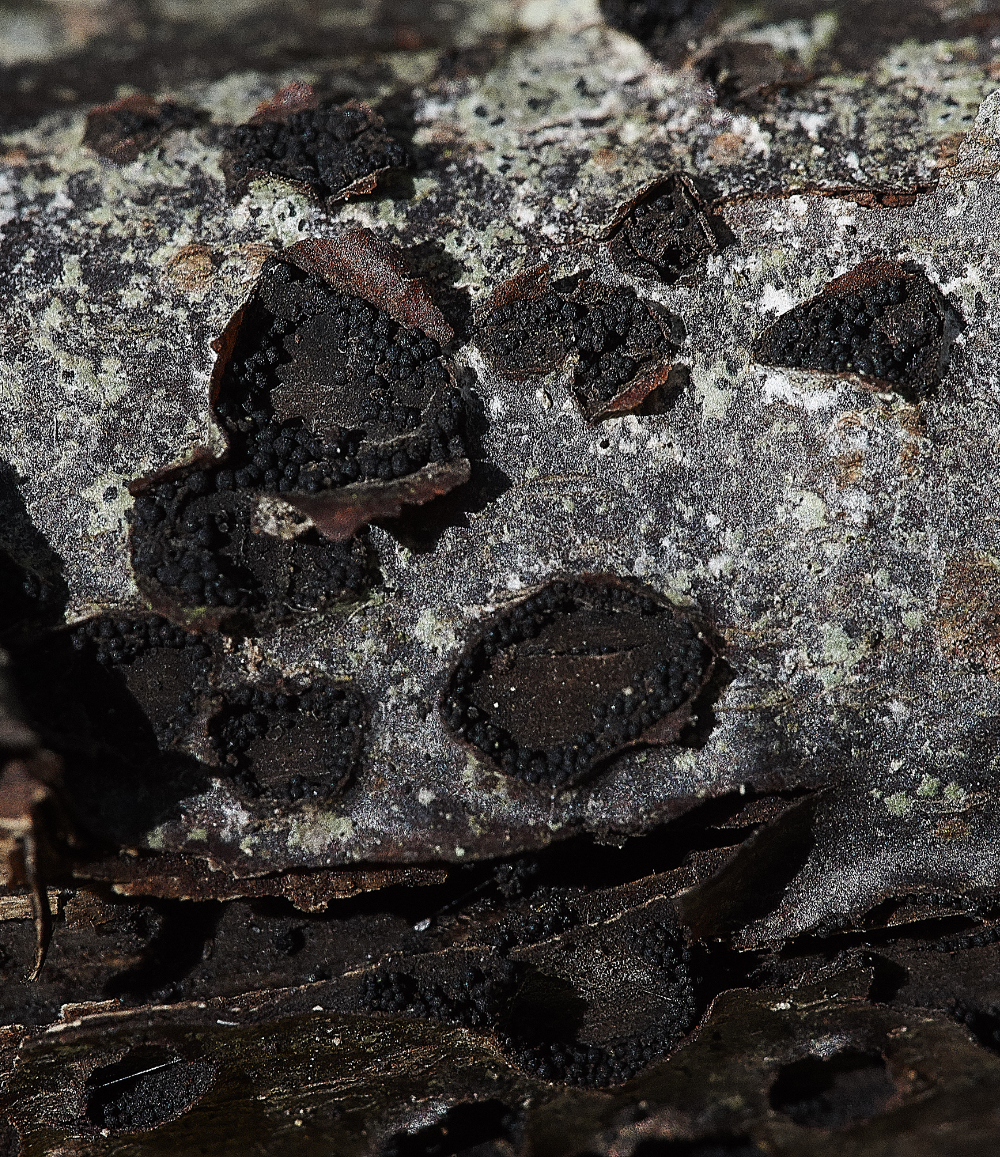
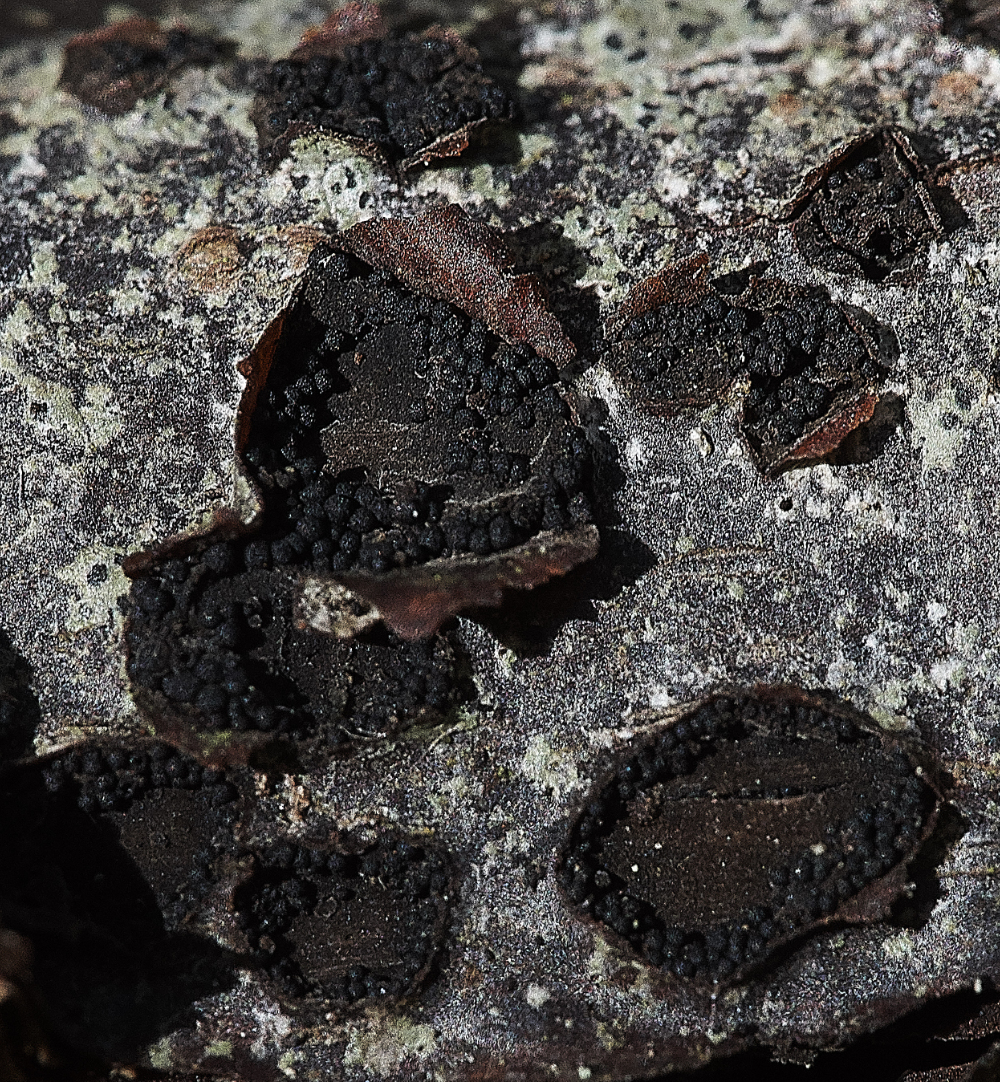
Oak Blackhead (Diatrypella quercina)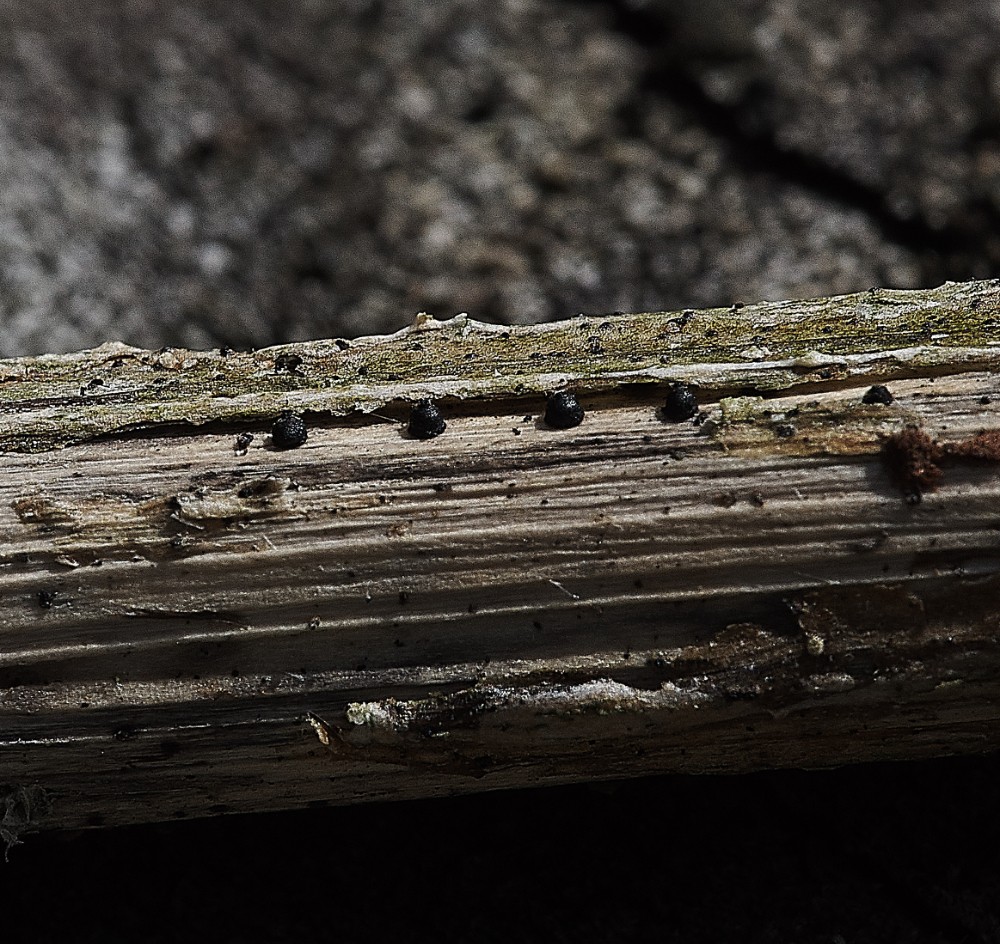
The most delightful small black dot fungus shaped like beehives with a small bobble on the top, complete with a topping dimple.
Nettle rash (Leptosphaeria acuta)
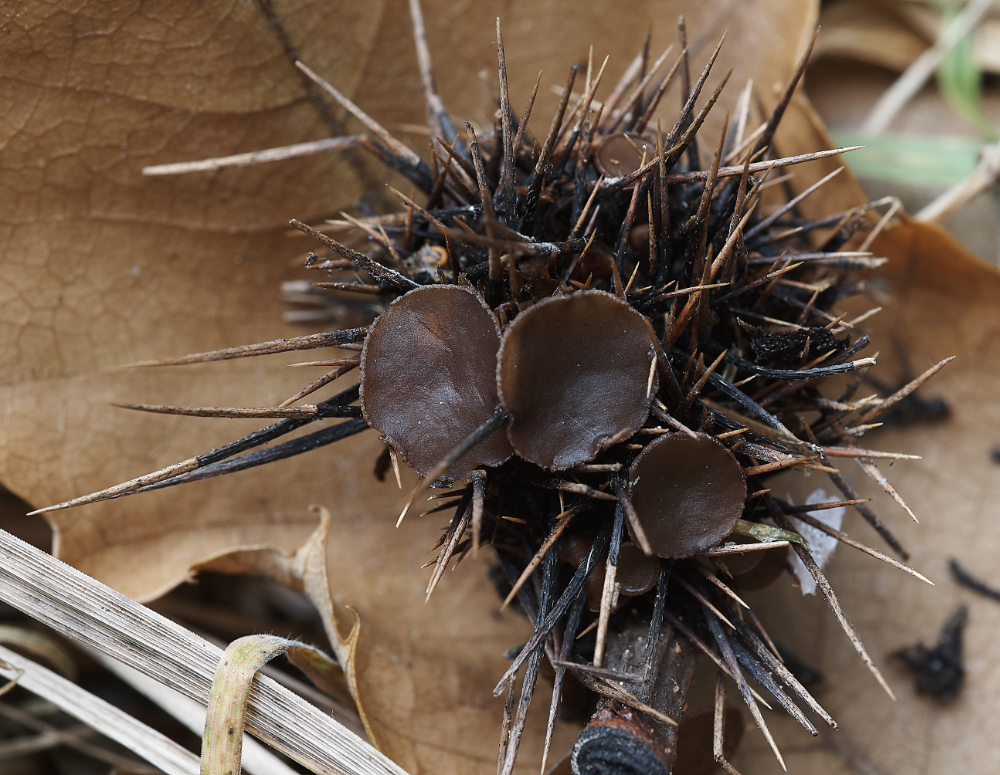
Hairy Nuts Disco (Lanzia echinophila) on Sweet Chestnut (Castanea sativa)
from
First Nature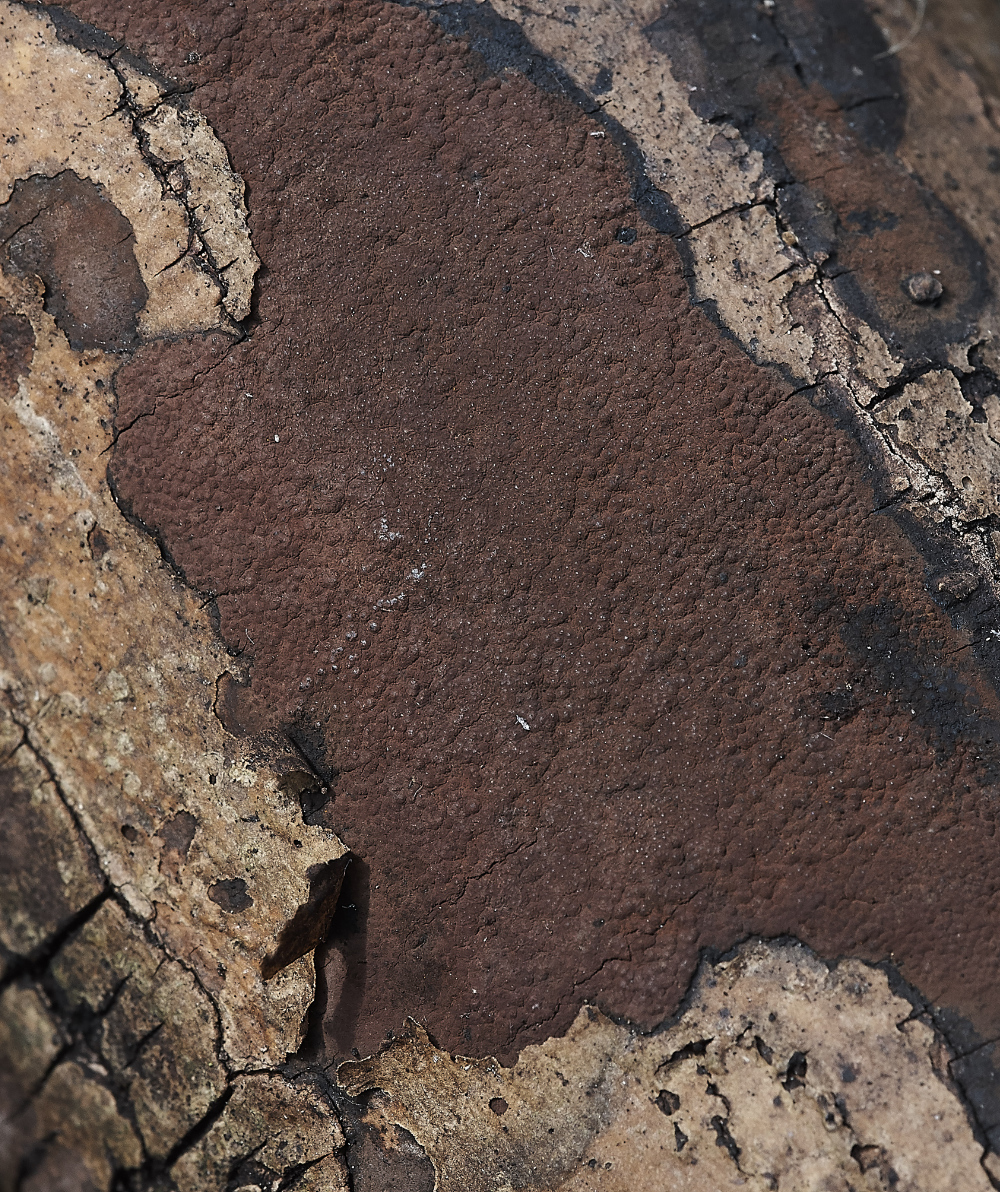


Hypoxylon petrinae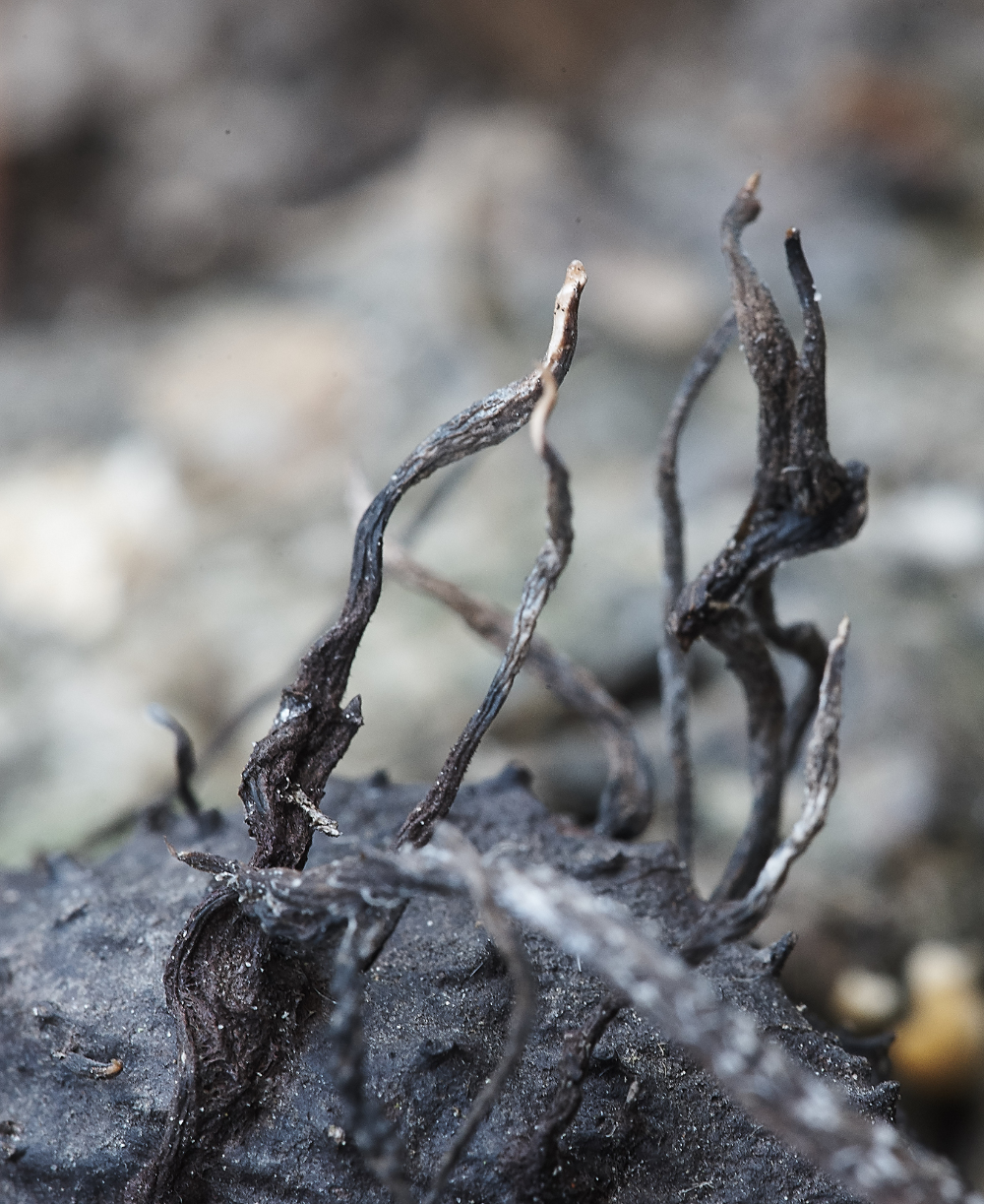
Beech Mast Candle Snuff (Xylaria carpophila)) on Beech Mast (Fagus sylvatica)
from
First Nature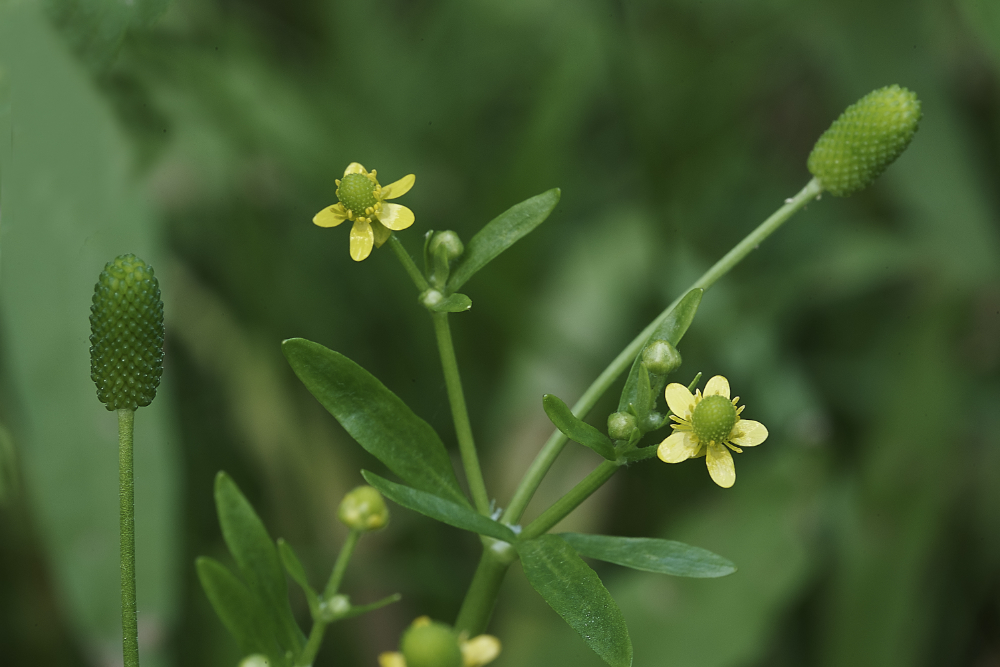
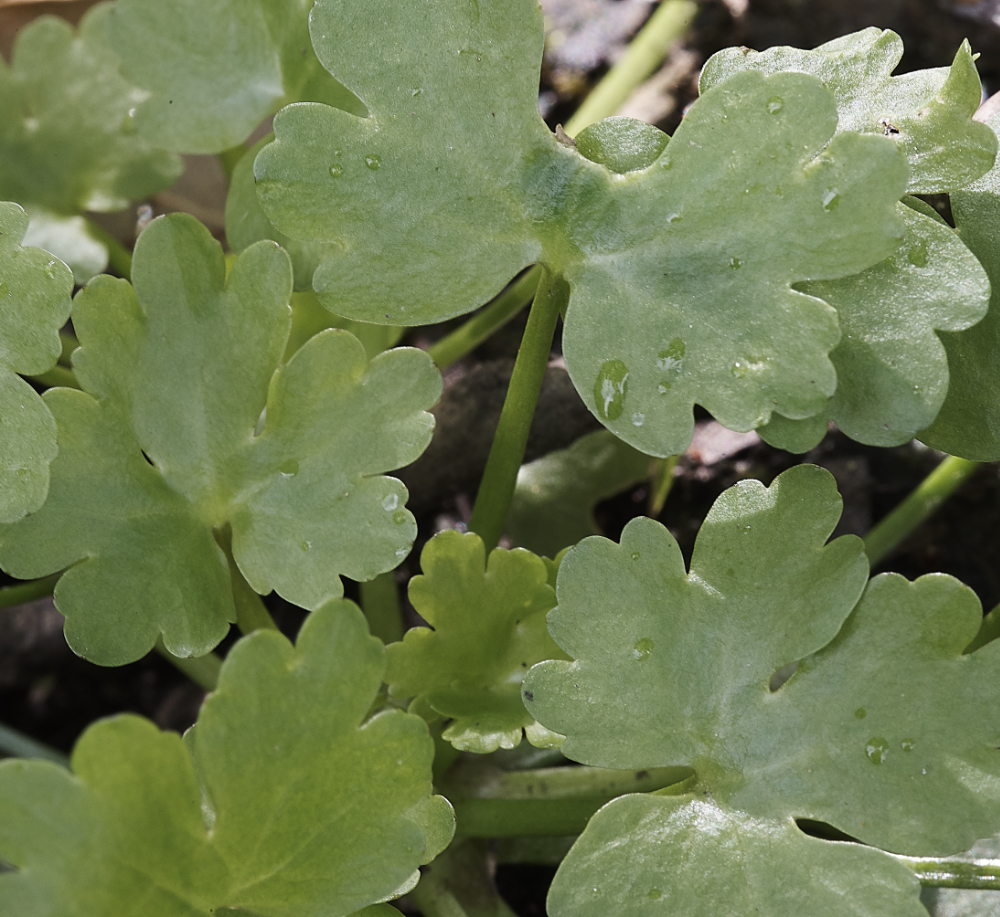
Celery-leaved Buttercup (Ranunculus sceleratus) also had it's own rust but no picture.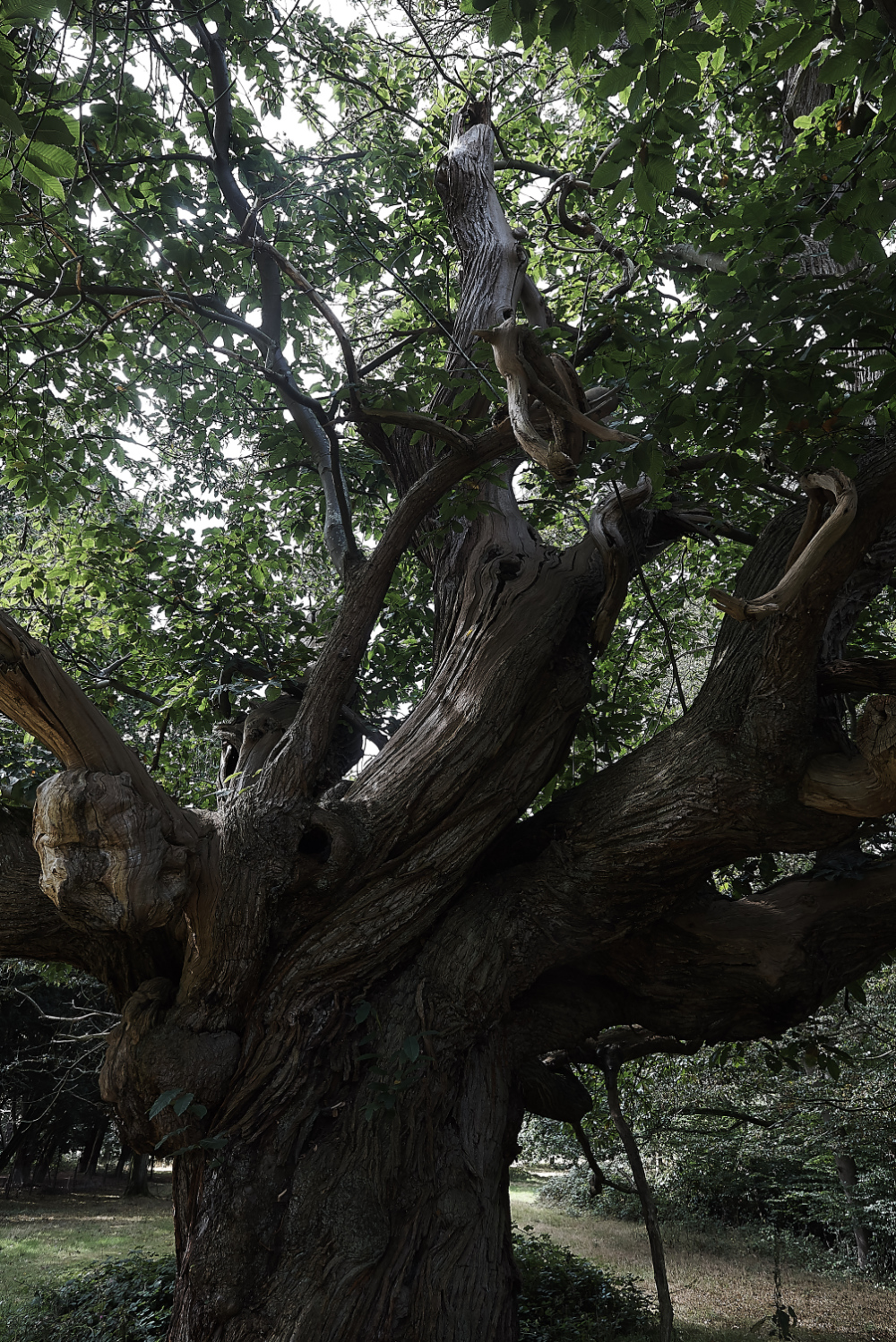
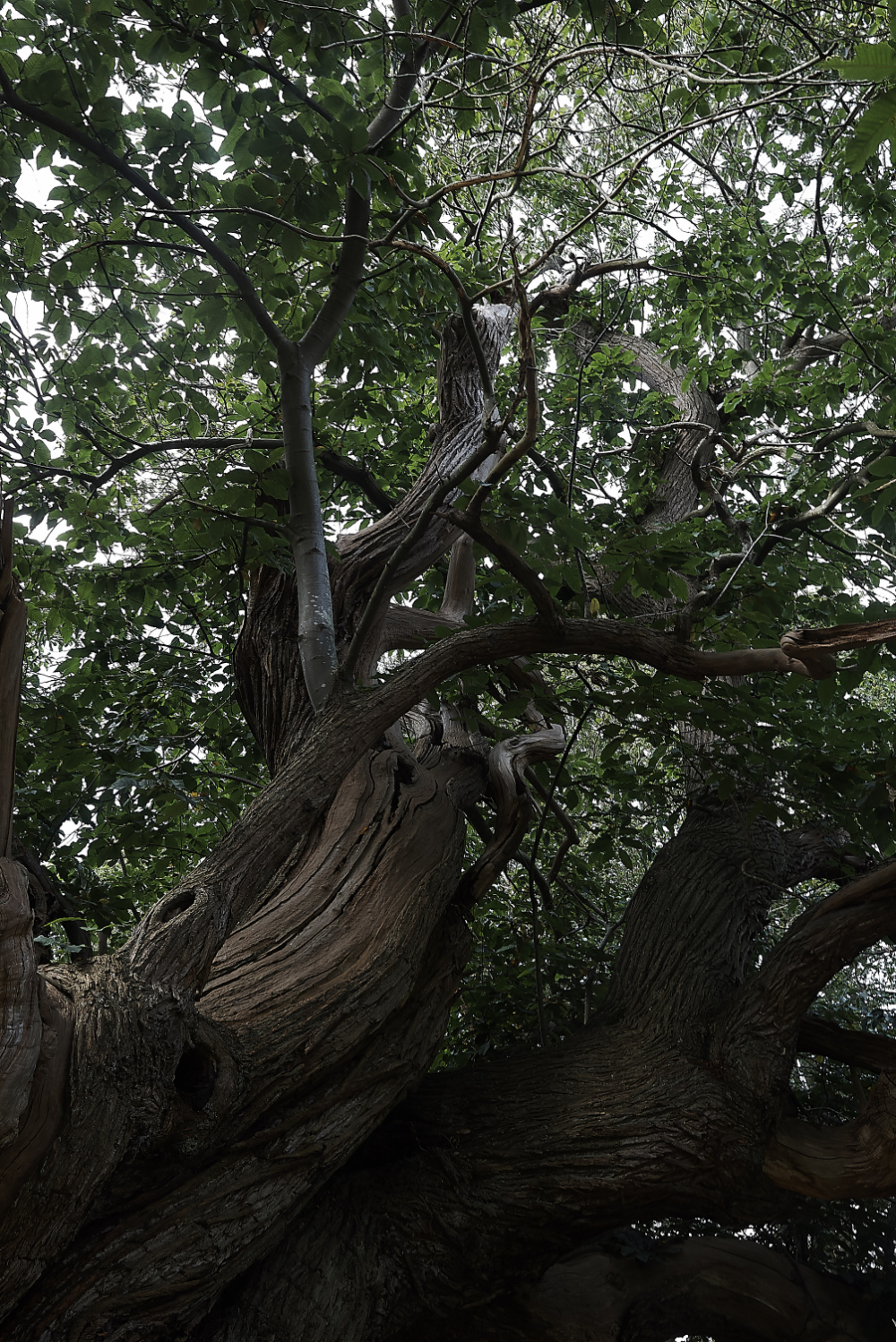
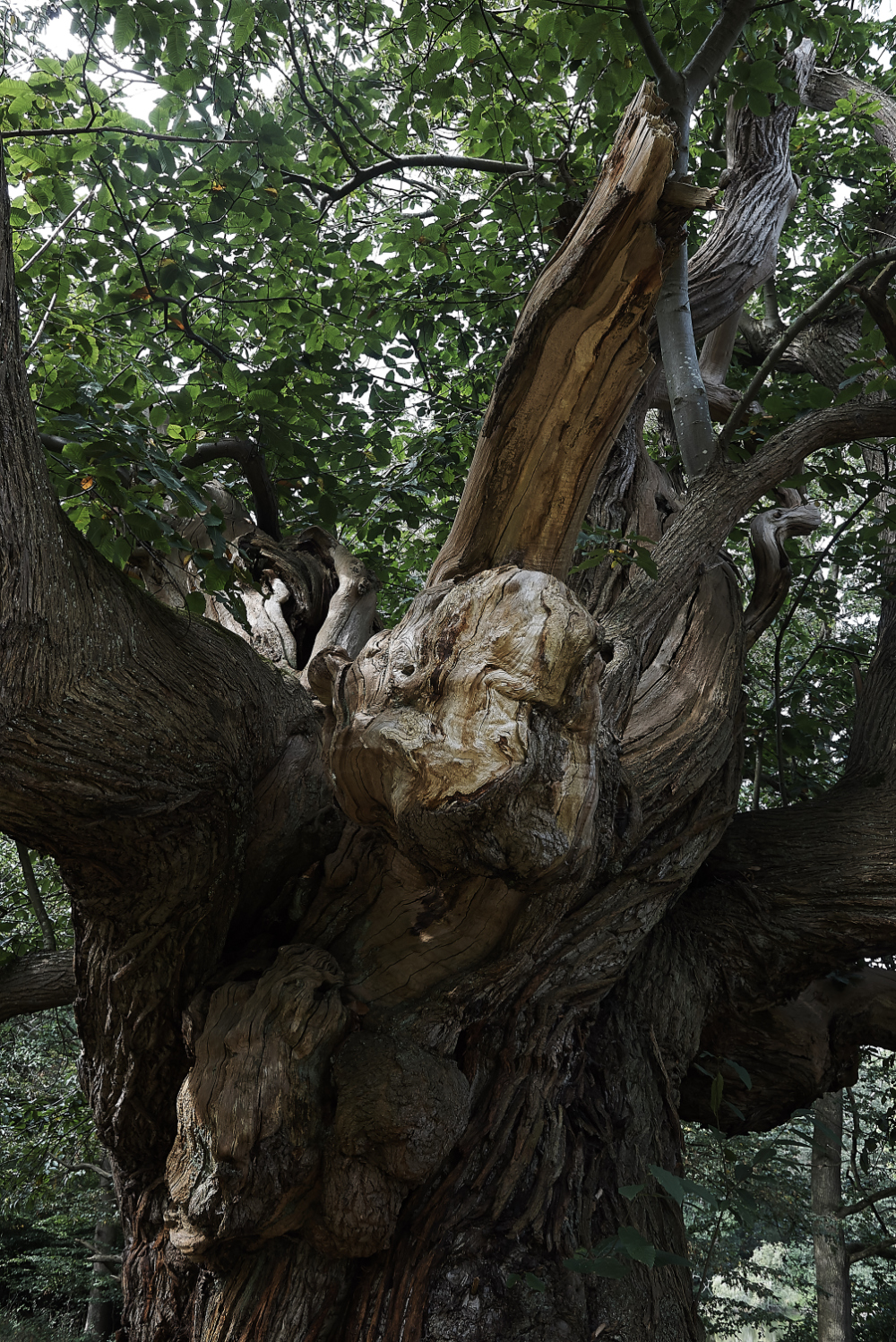
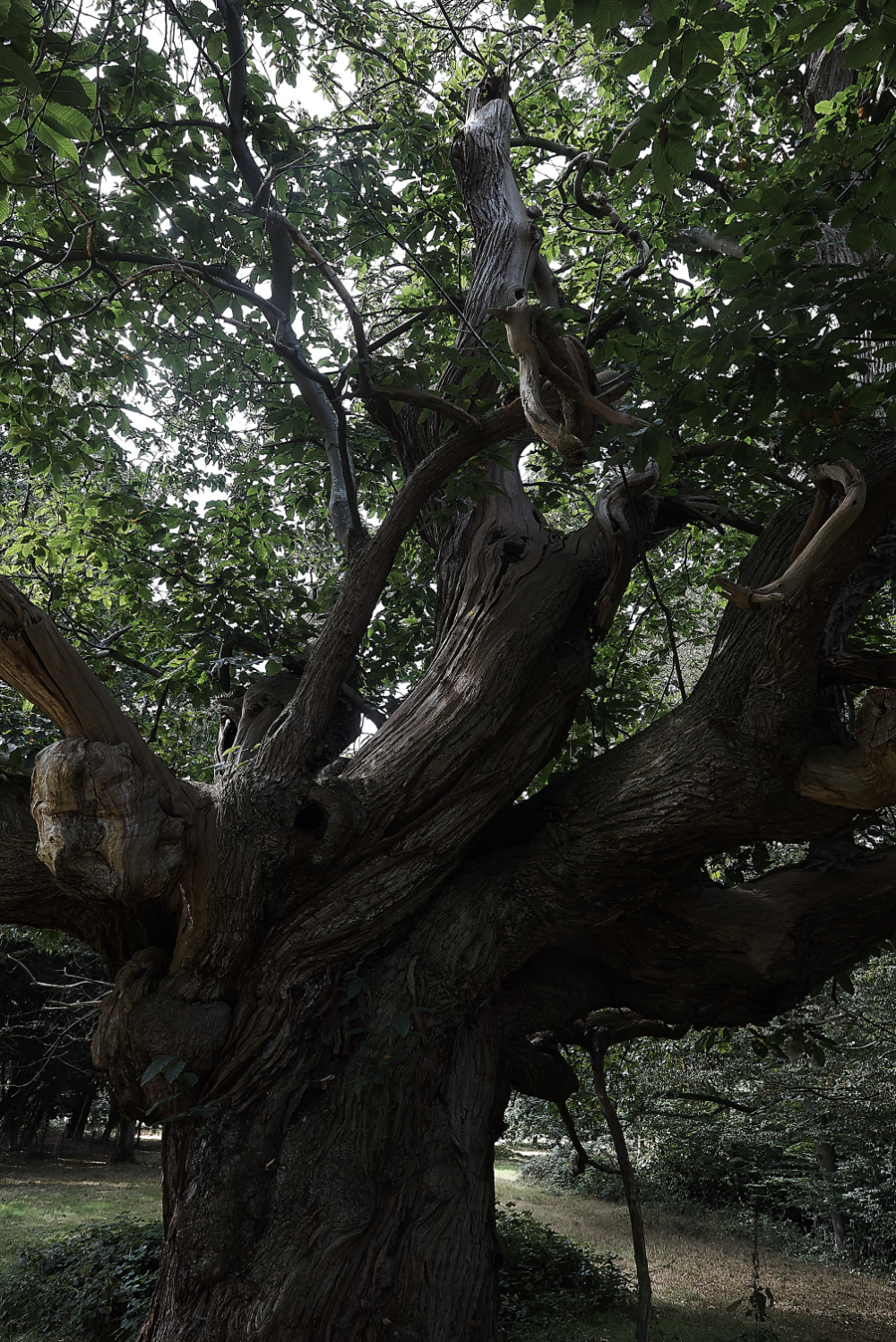
A superb old Sweet Chestnut (Castanea sativa) that must be somewhere between 400-500 years old.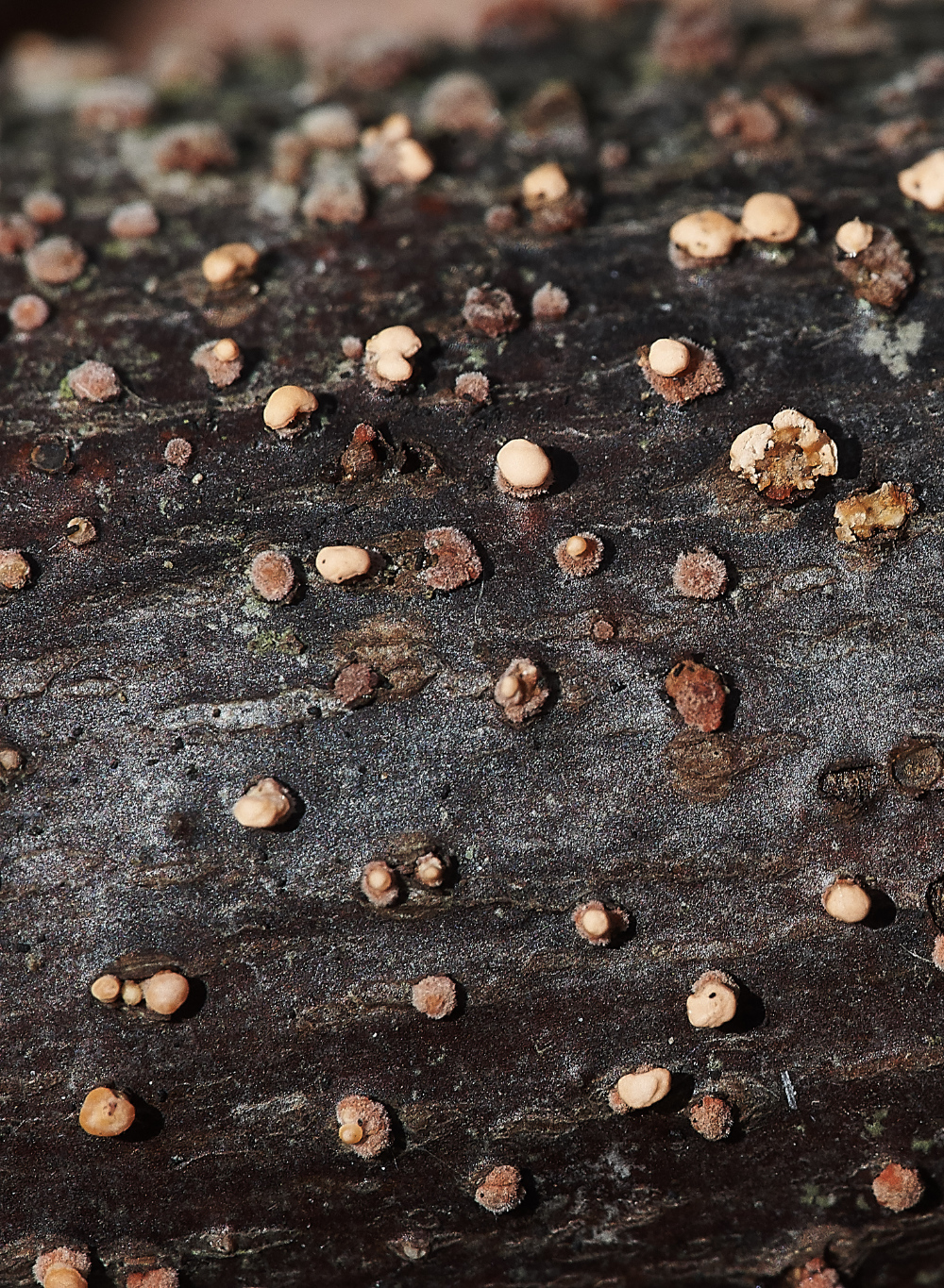

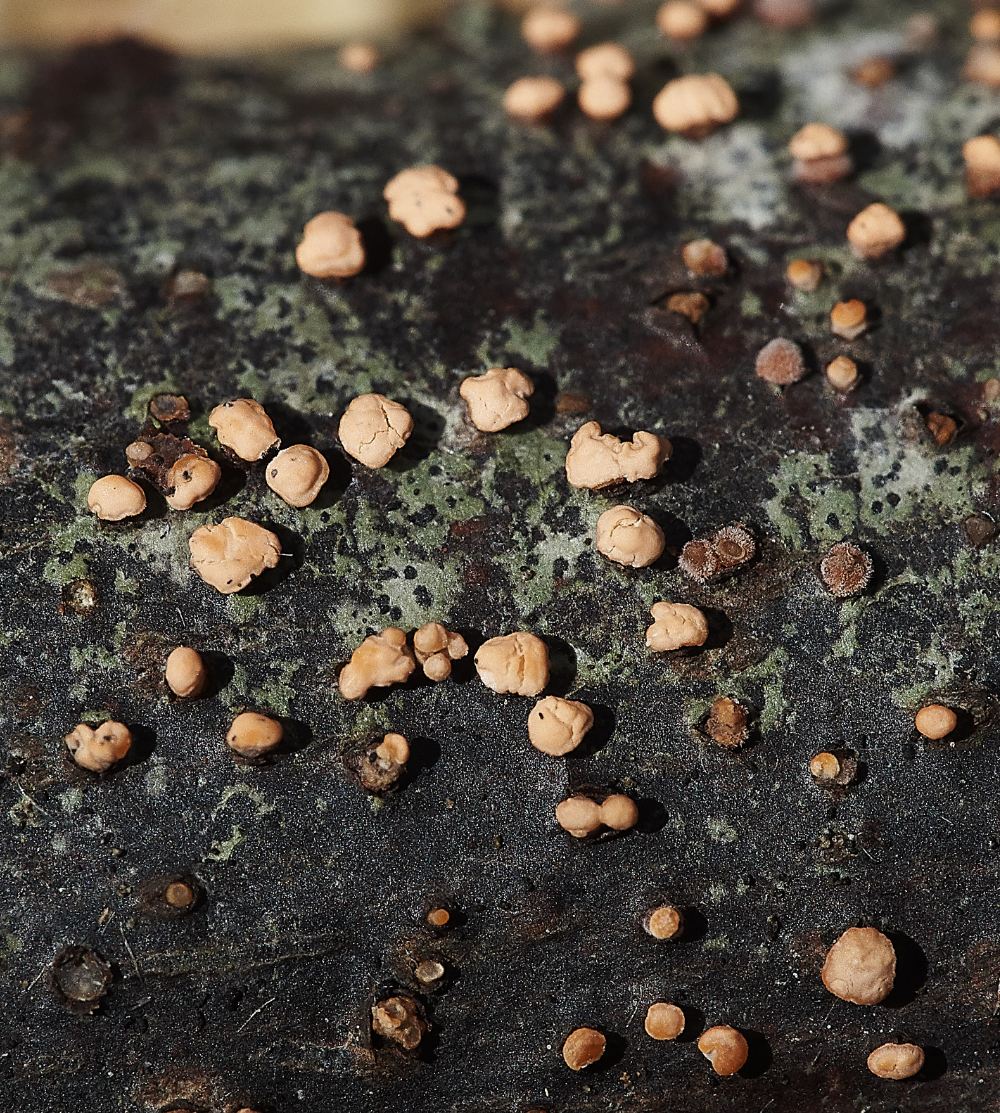
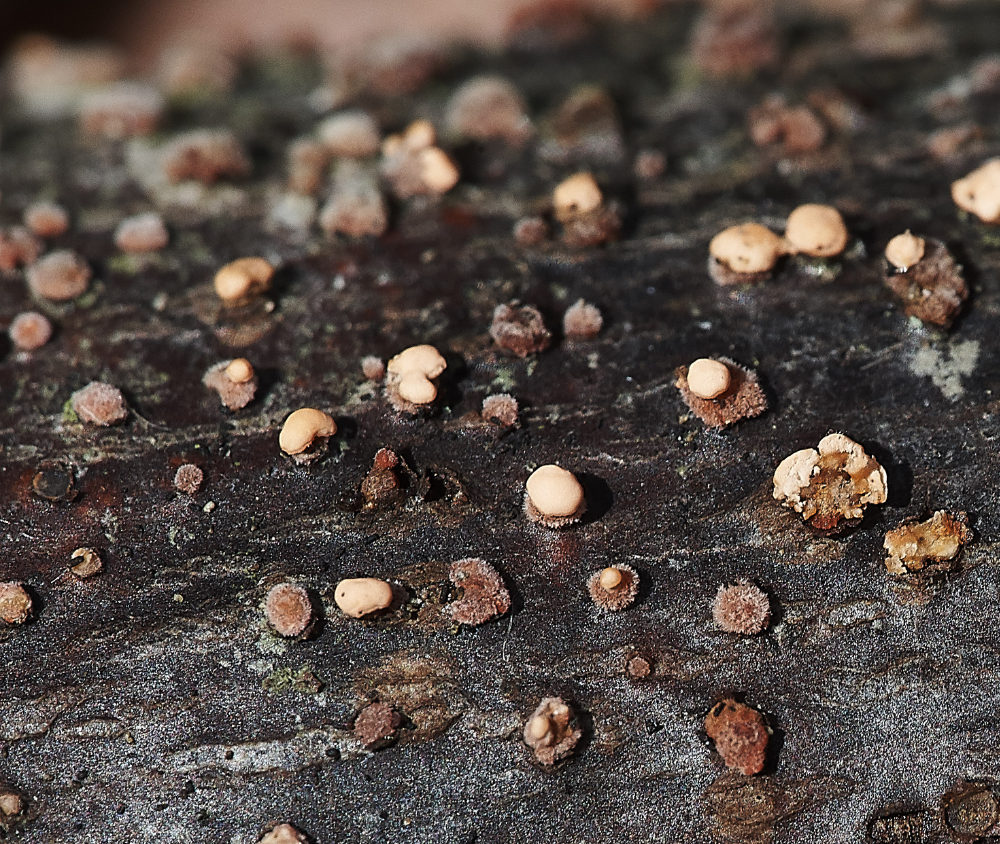
Coral Spot (Nectrina cinnabarina)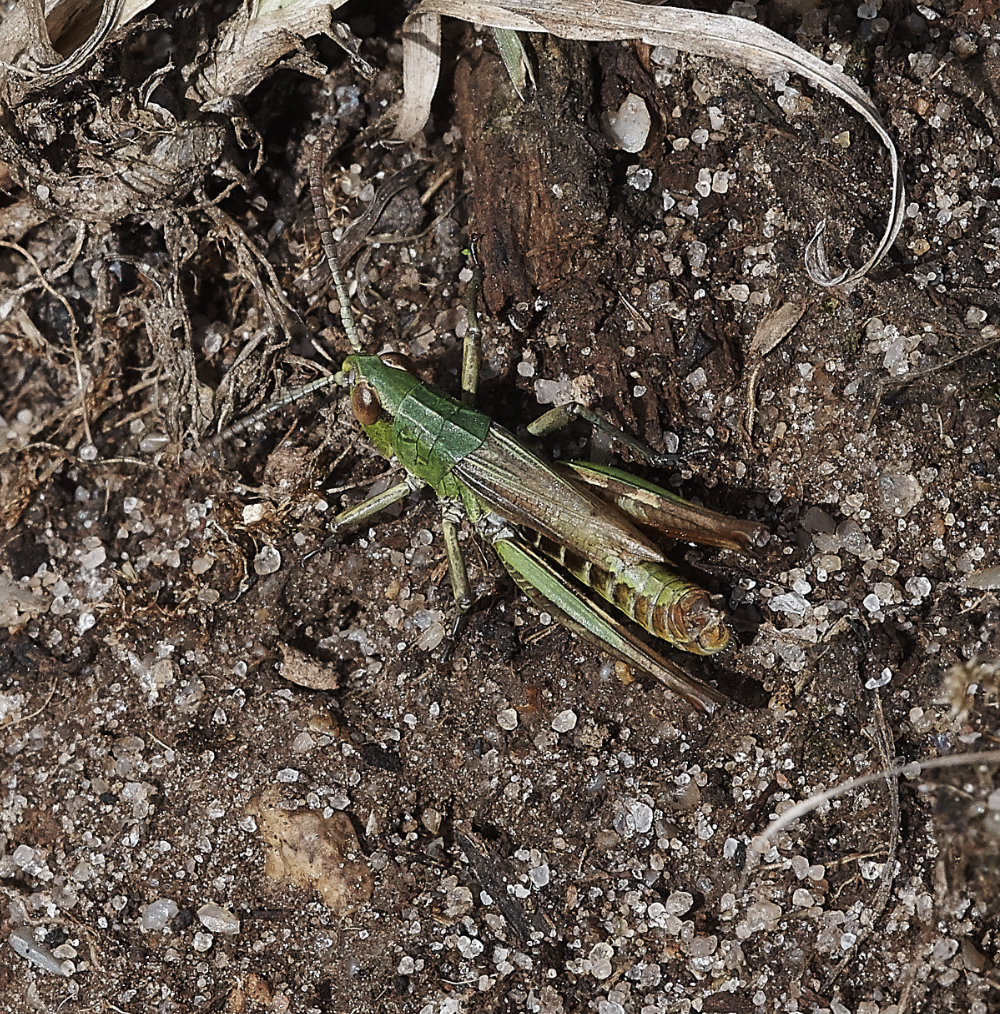
Meadow Grasshopper (Chorthippus parallelus)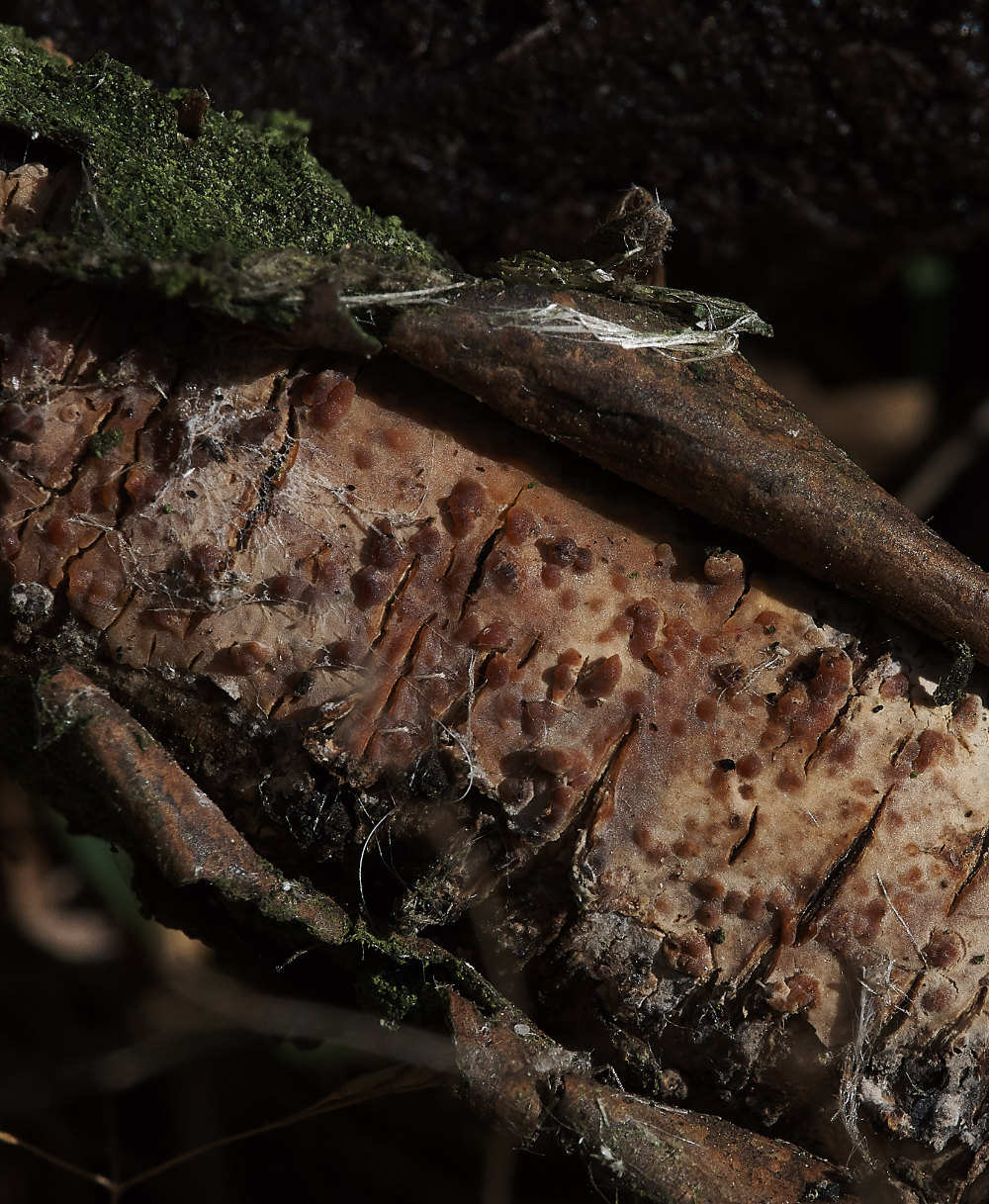
Waxy Crust (Vuilleminia comedens)
Notice the bark peeling away as the fungus advances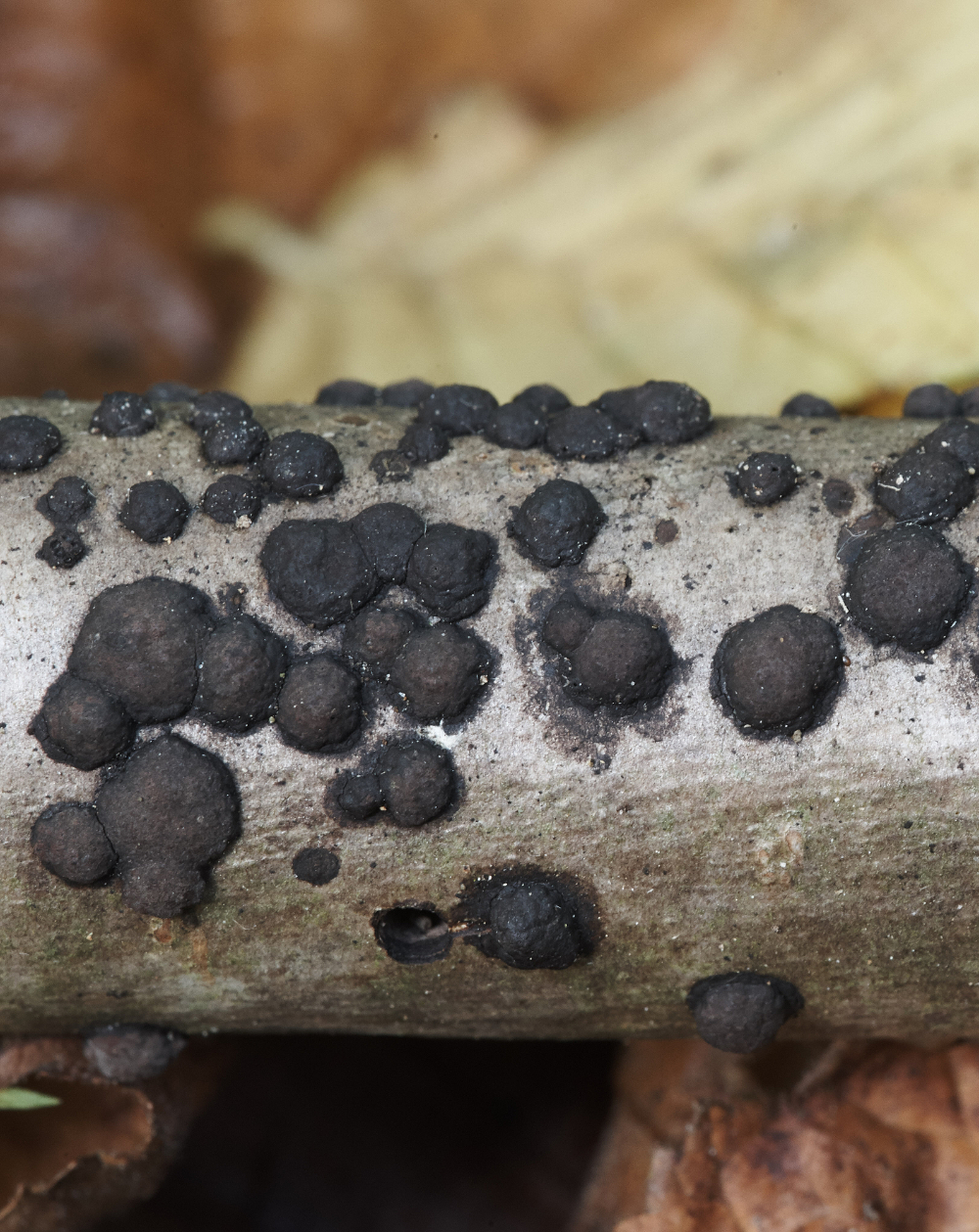
Hazel Woodwort (Hypoxylon fuscum)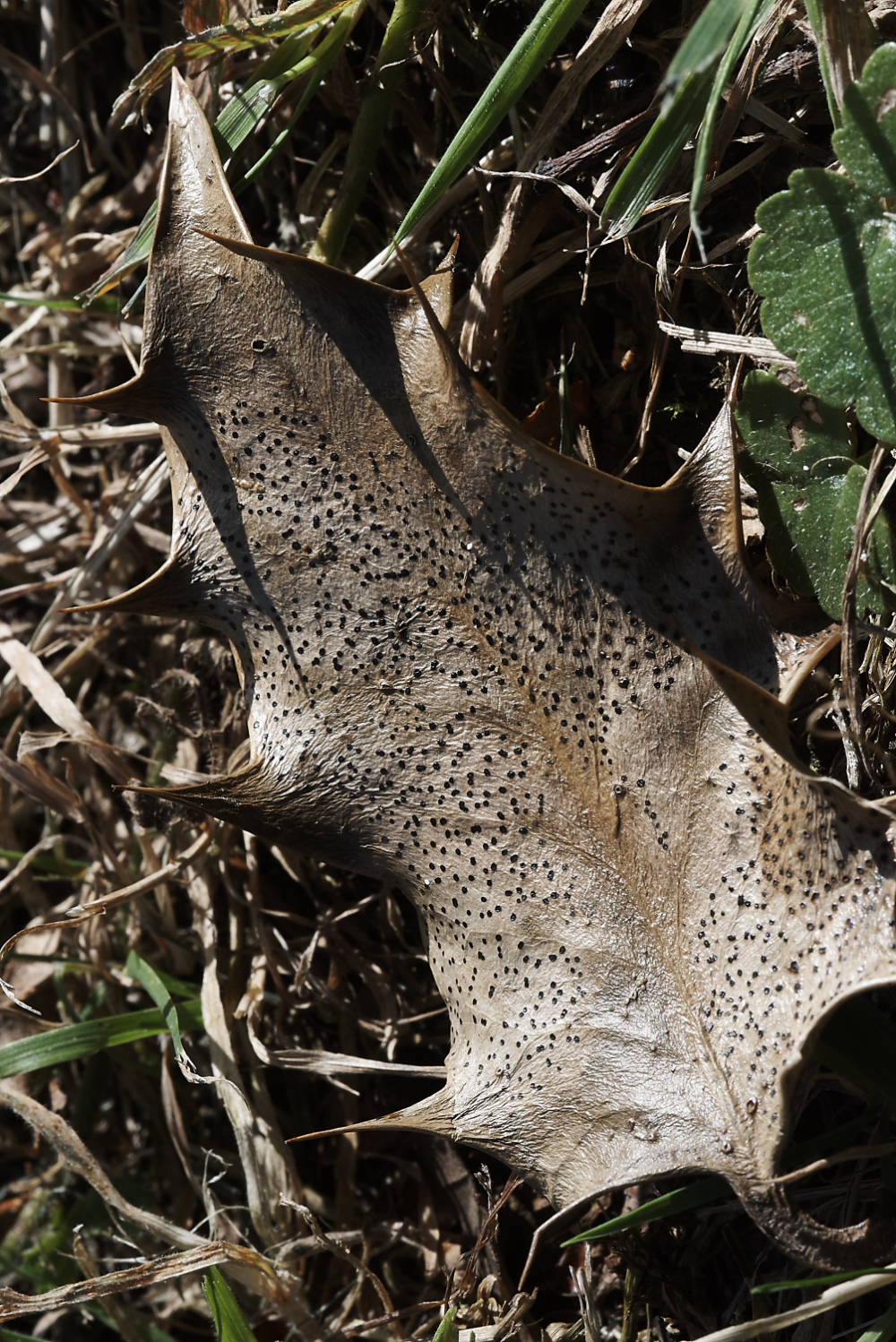
Holly Spreckle (Trochila ilicina)
from
Naturespot
Syrphus SP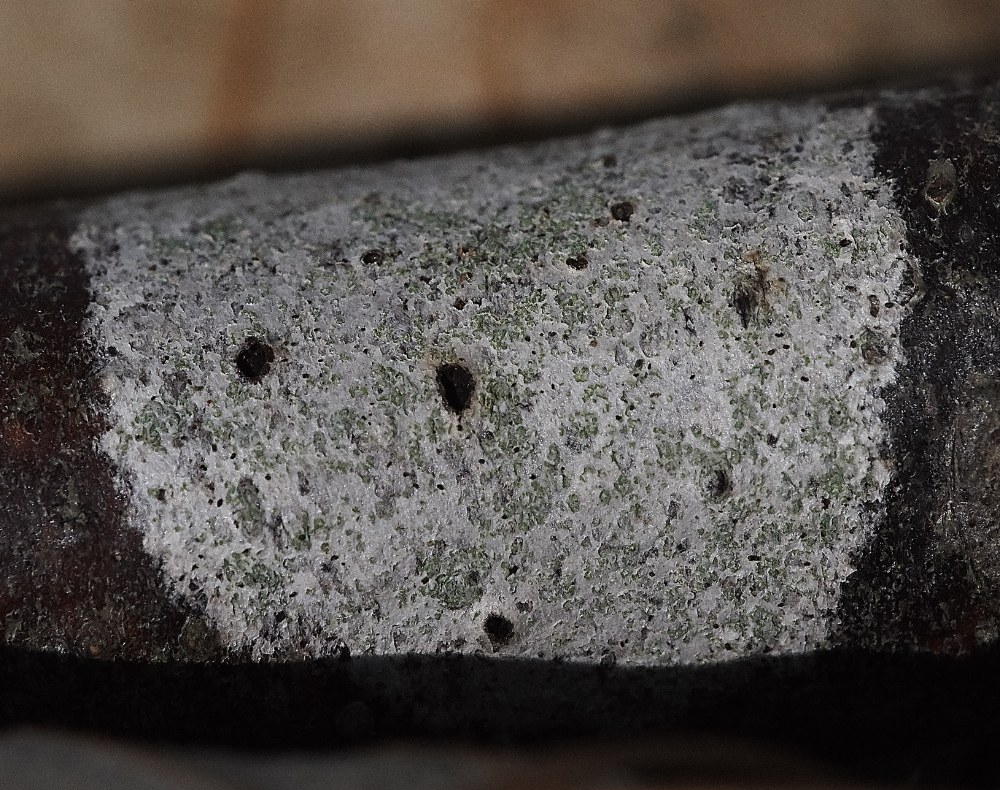
Lichen Sp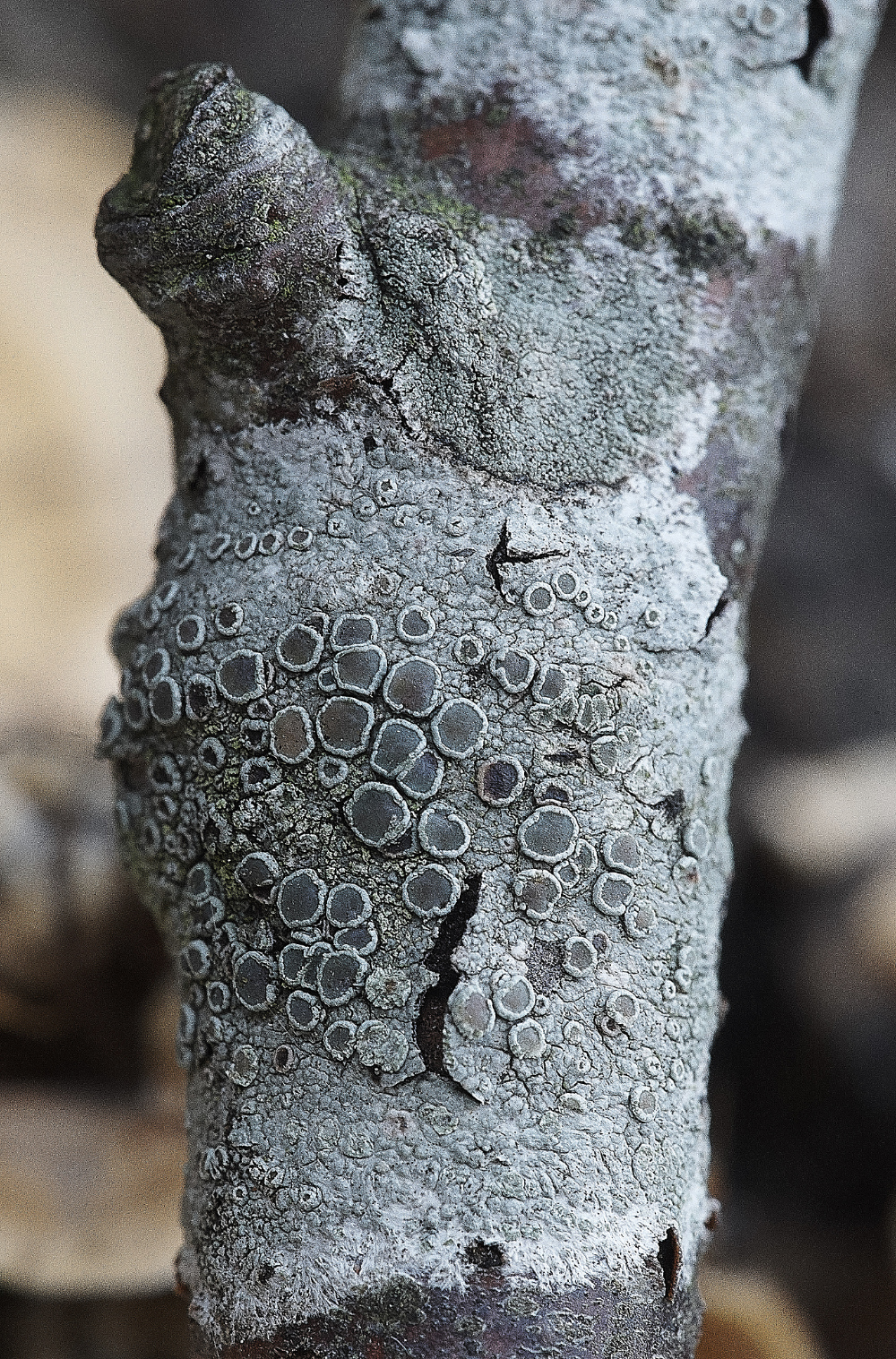
Lichen Sp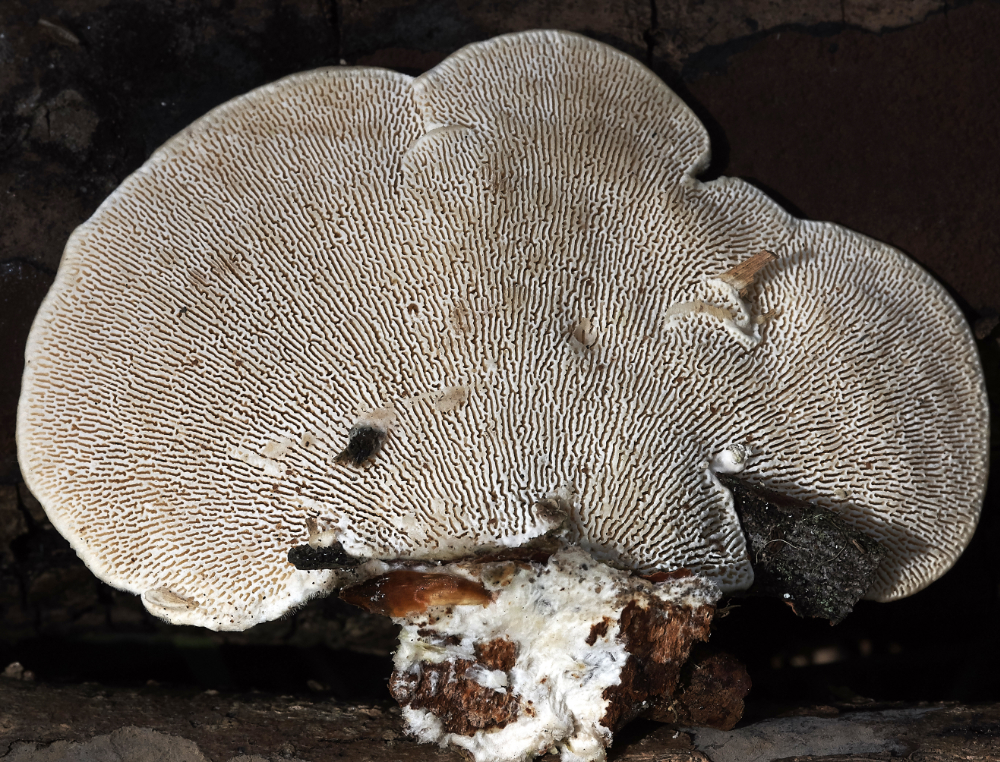

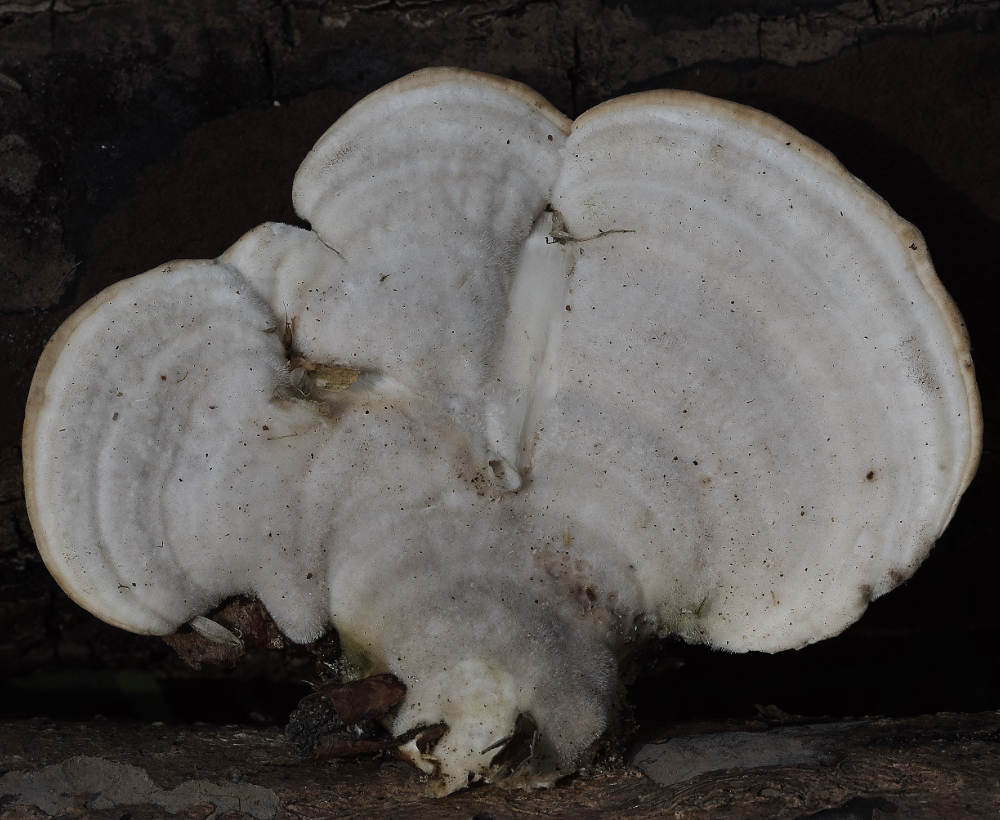
Lumpy Bracket (Trametes gibbosa)
from
First Nature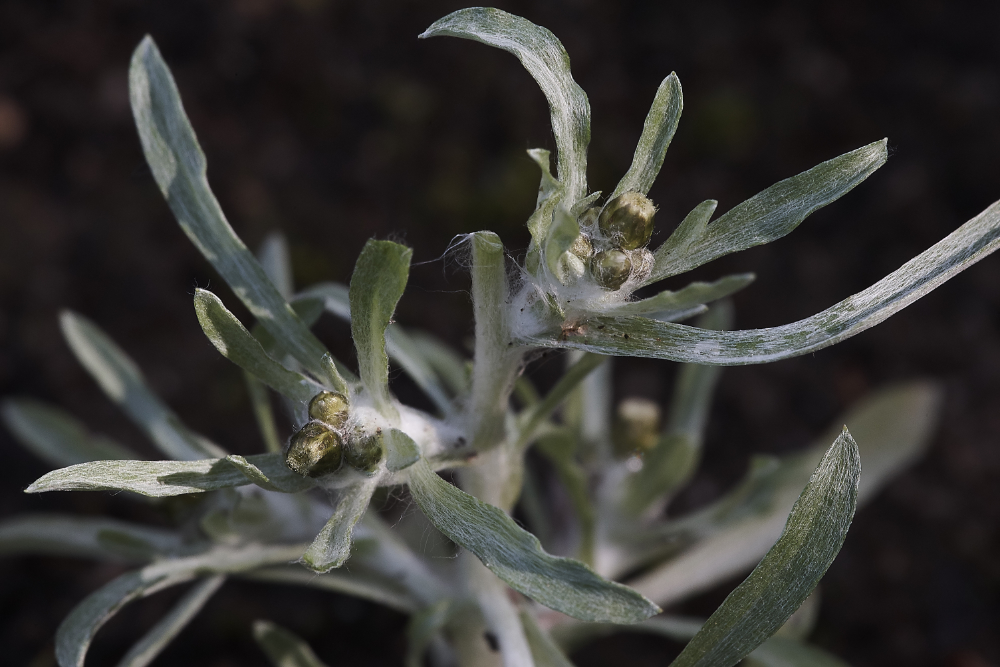
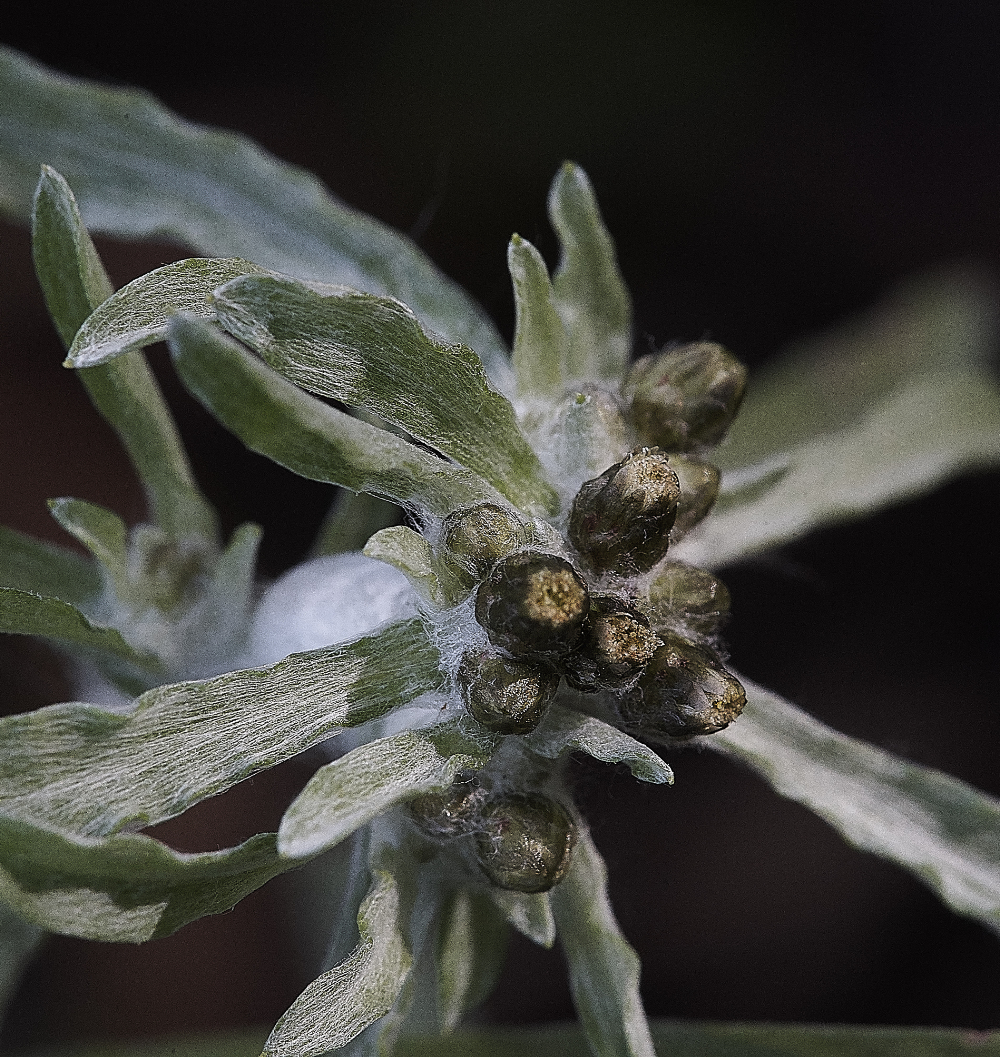
Marsh Cudweed (Gnaphalium uliginosum)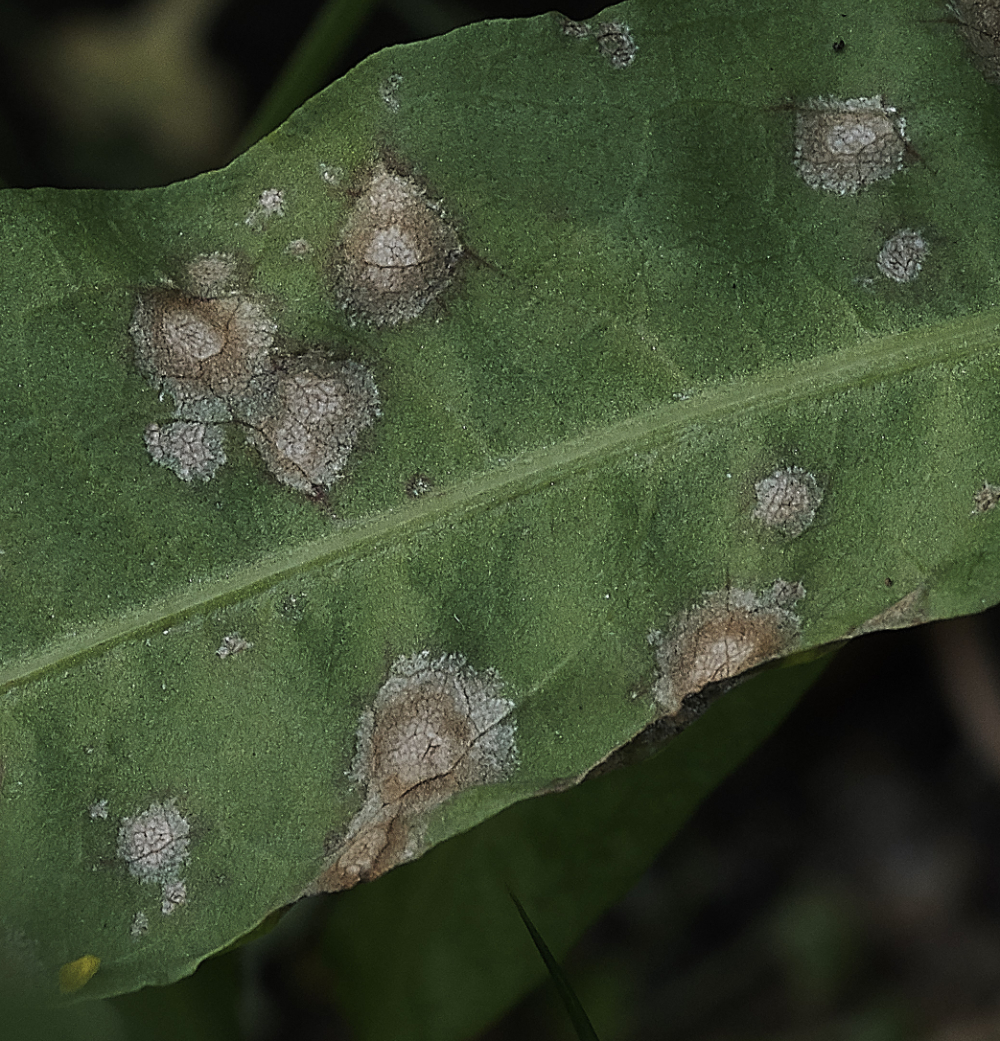
Marsh Dock (Rumex palustris)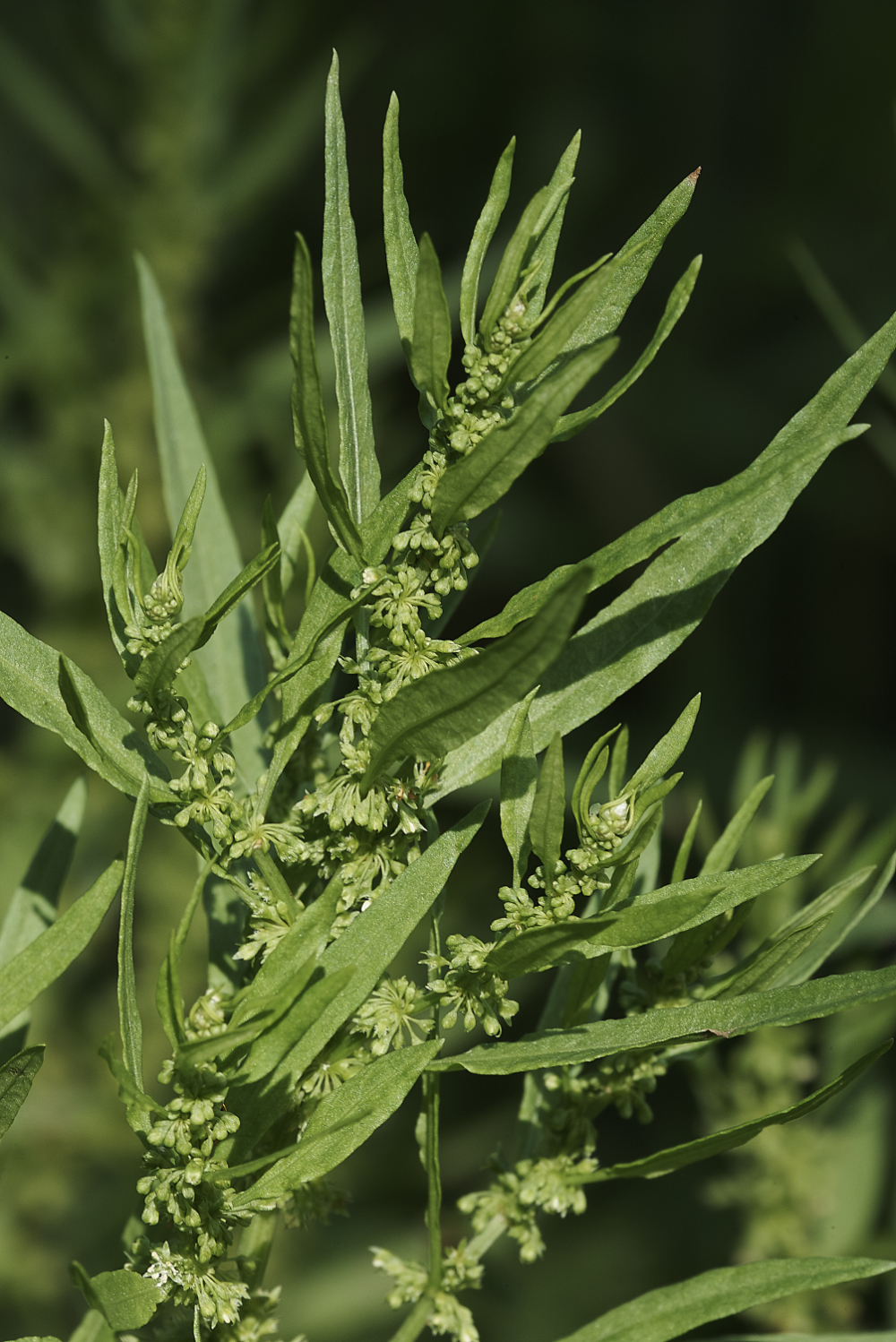
Marsh Dock and associated fungus Ramularia rubella?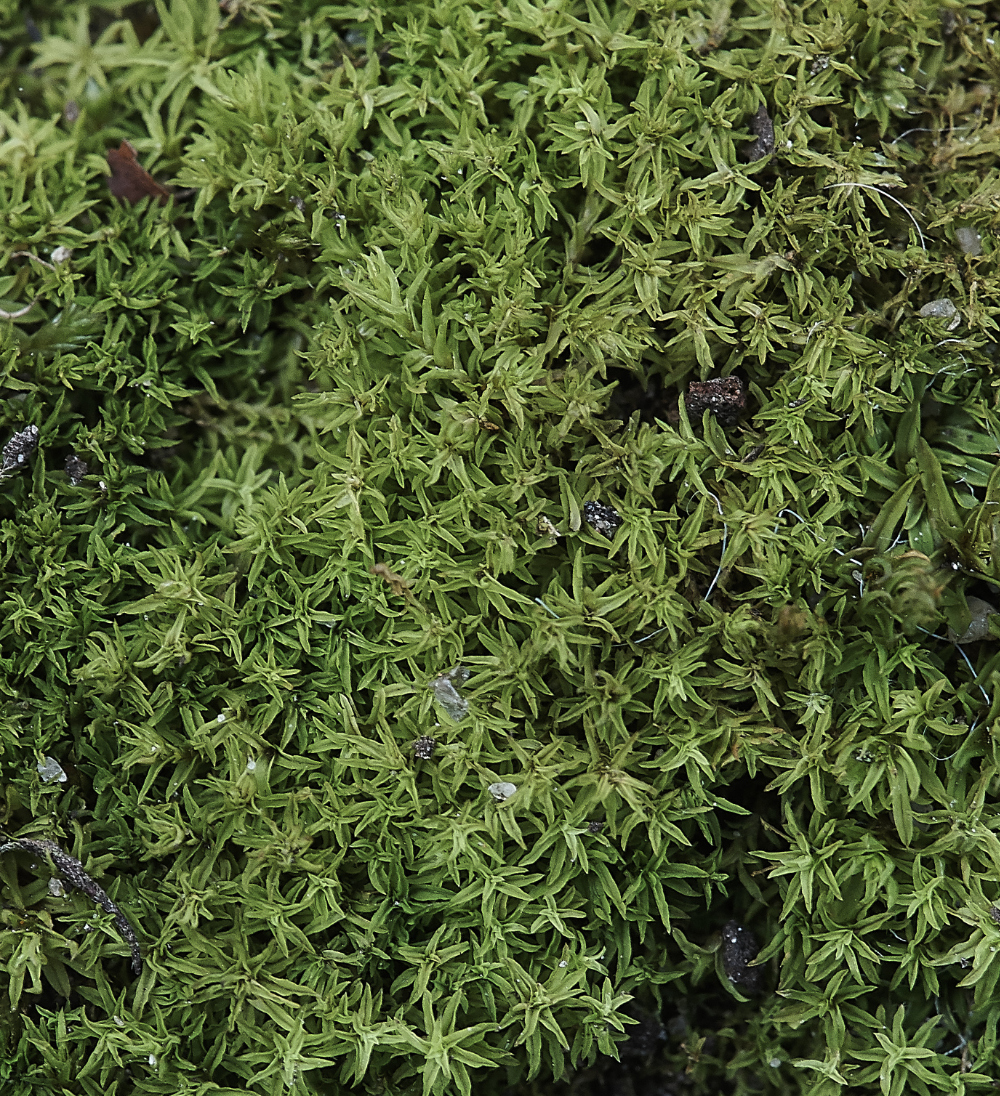
Lesser Bird's-claw Beard-moss (Barbula convoluta)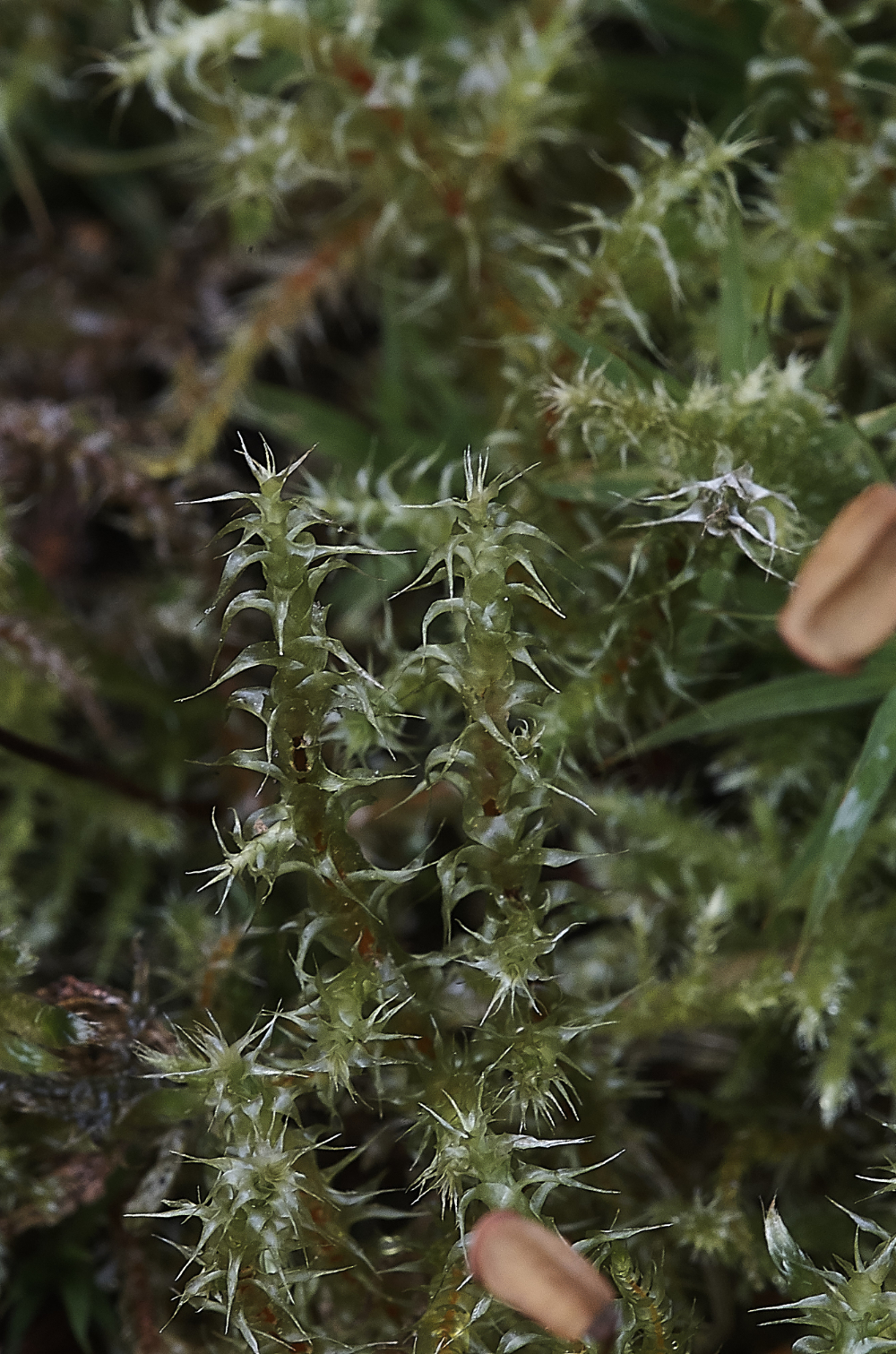
Springy Turf-moss (Rhytidiadelphus squarrosus)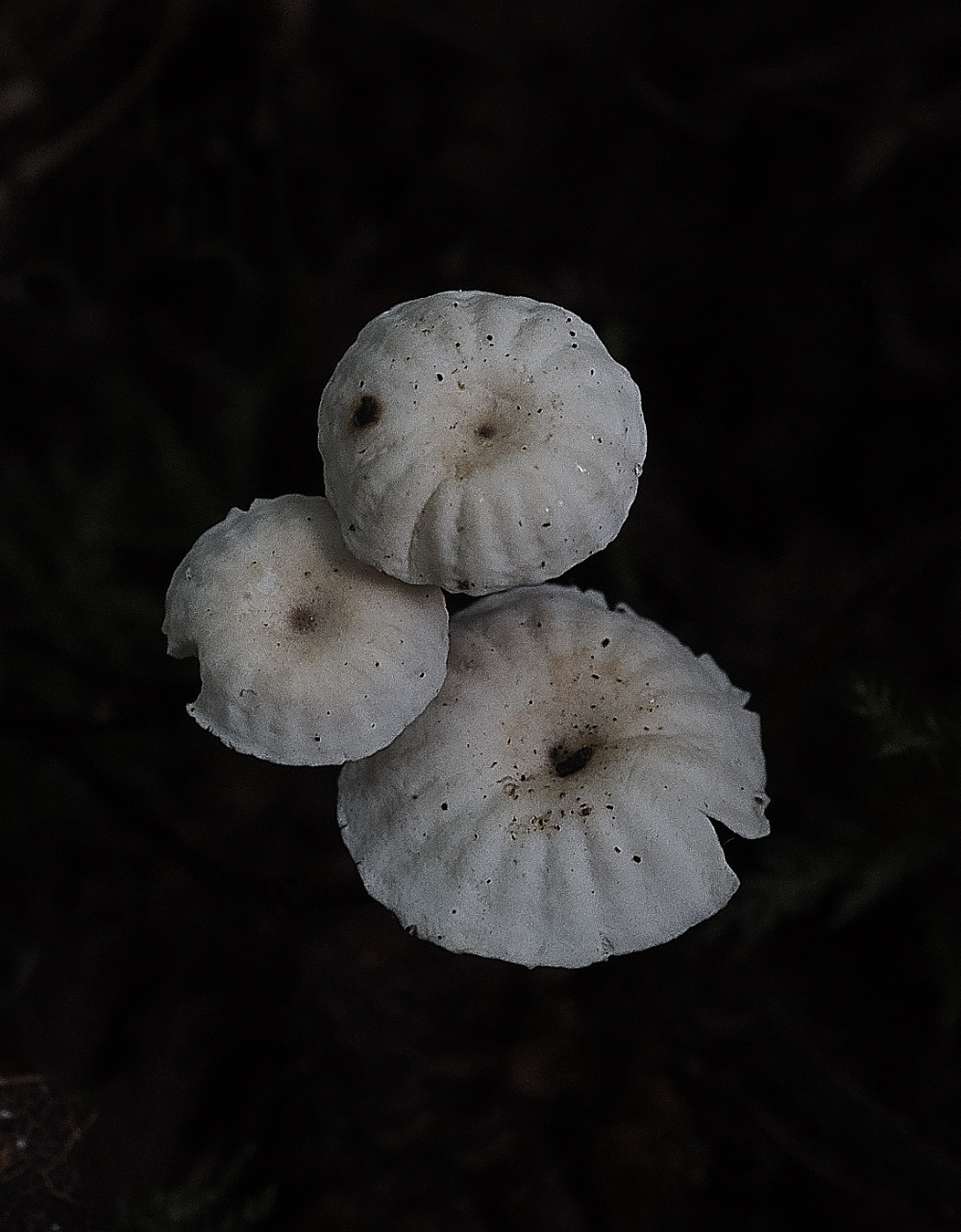
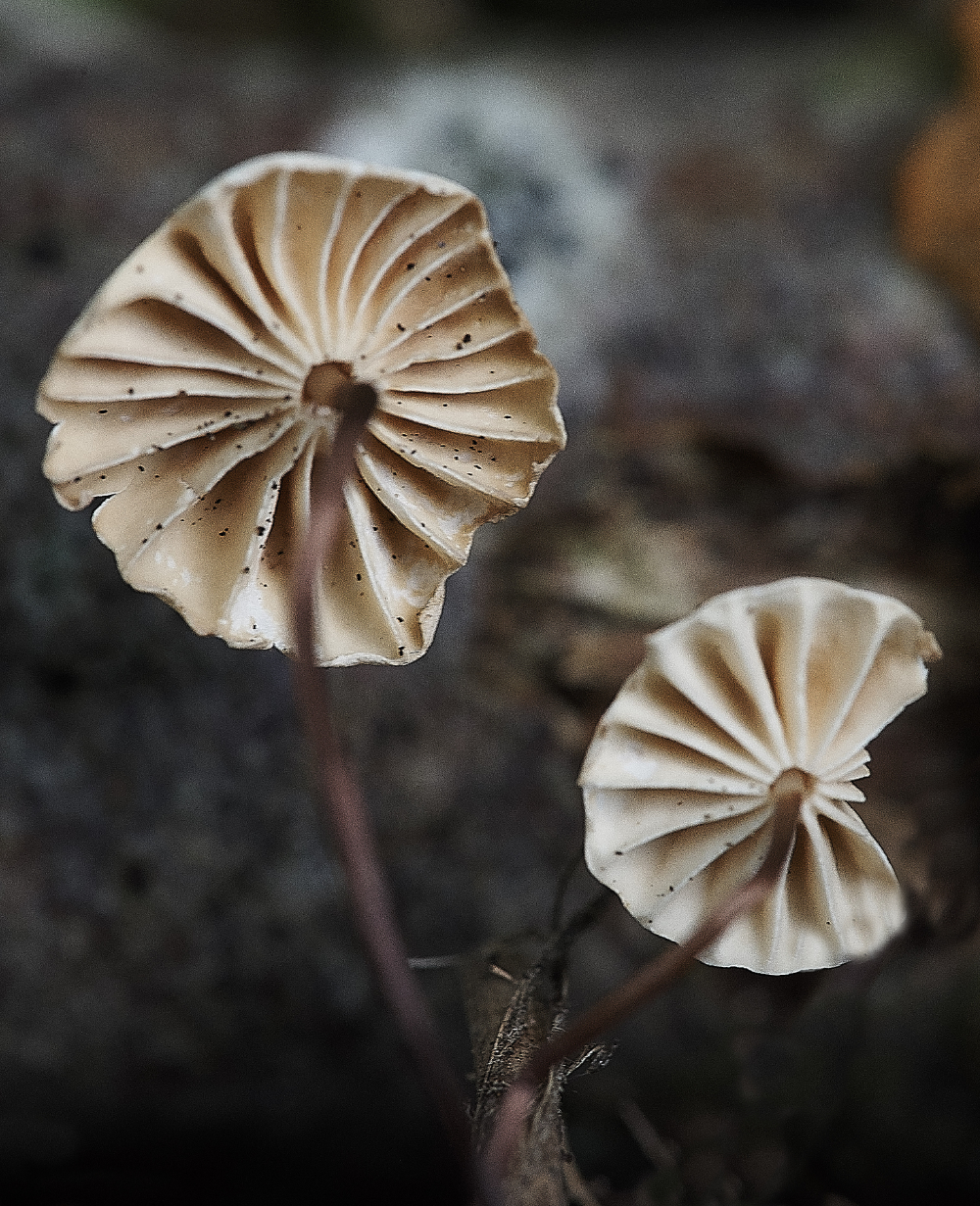
Collared Parachute Mushroom (Marasmius rotula)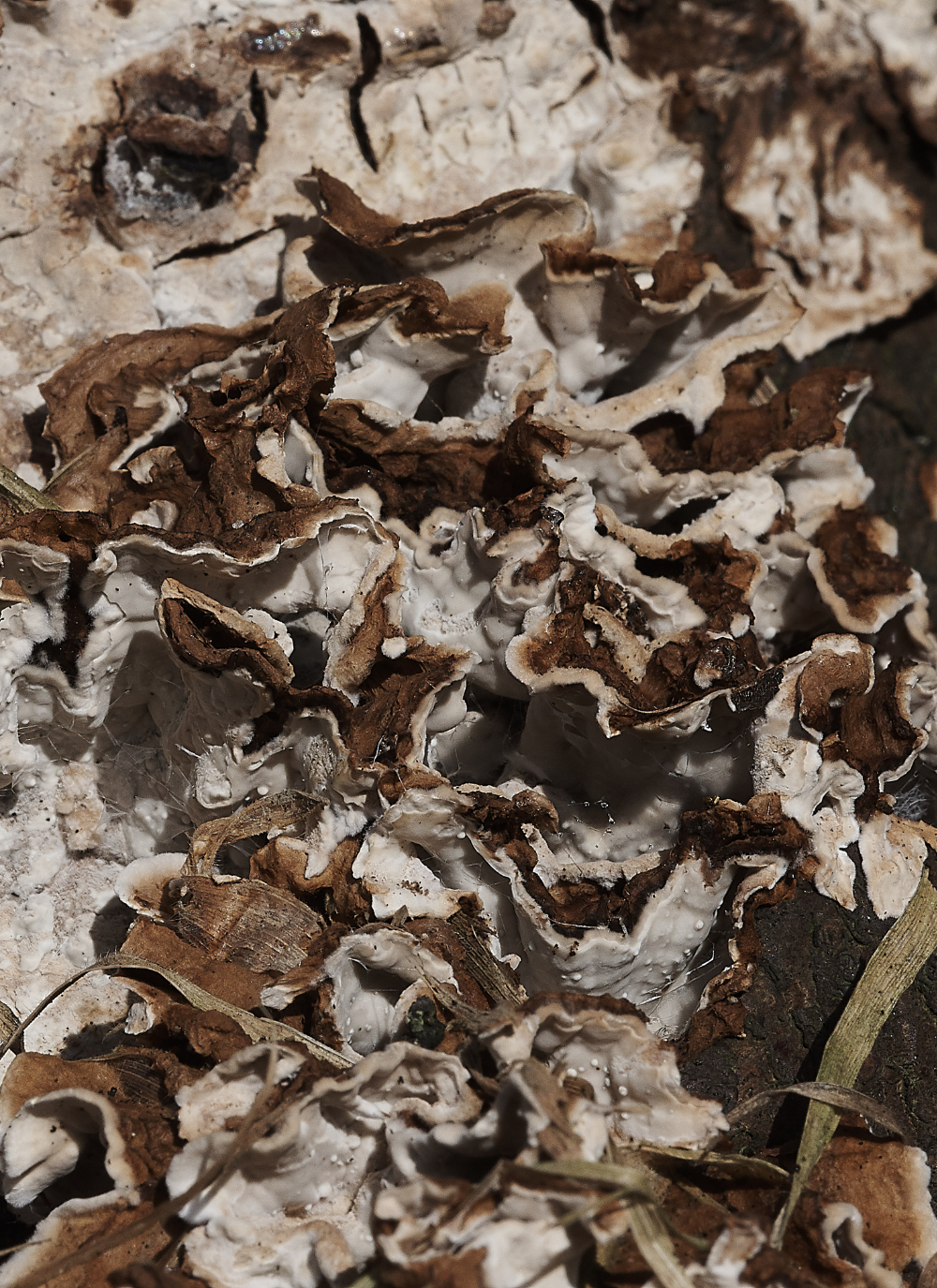
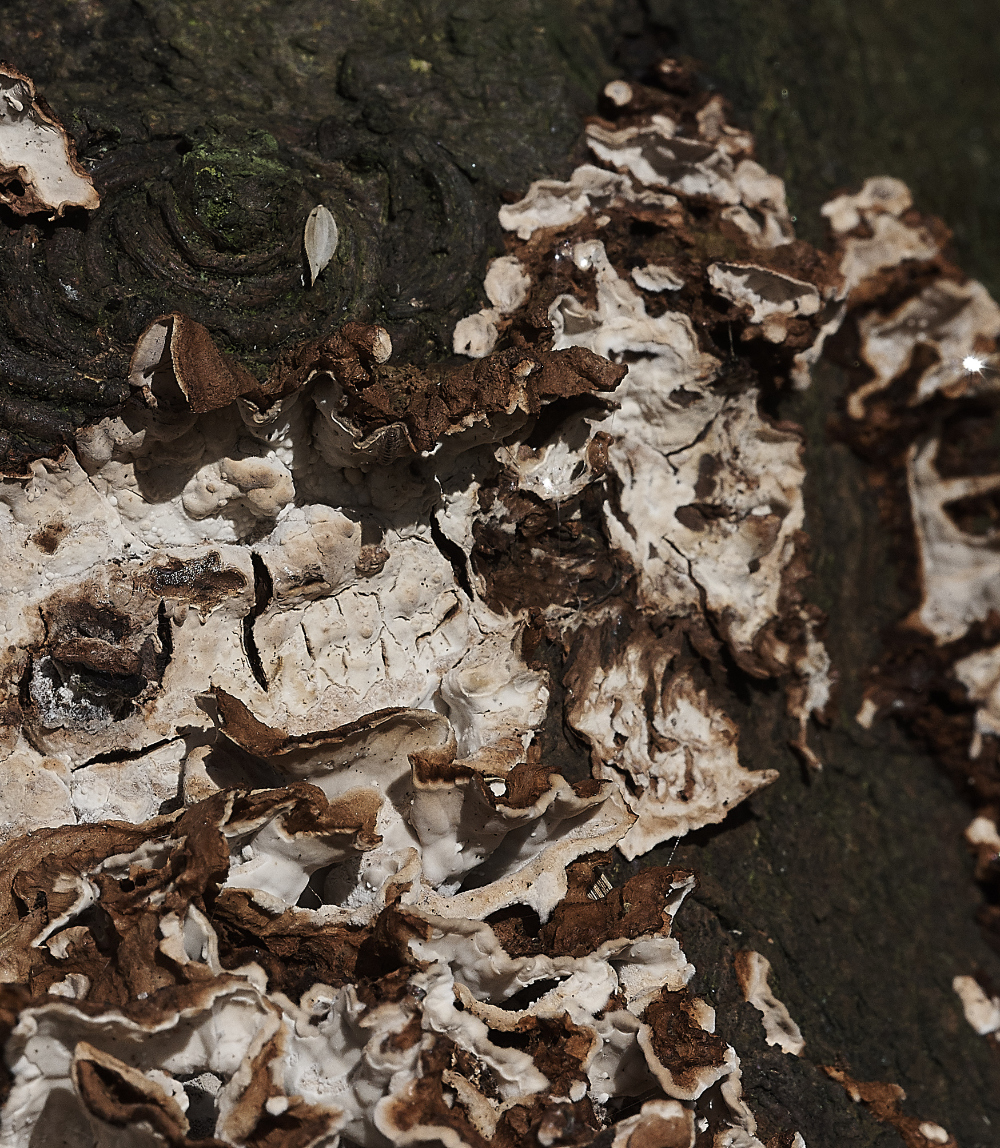
?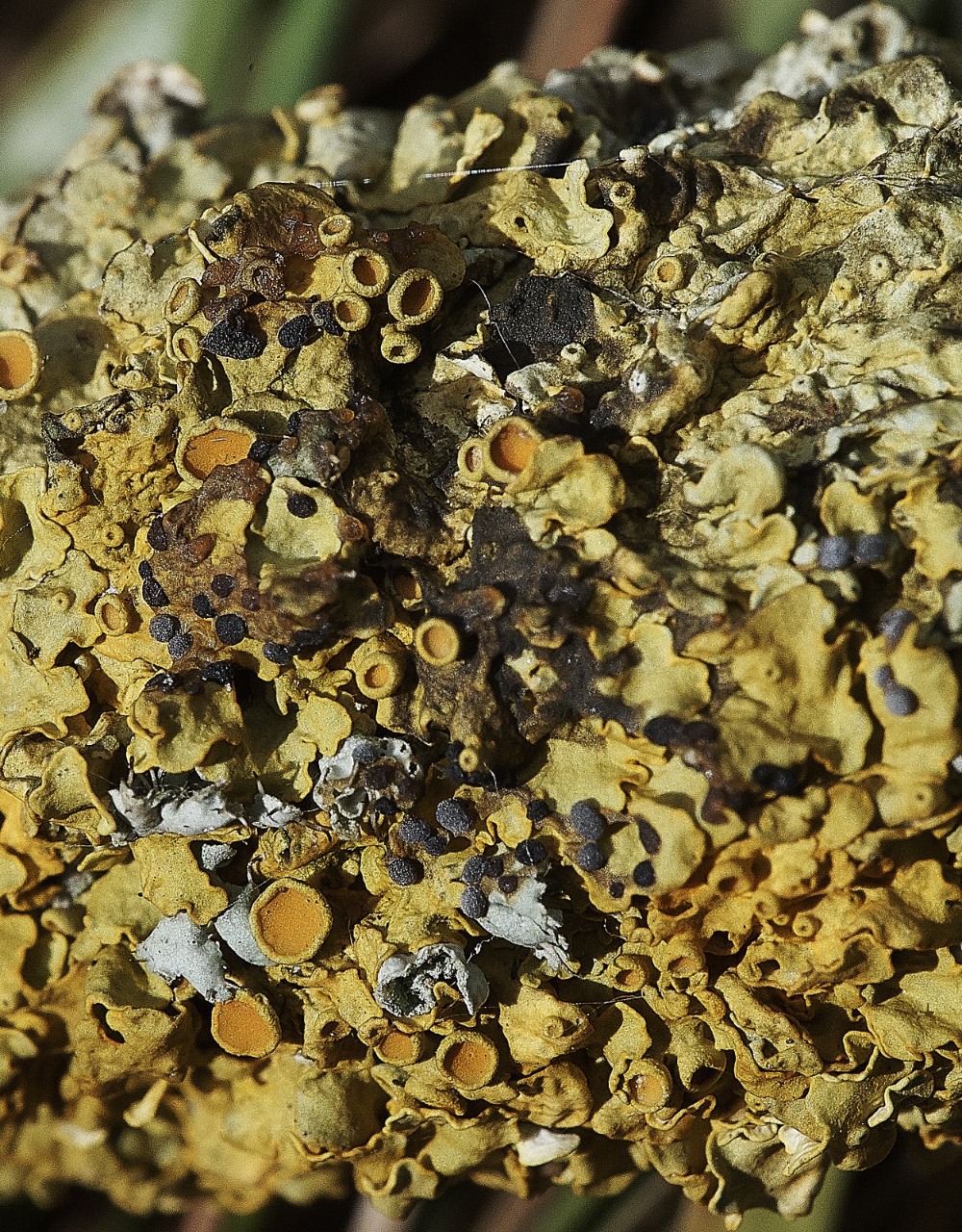
Black Fungus Sp ? on Maritime Sunburst Lichen (Xanthoria parietina)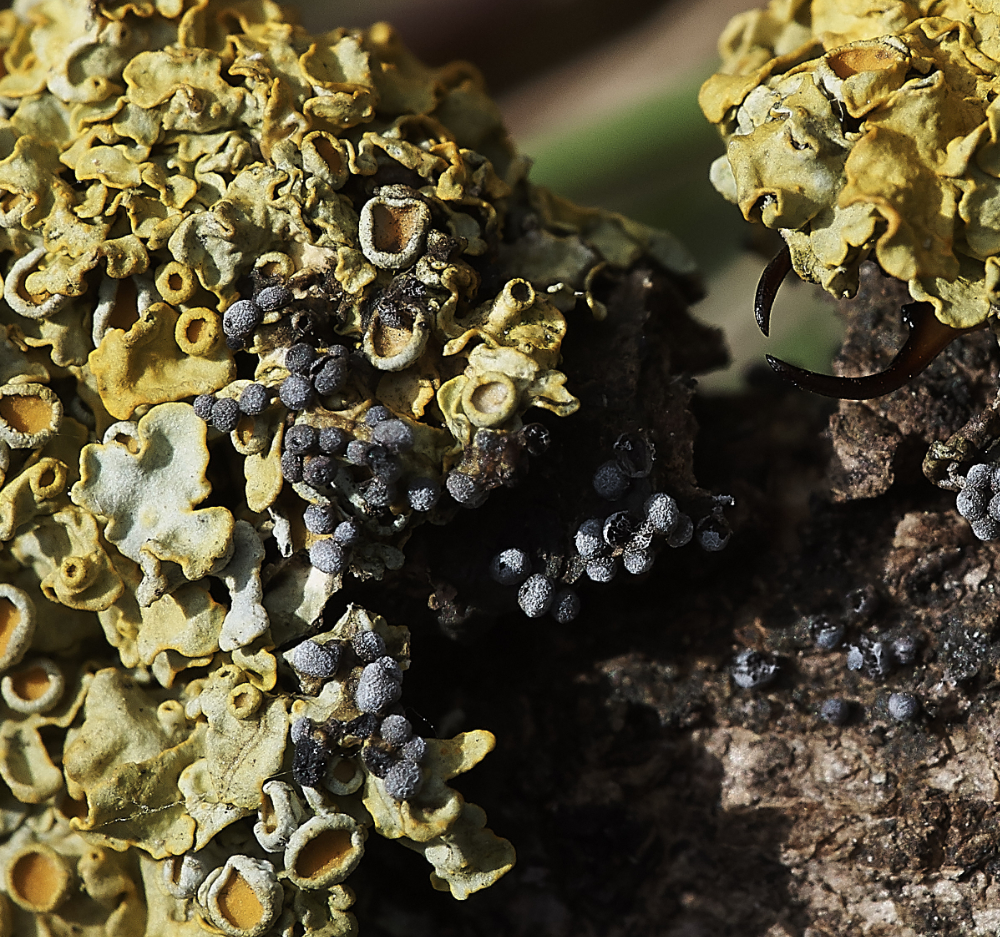
Slime Mold Sp ? on Maritime Sunburst Lichen (Xanthoria parietina)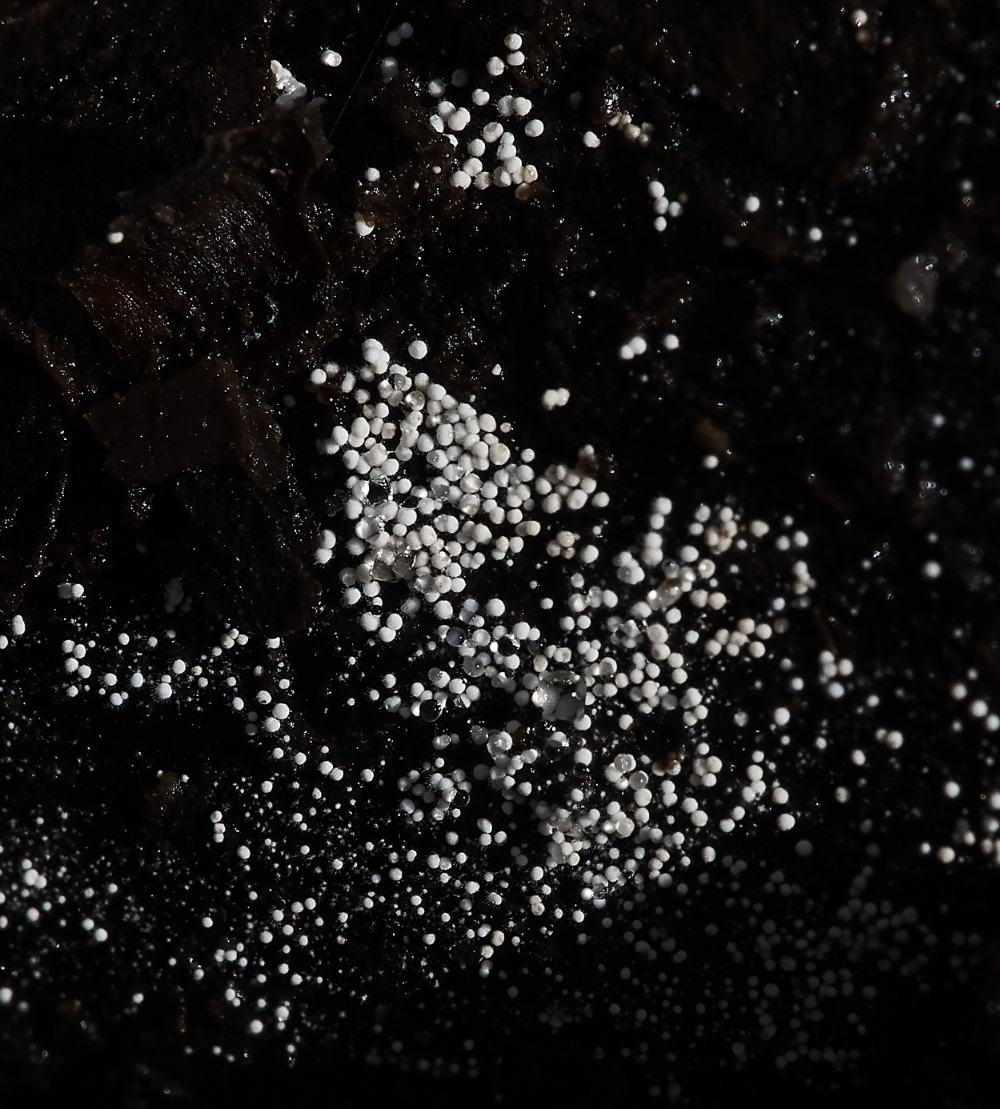
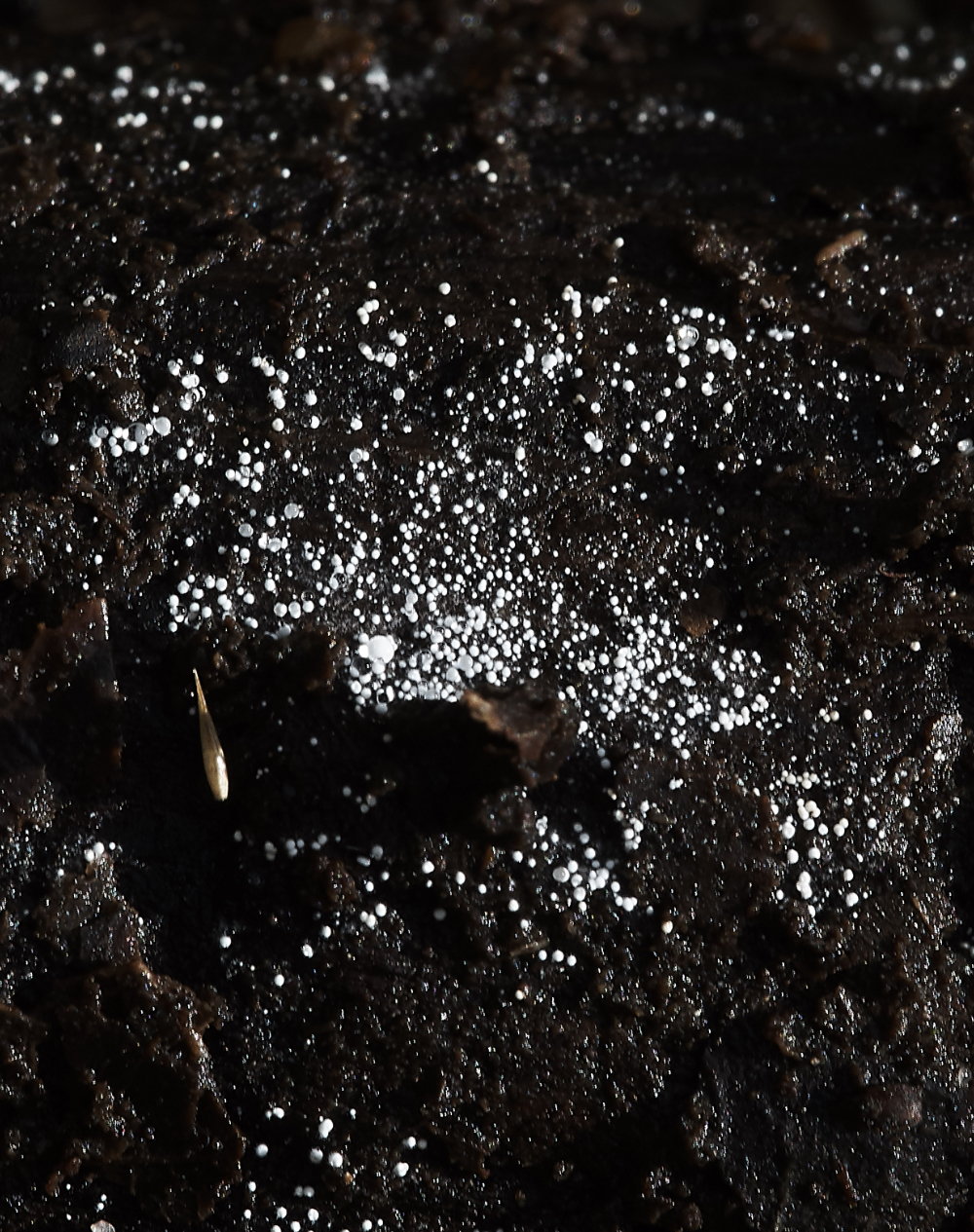
Slime Mold Sp ?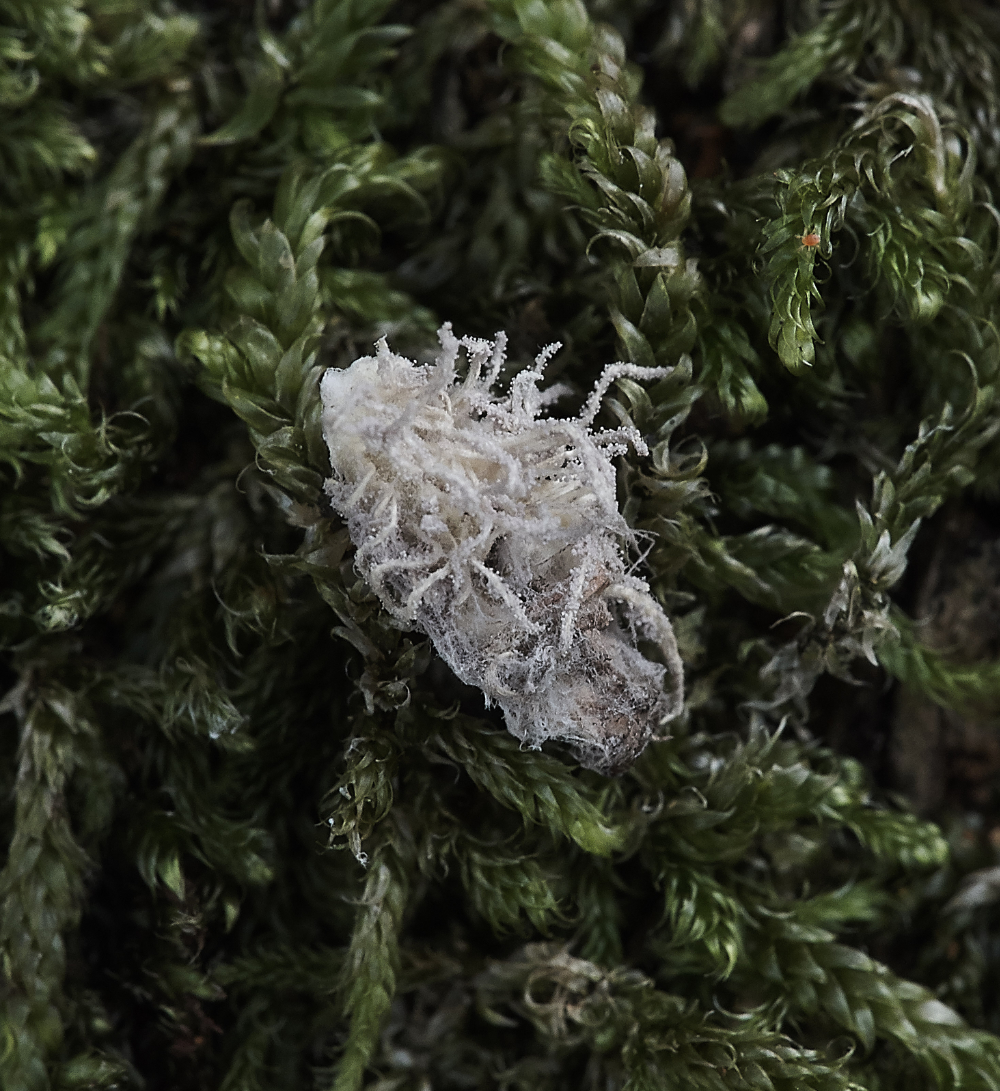
Fungi Sp ? on dead spider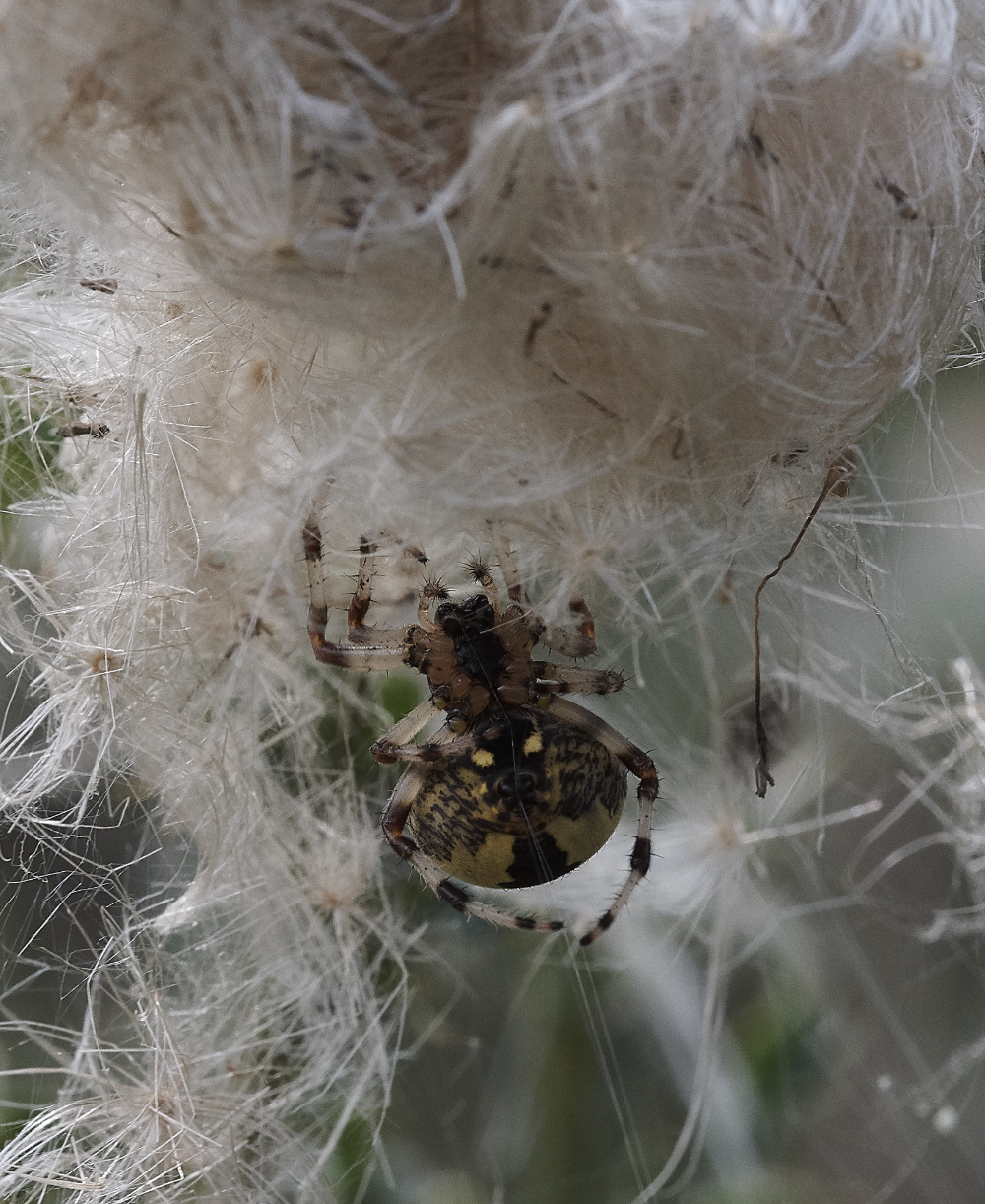
Spider Sp ?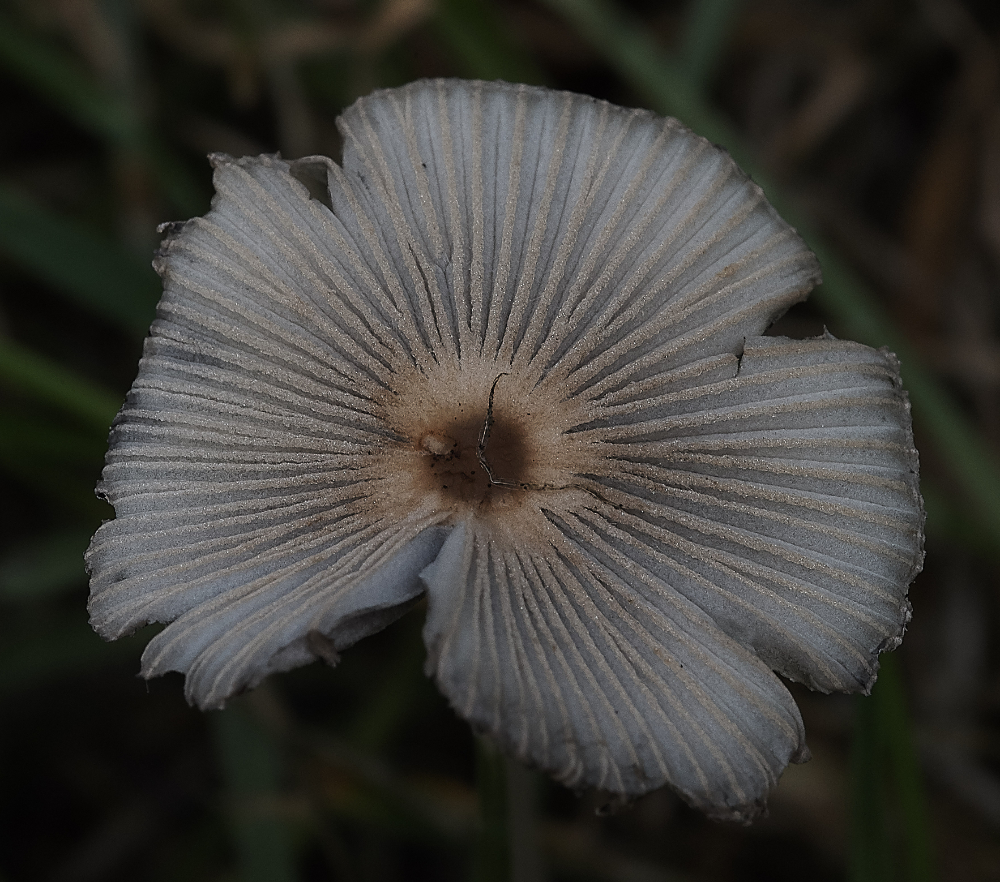
?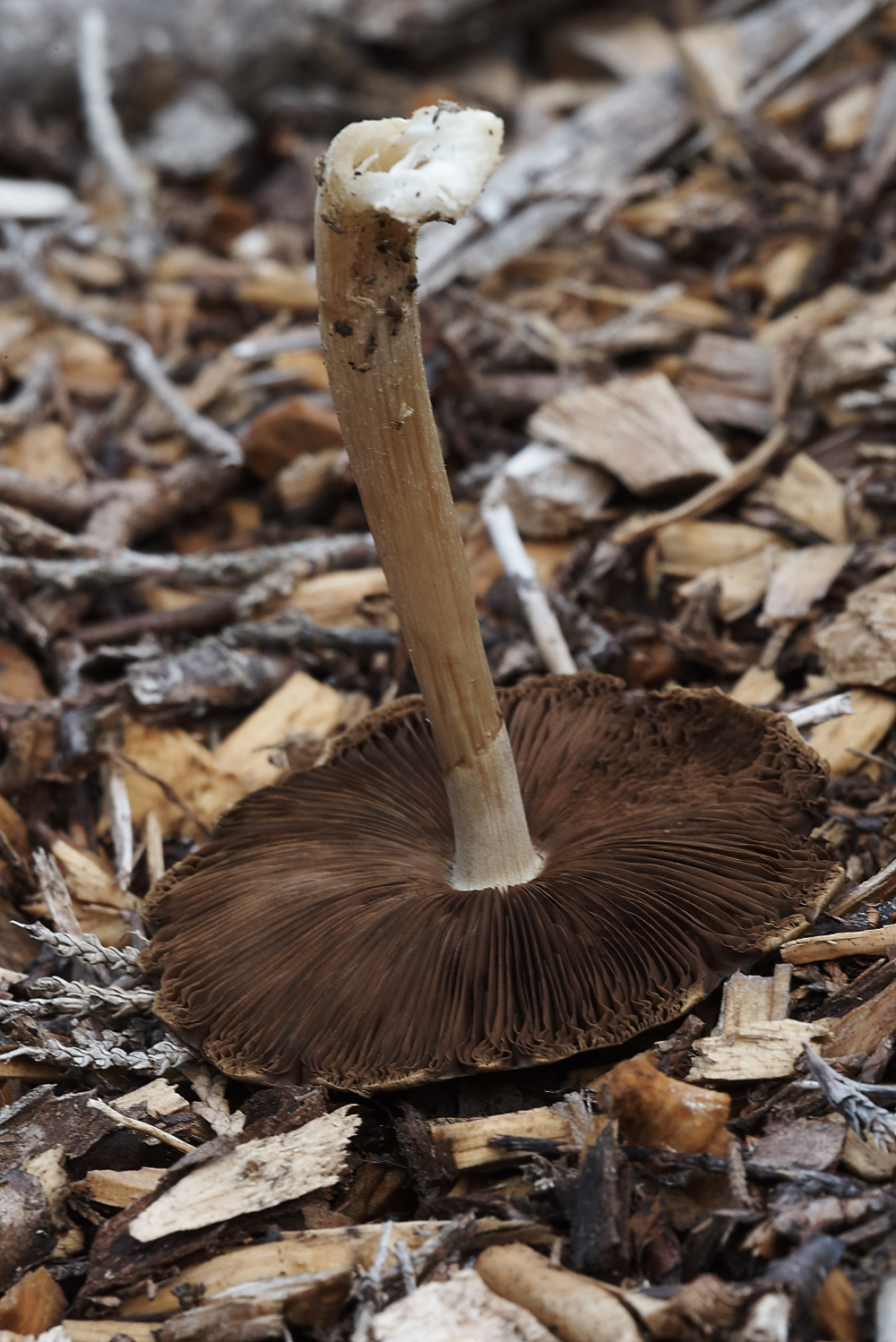

?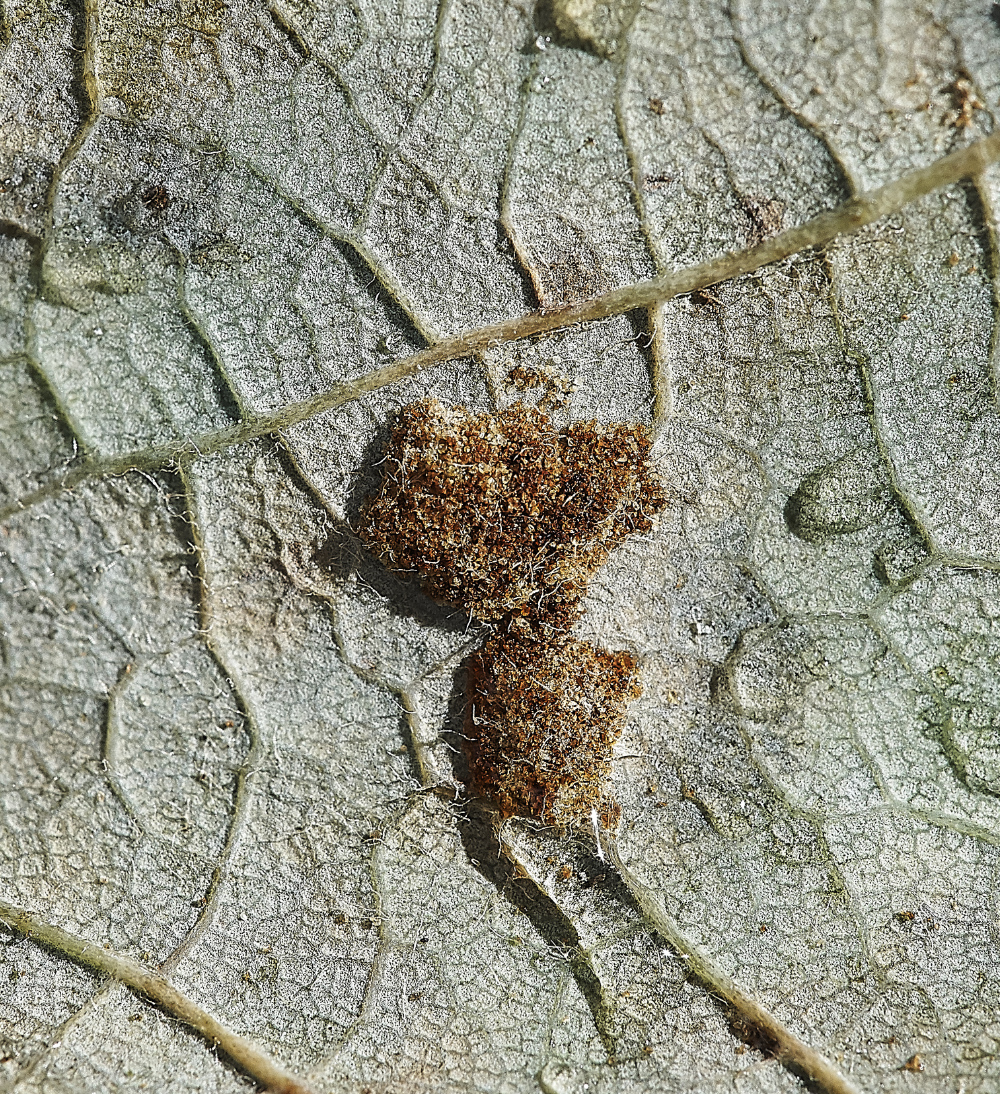
Rust Sp ? on Sycamore
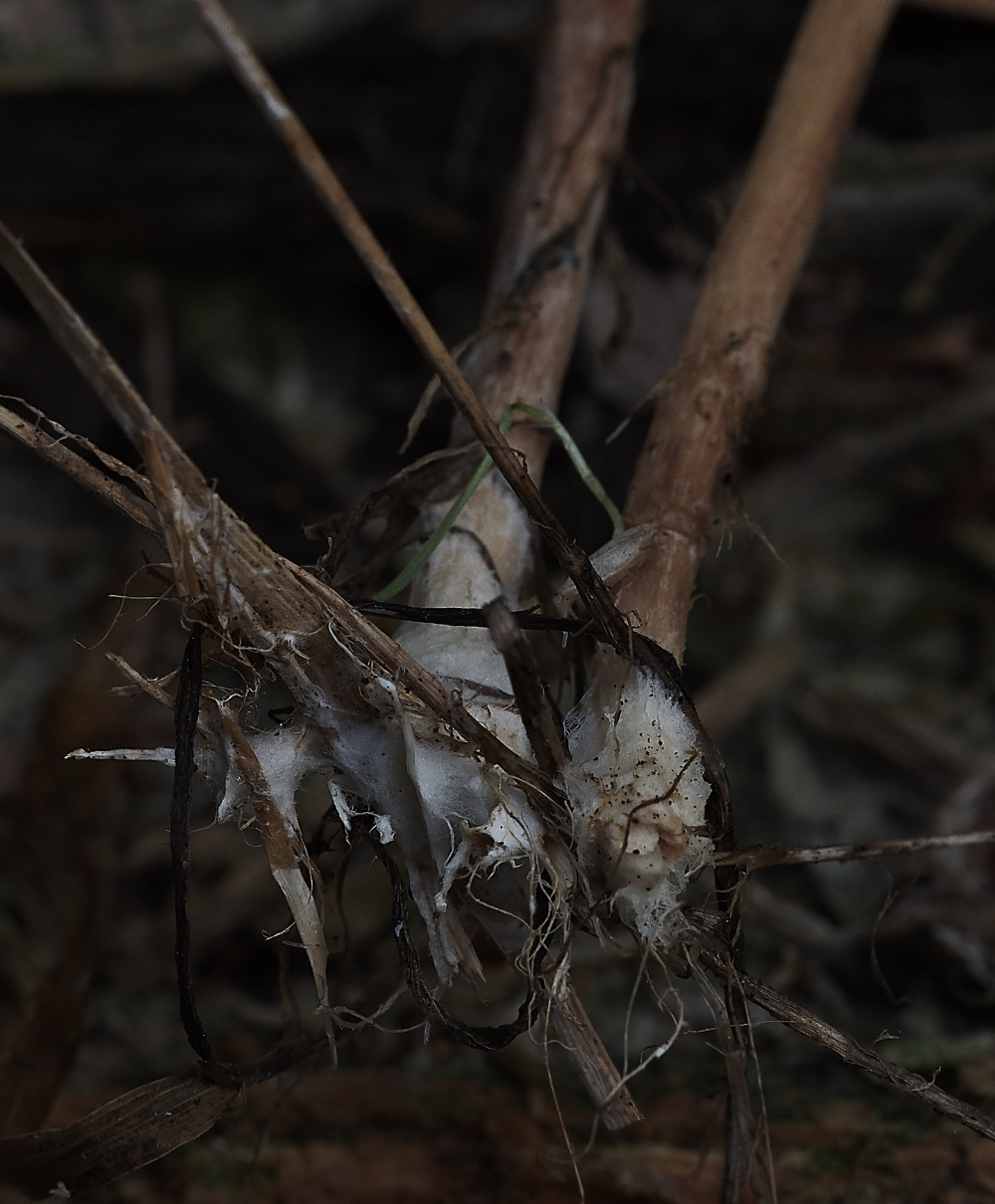
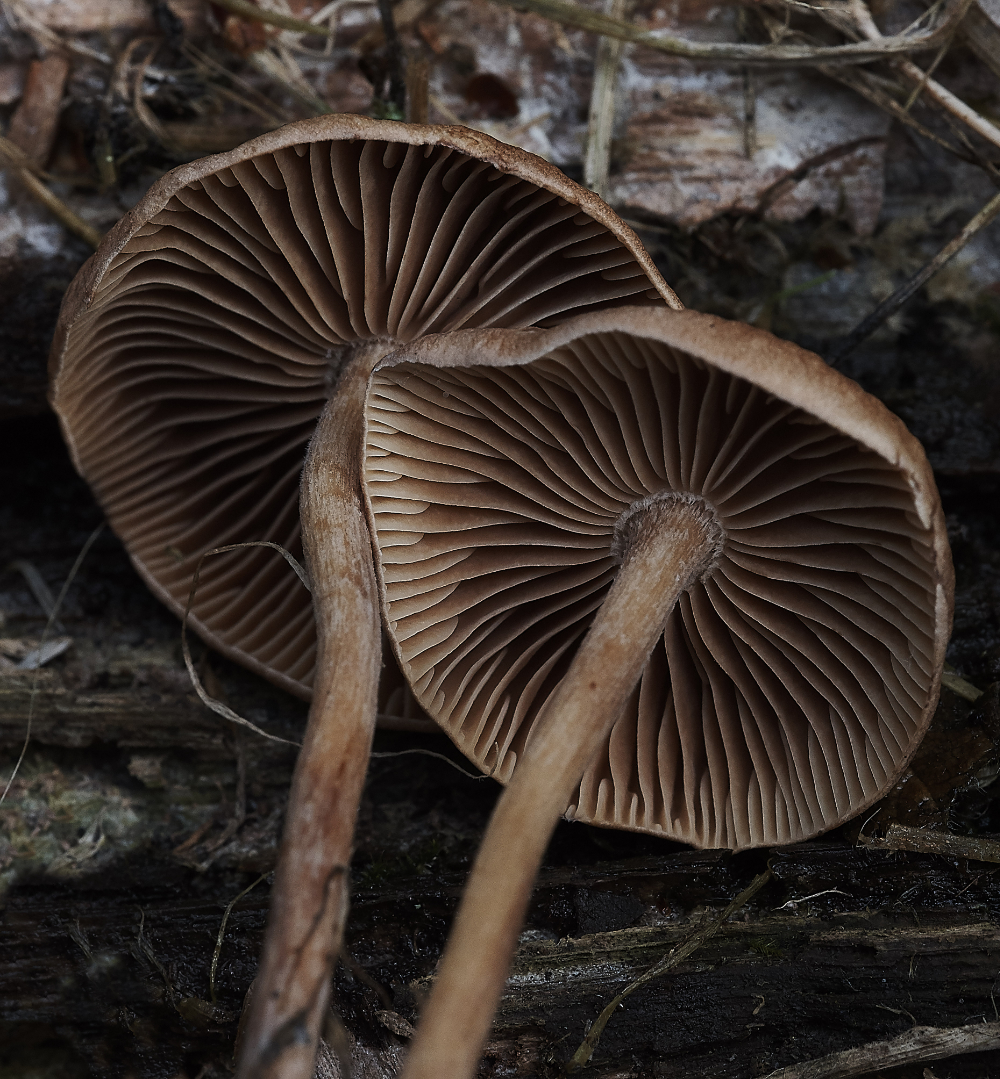
Wood Woolly Foot Fungus (Gymnopus peronatus)
Cley
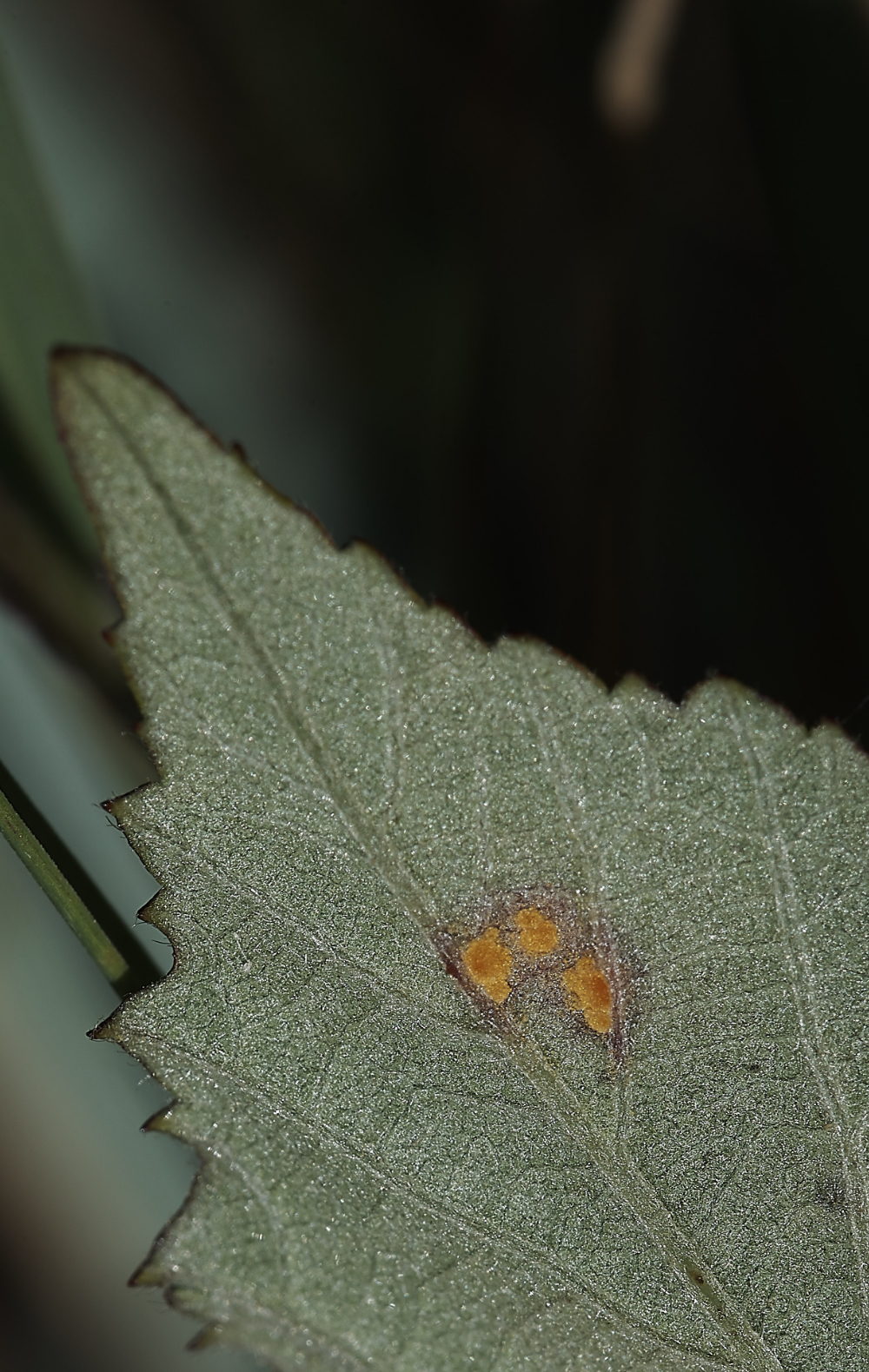
Violet Bramble Rust (Phragmidium violaceum)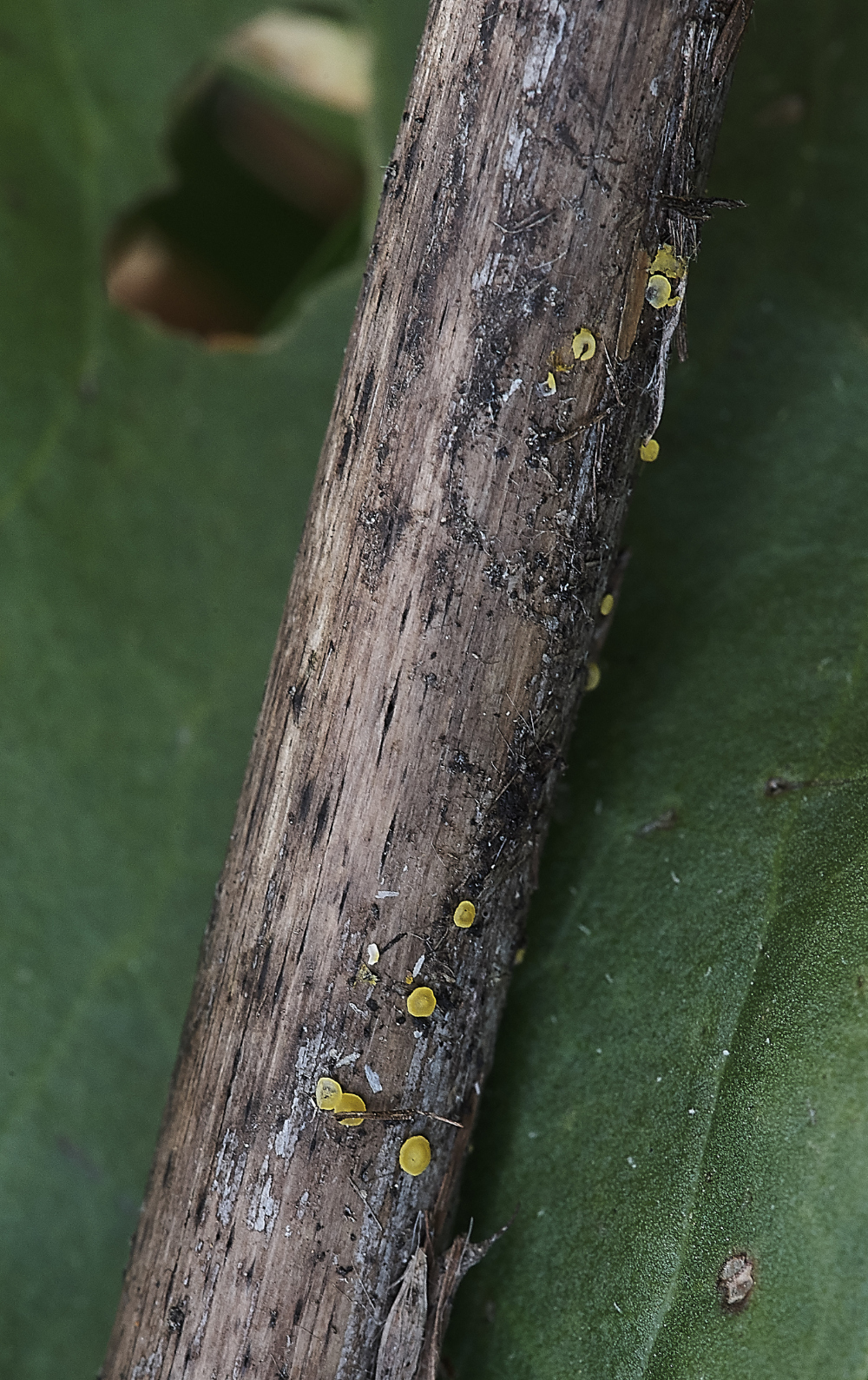
Lemon Discos (Bisporella citrina)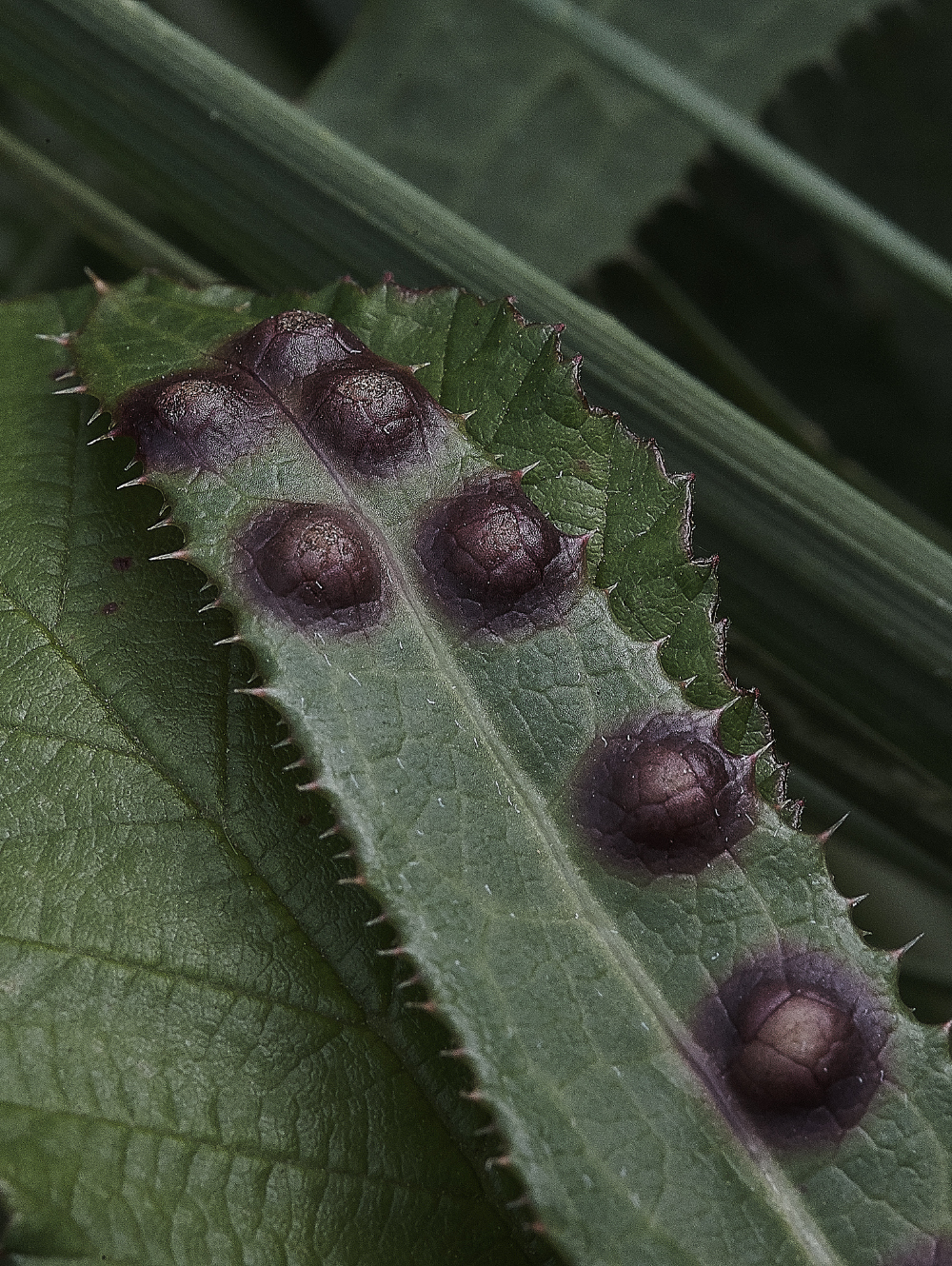
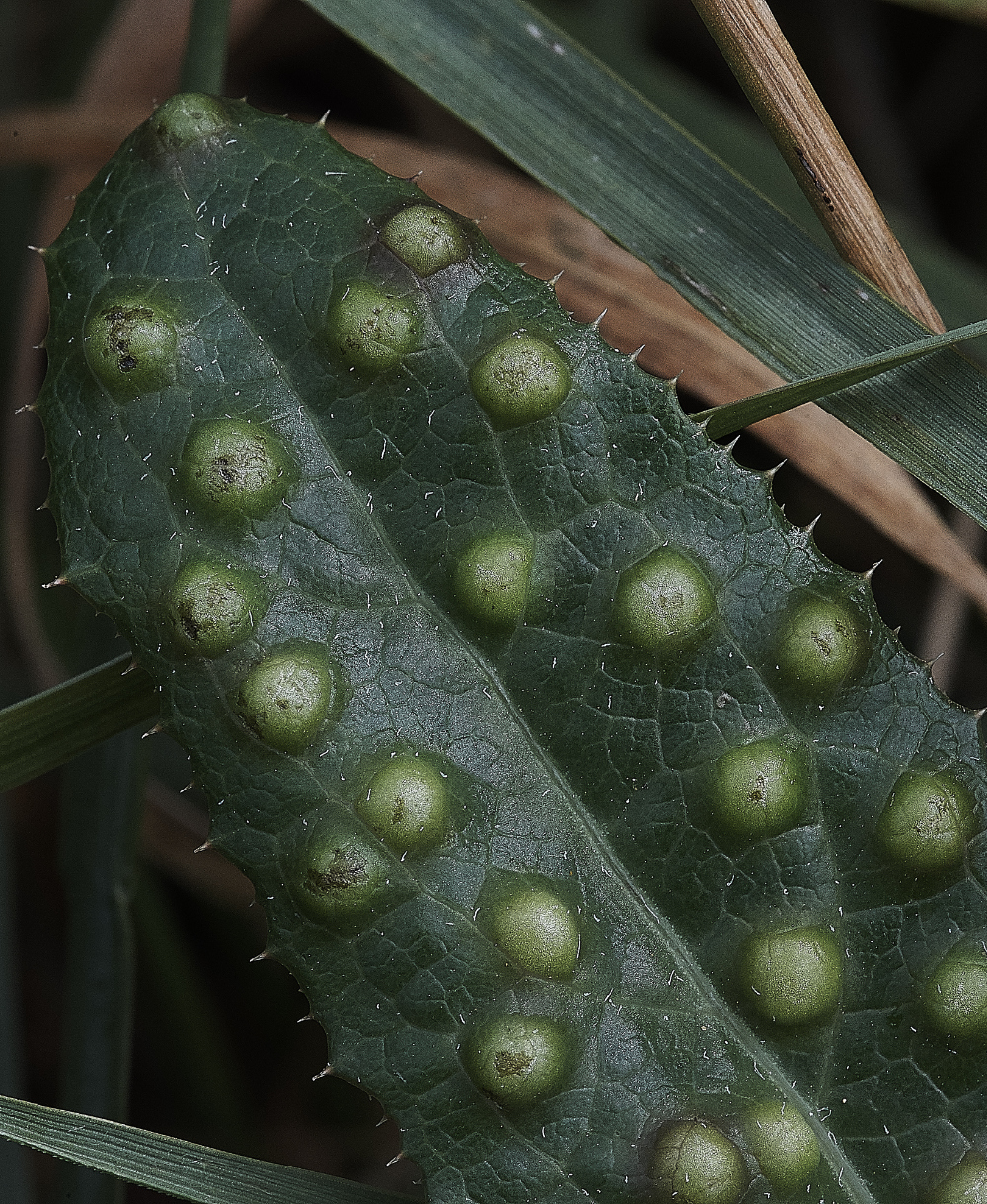
Midge Gall on Perennial Sowthistle (Sonchus arvensis)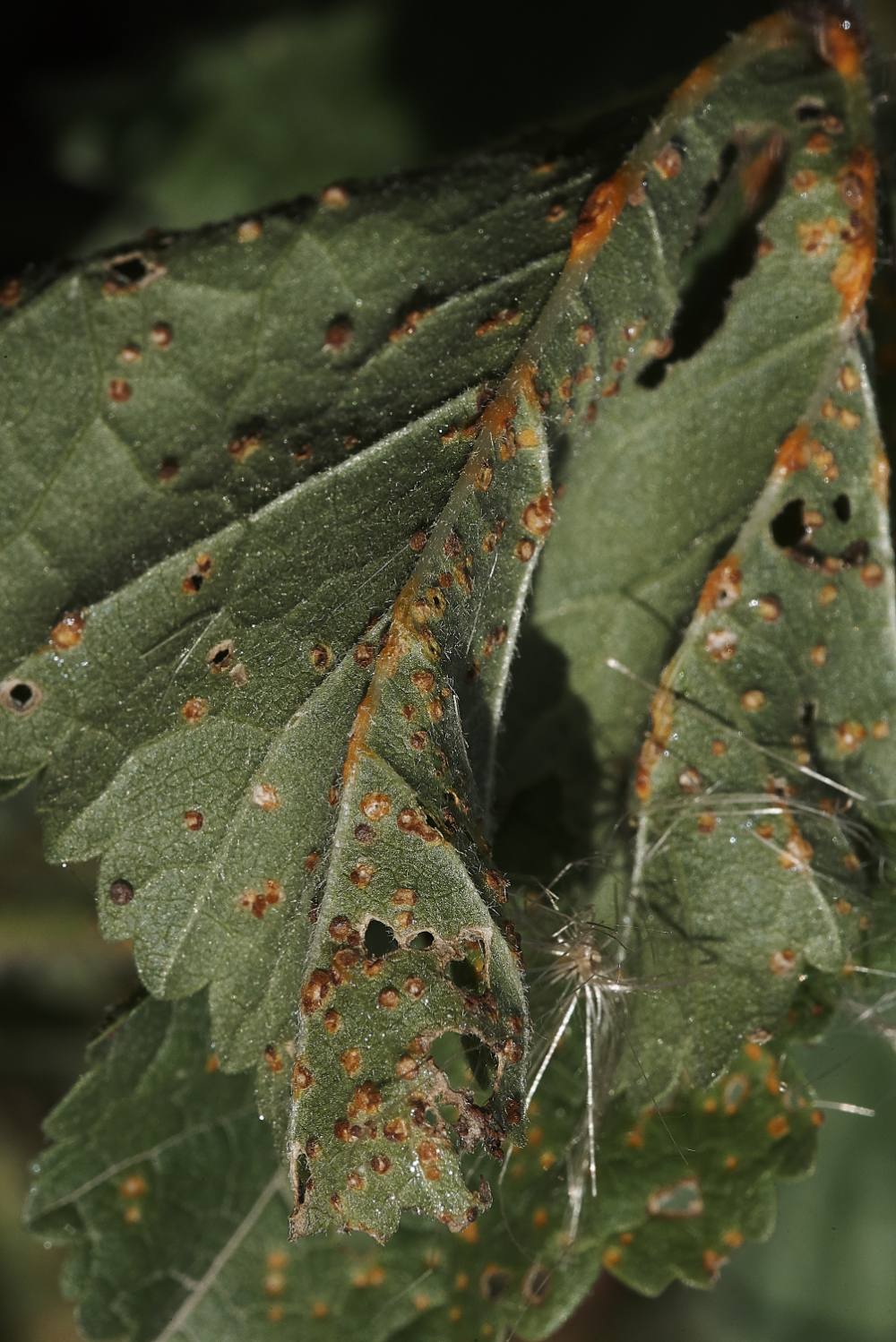
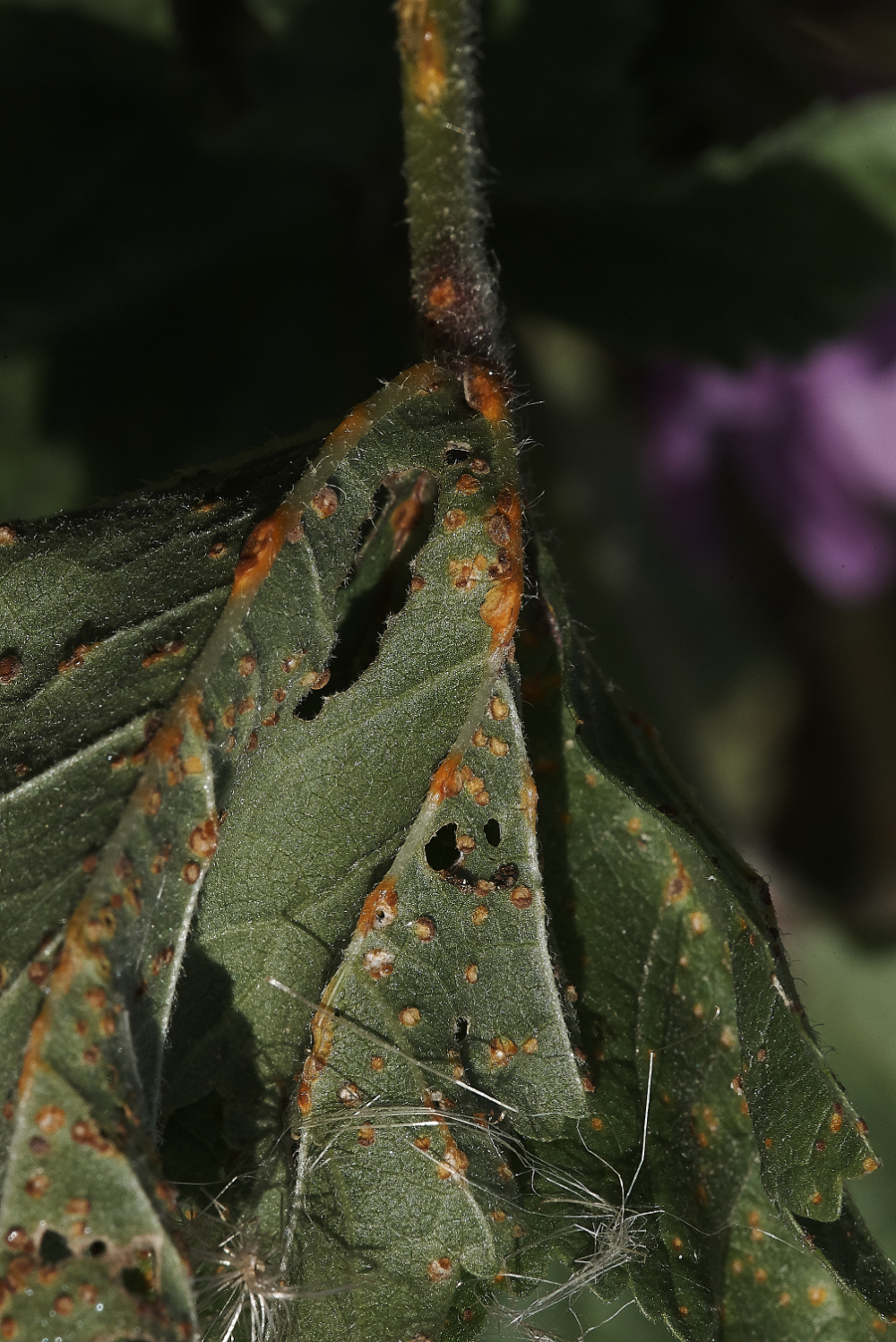
Hollyhock Rust on Mallow (Puccinia malvacearum)
There are two here - one of the leaf and one on the veins. The Hollyhock rust is the one on the leaf. Not sure of the other.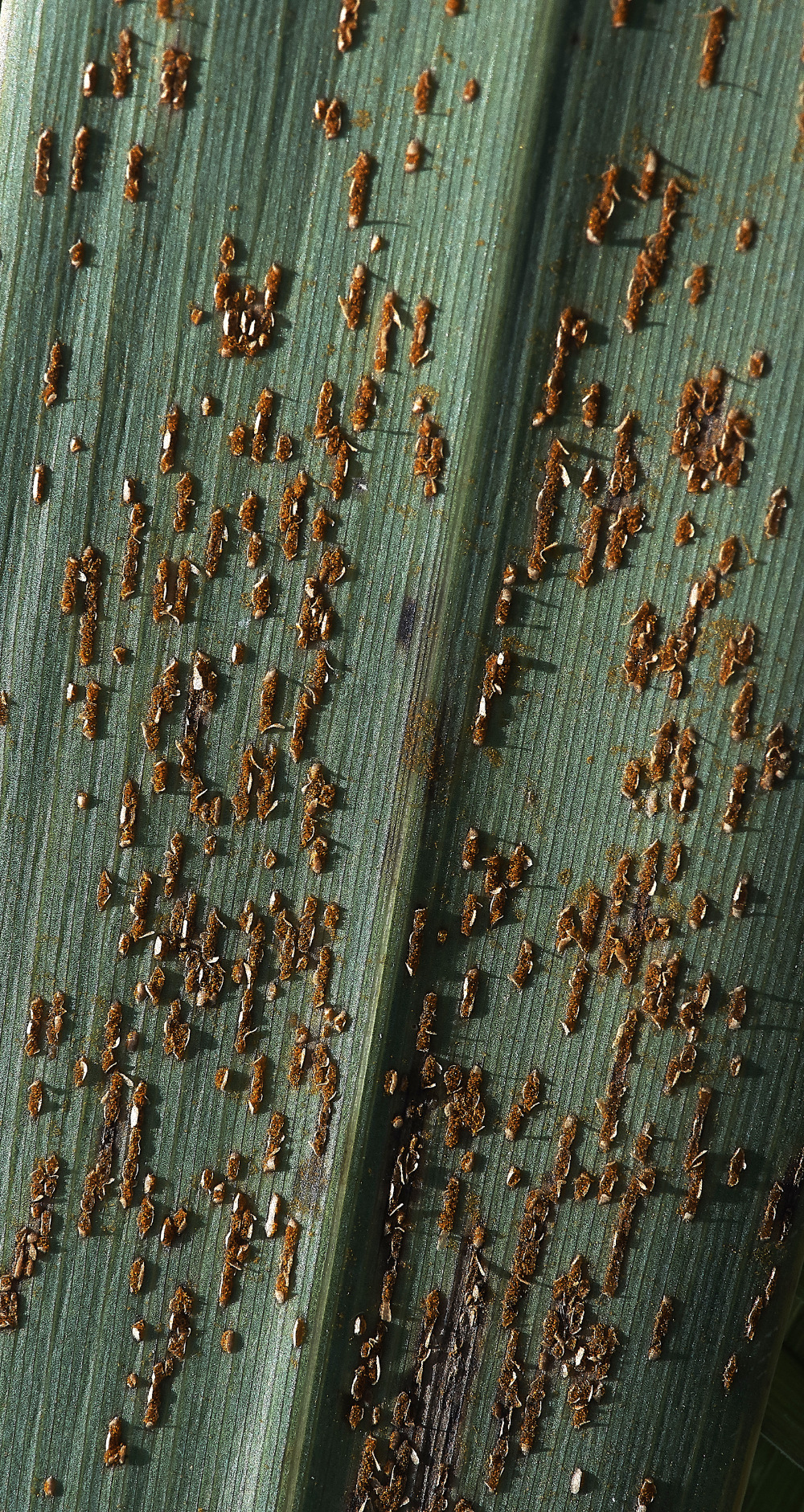
Rust on Phragmites Leaf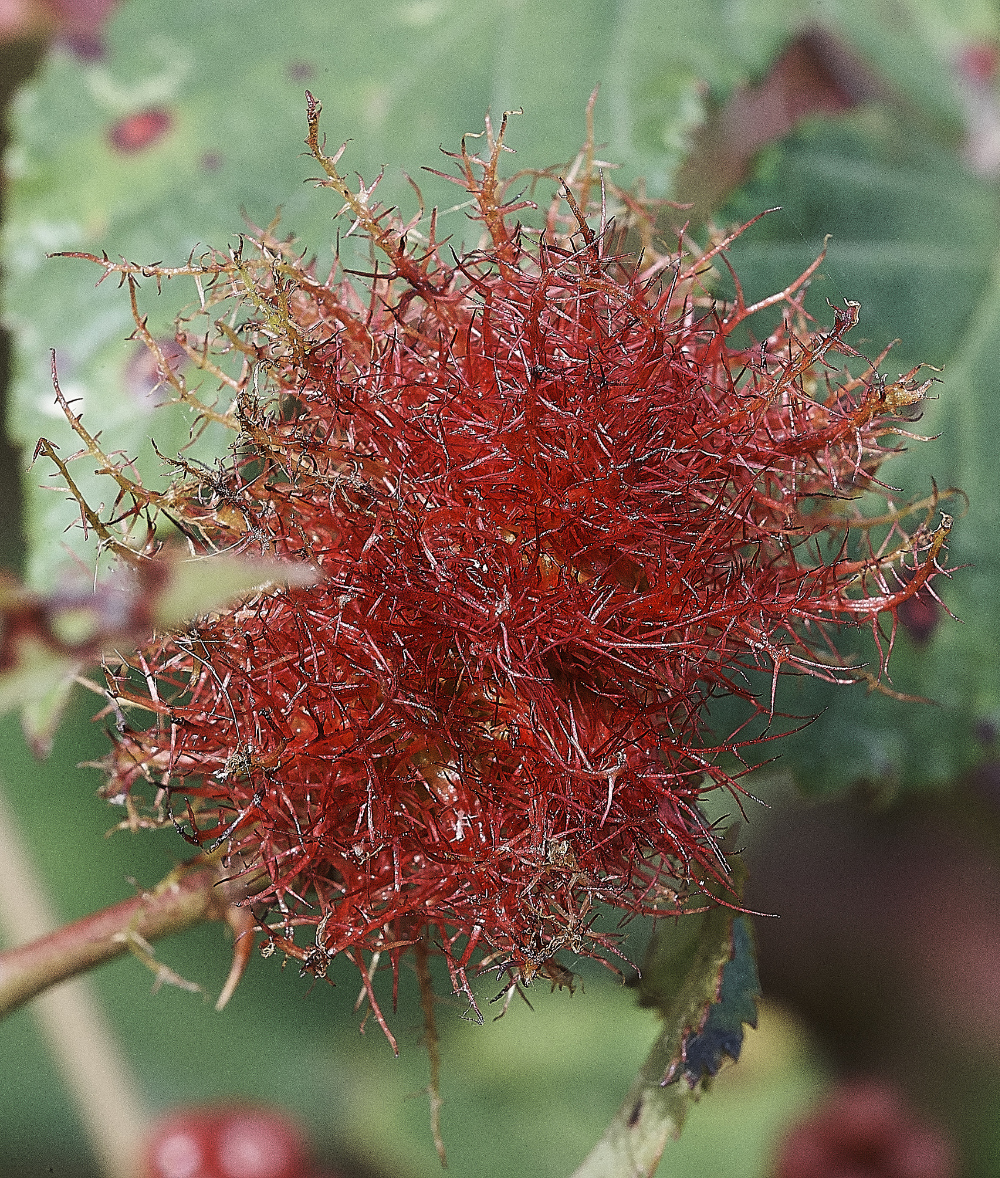
Robin's Pincushion (Bedeguar Gall) (Dipoloepis rosae)
The Robin's pincushion (also known as the 'Bedeguar Gall') is a gall caused by the larvae of a tiny gall wasp, Dipoloepis rosae. The gall is widespread and common, and can be found developing on the stems of Dog-roses during late summer; it acquires its reddish colour as it matures in autumn. Each gall holds many grubs, which feed on the gall tissues throughout the winter and emerge in spring as adults. The adults reproduce asexually and only a tiny number are male.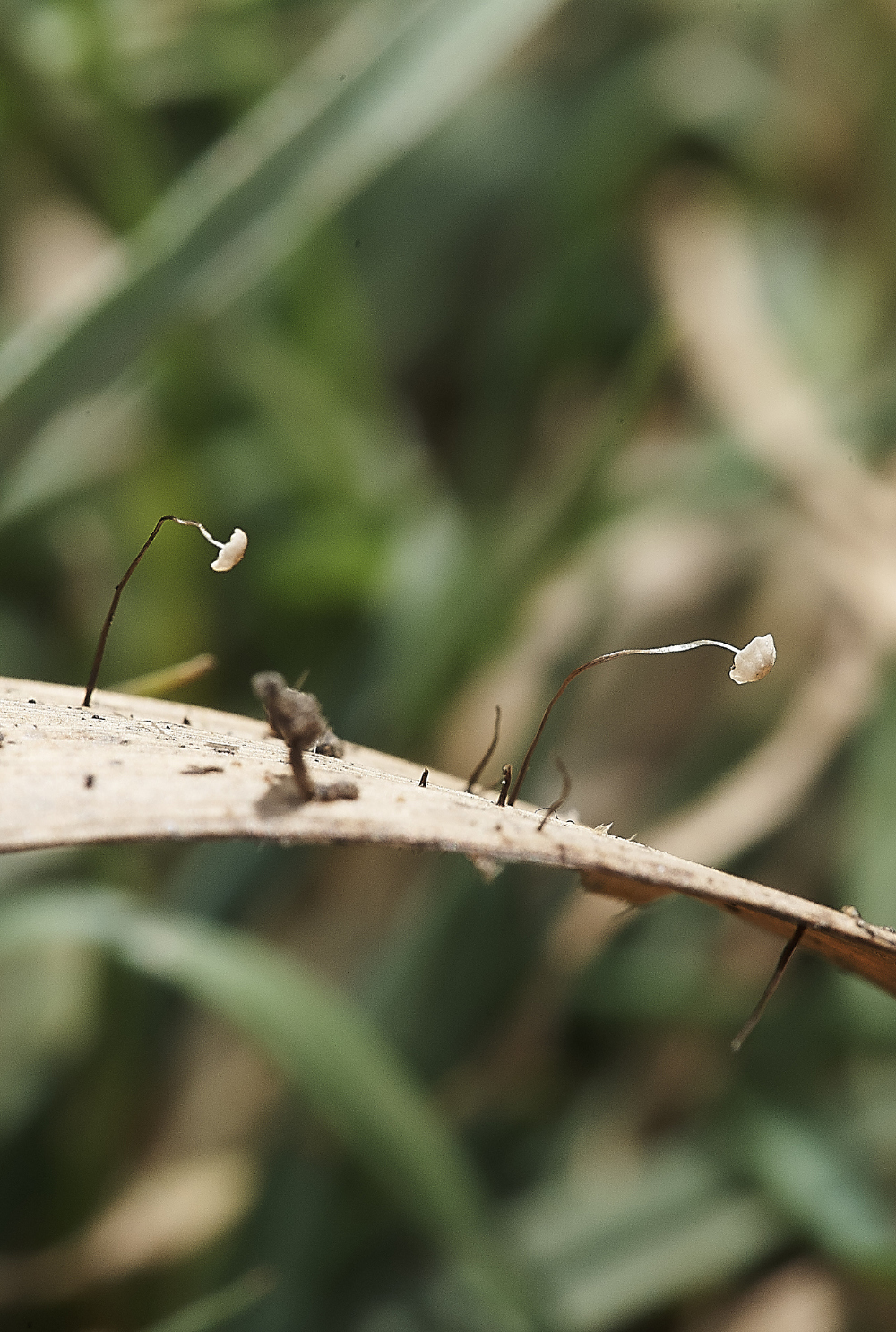
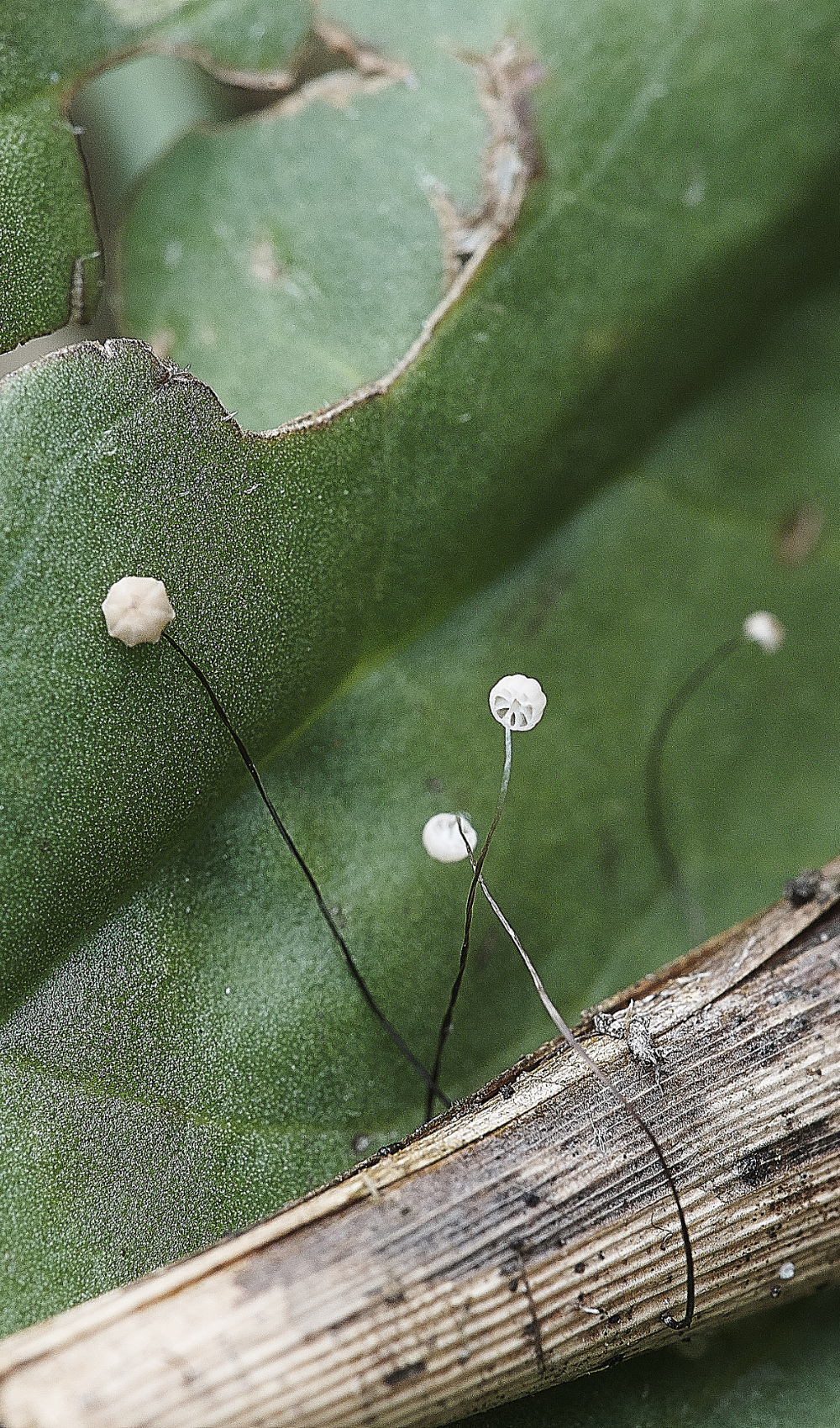
Tiny delicate fungi on a Reed Leaf
Stubble Rosegill (Volvopluteus gloiocephalus)
from
First Nature
Volvopluteus, the genus name, is a reference to the volva formed around the stem base by the remnants of the membranous universal veil which covers emerging fruitbodies, and its relationship with another pink-spored genus the shield mushrooms, Pluteus species. The specific epithet gloiocephalus comes from the Greek words gloio, meaning glue or glutinous substance, and cephalus, meaning head. Hence gloiocephalus means with a sticky head - a reference to the viscid nature of the surface of caps of the Stubble Rosegill.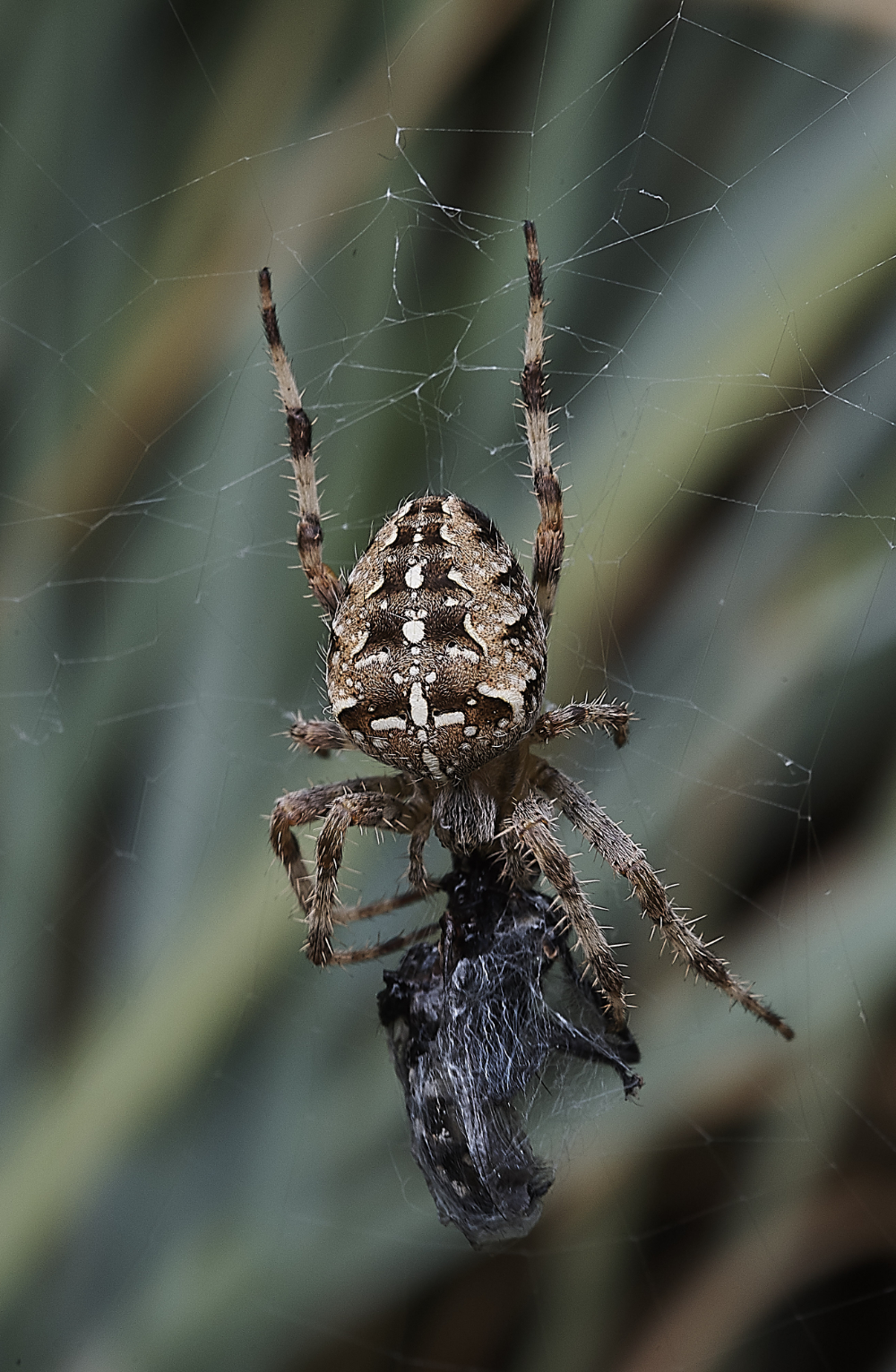
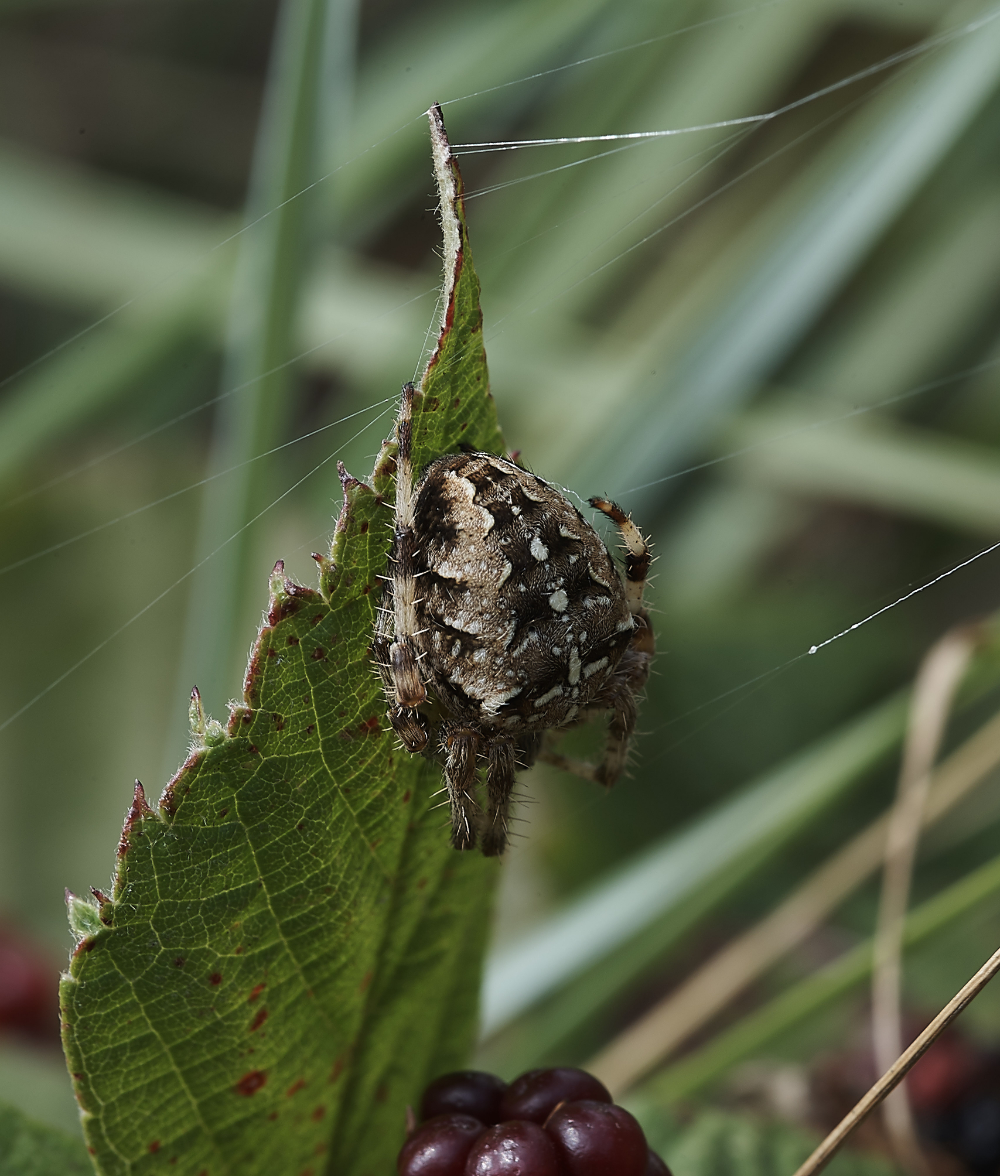
Cross Orb Weaver (Araneus diadematus)
Global Range from iNaturalist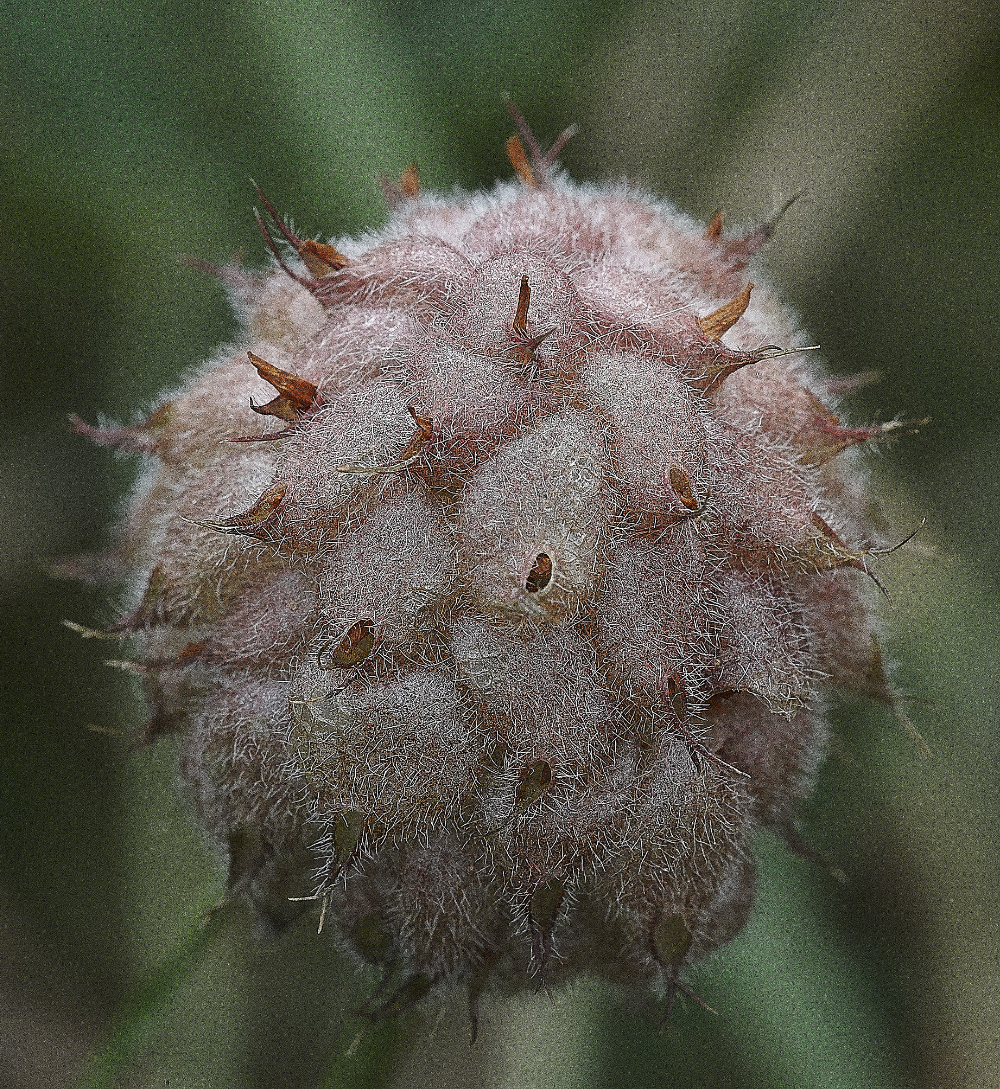
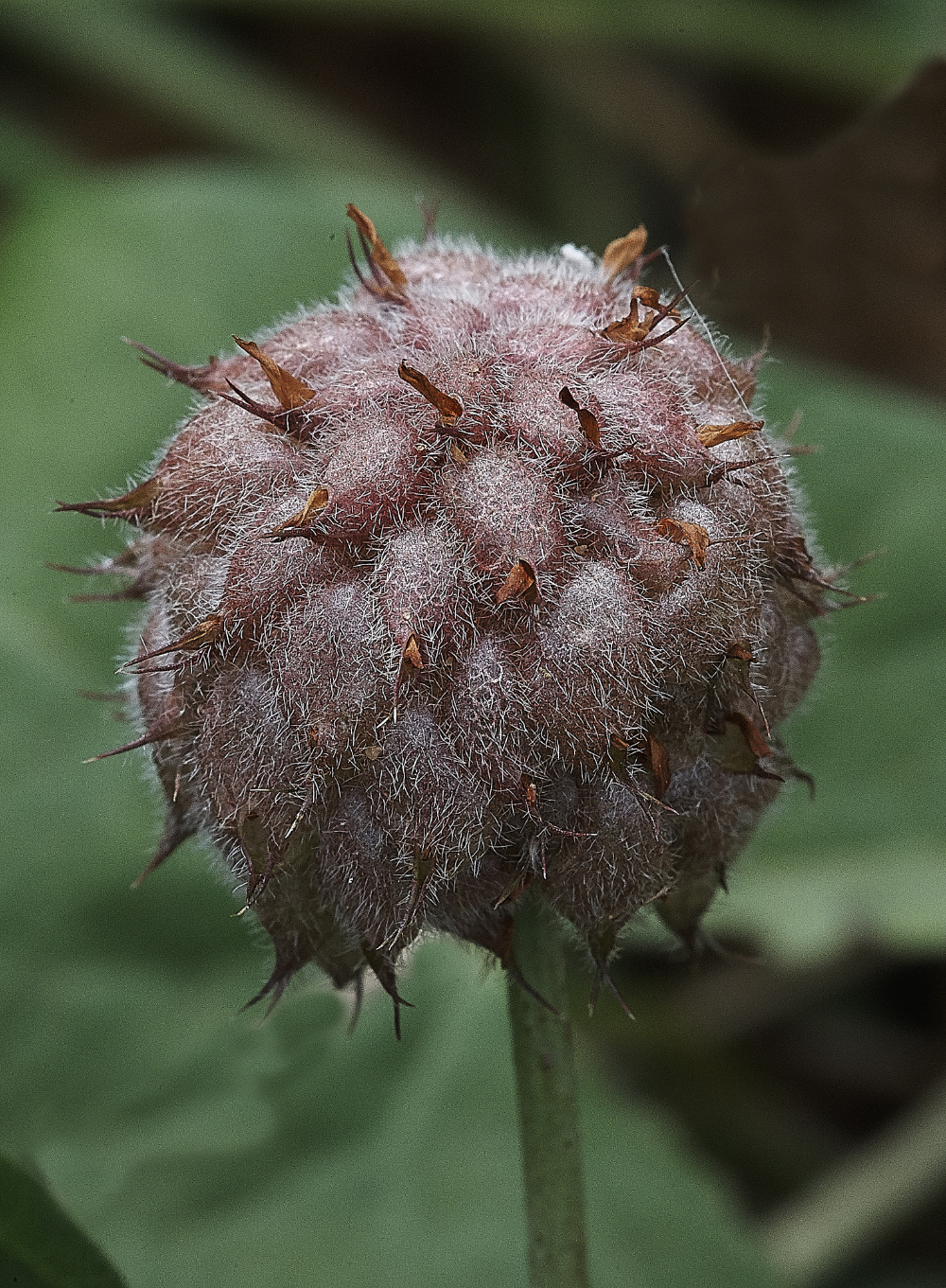
Strawberry Clover (Trifolium fragiferum)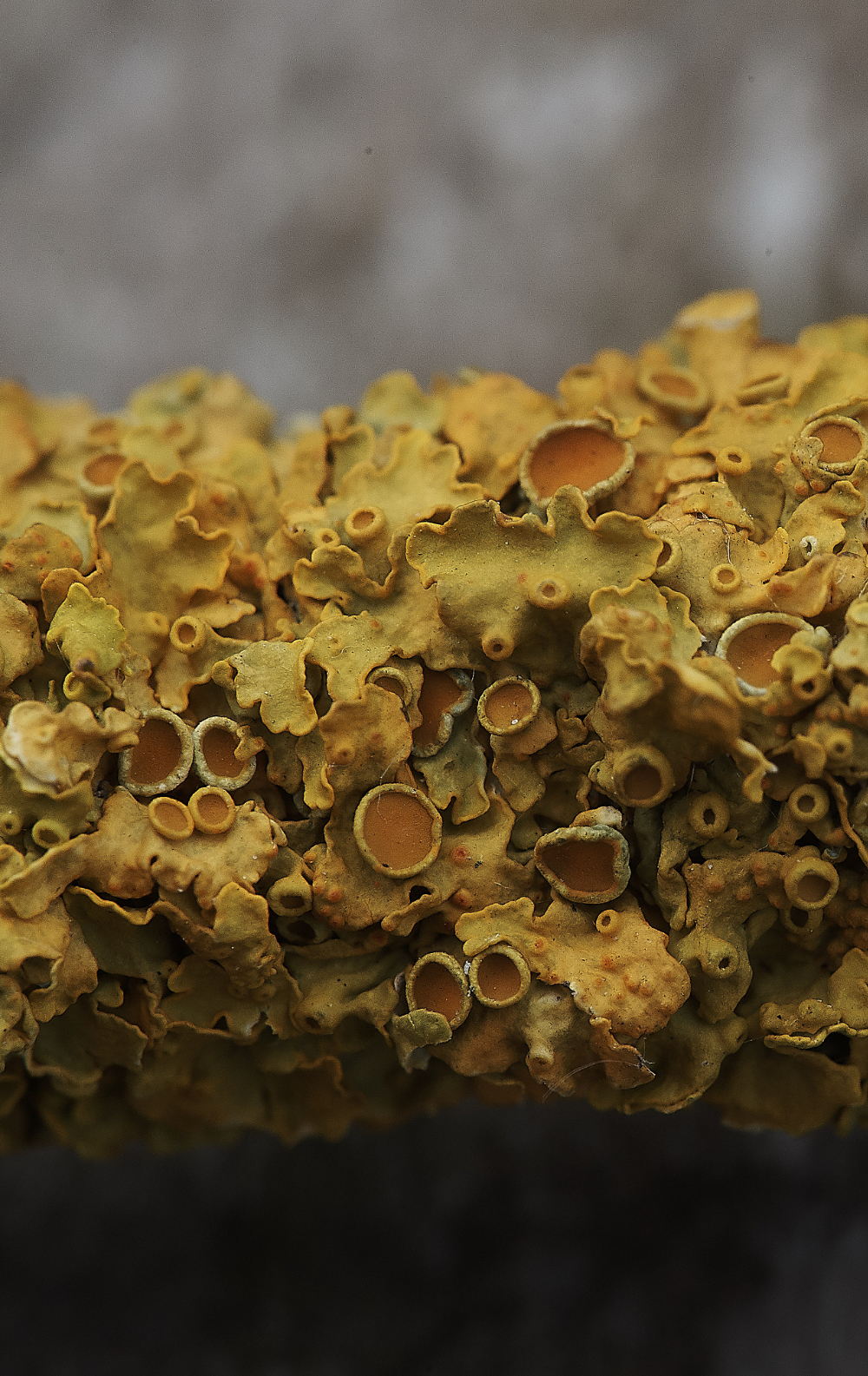
Common Yellow Lichen (Xanthoria parietina)
